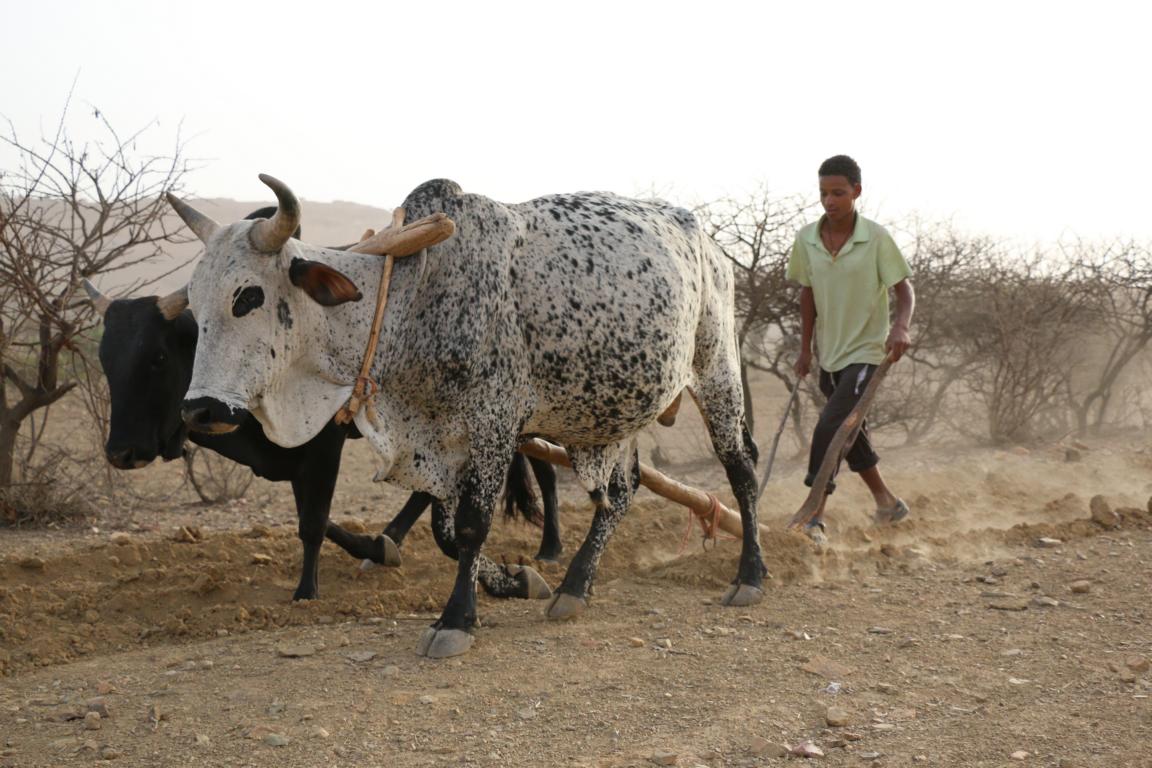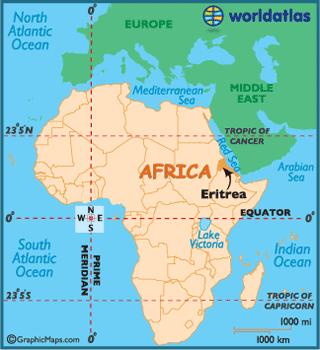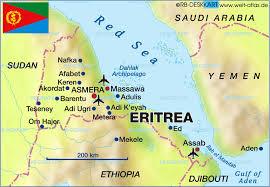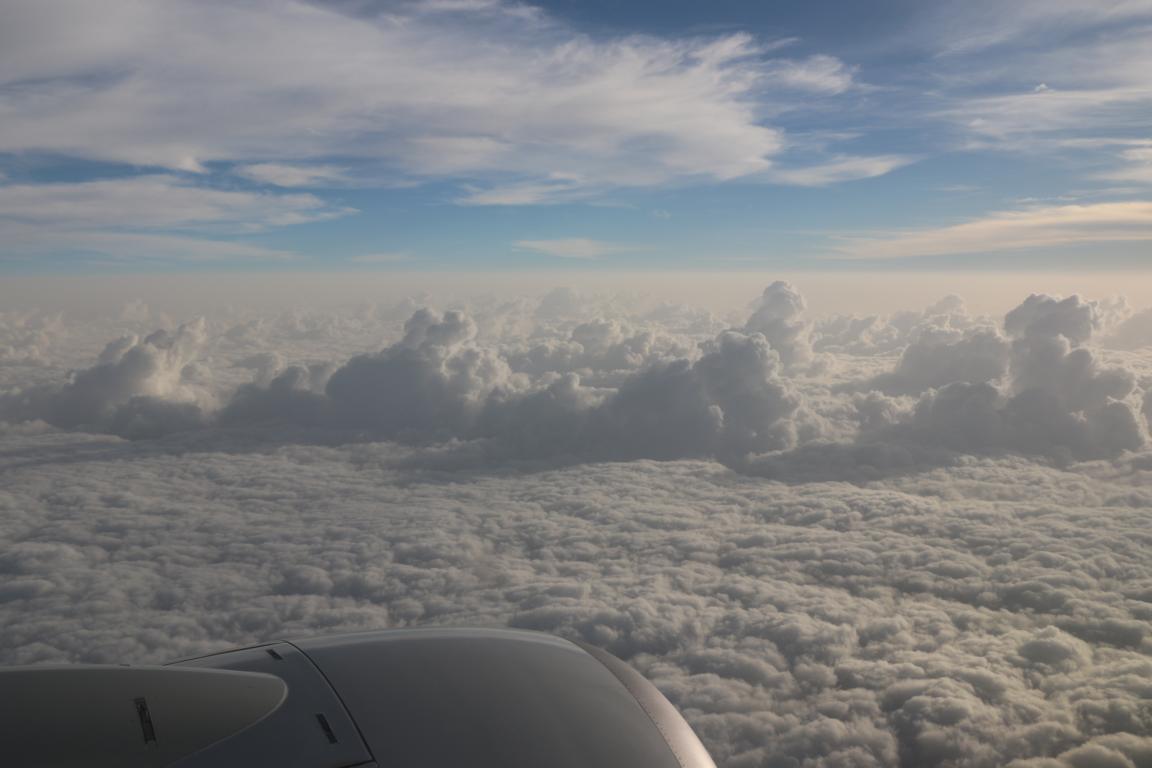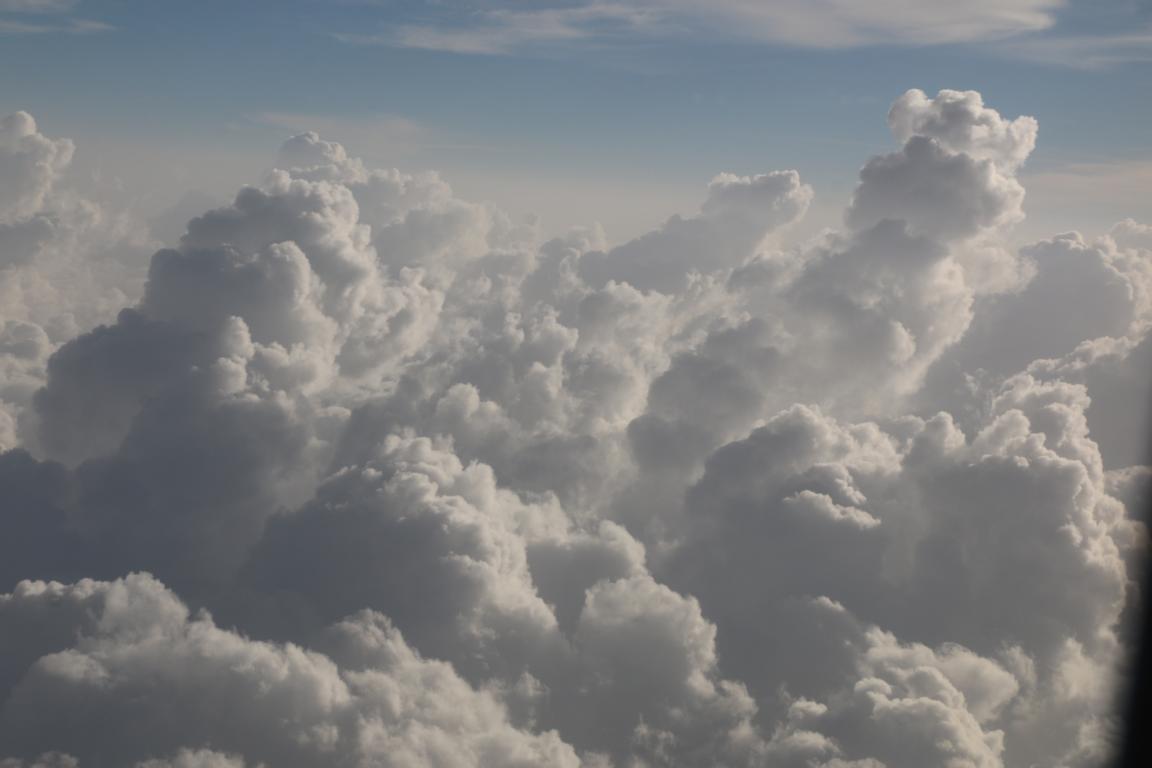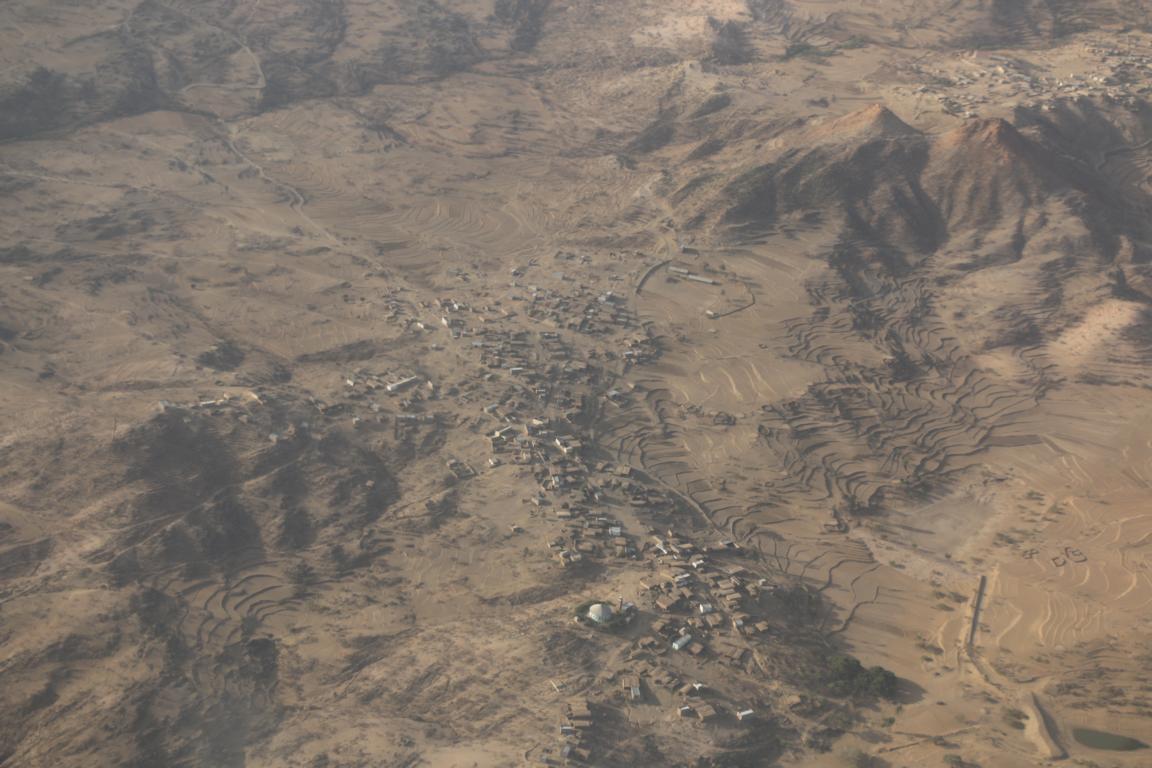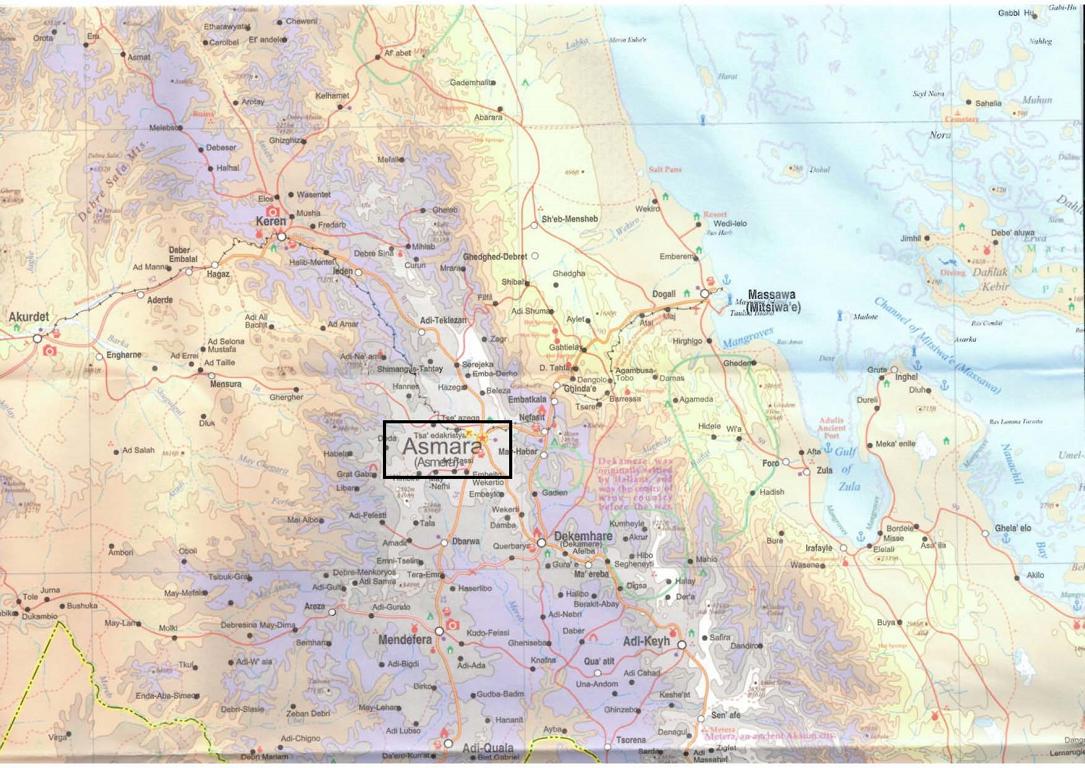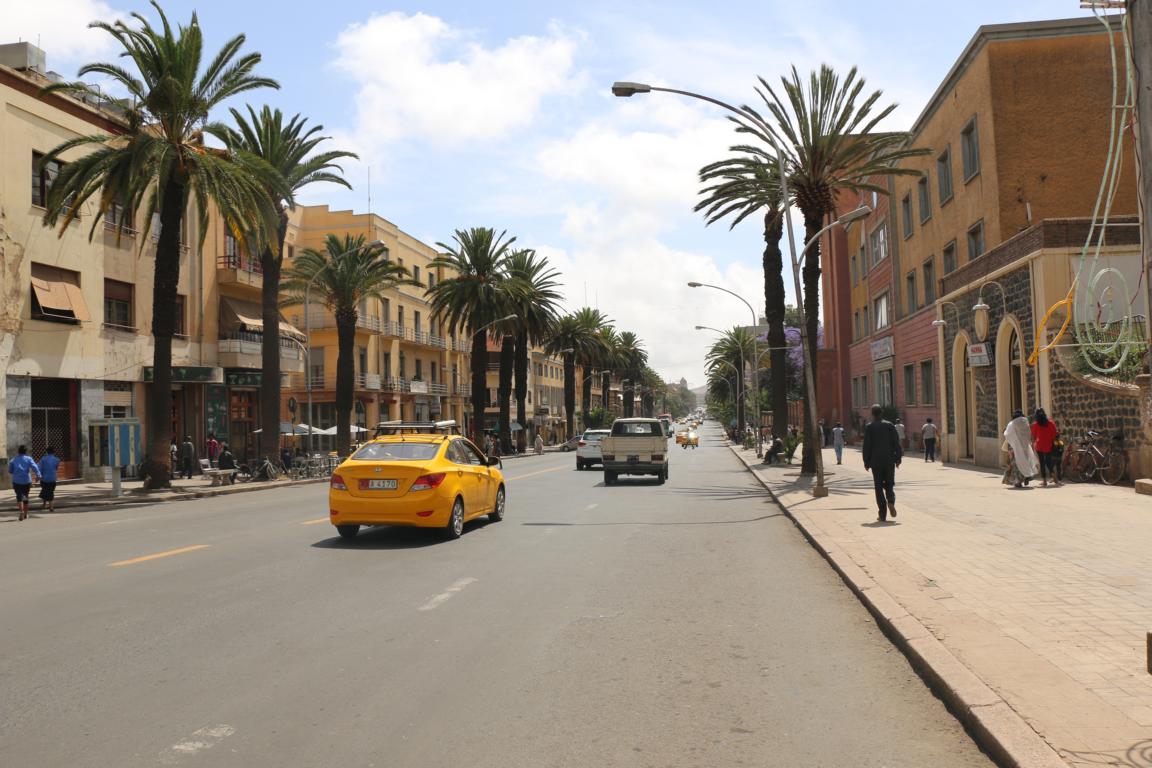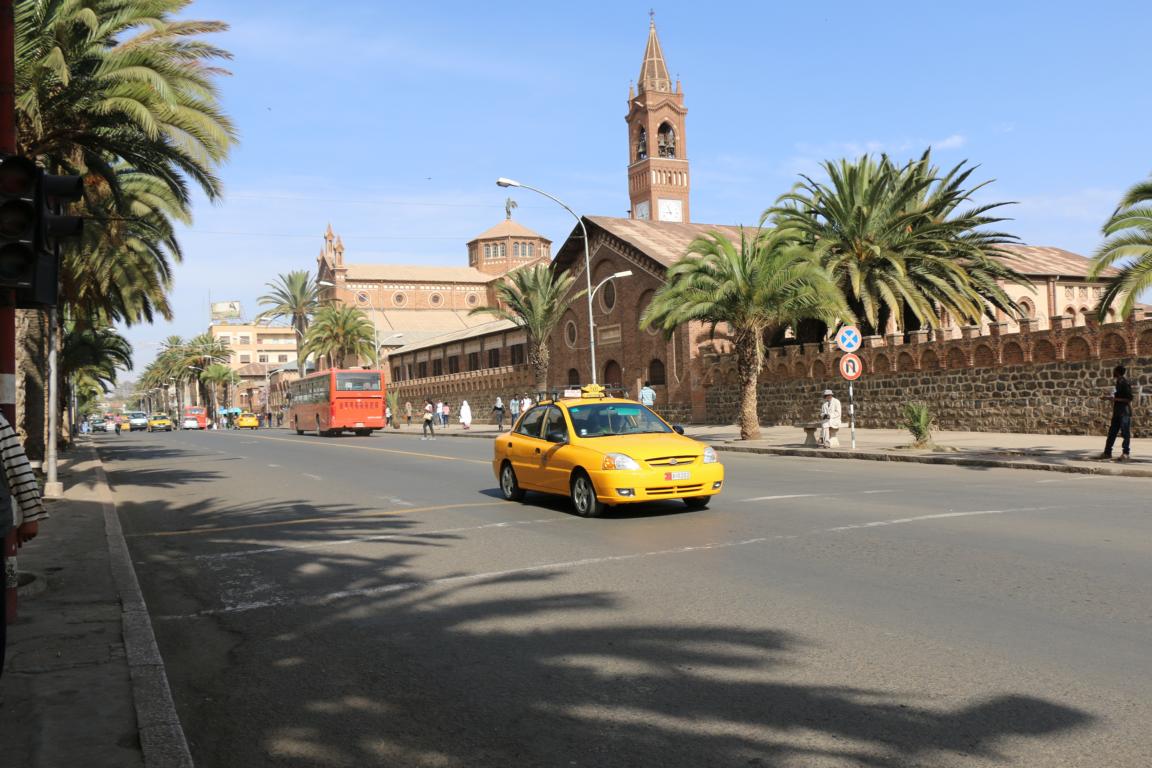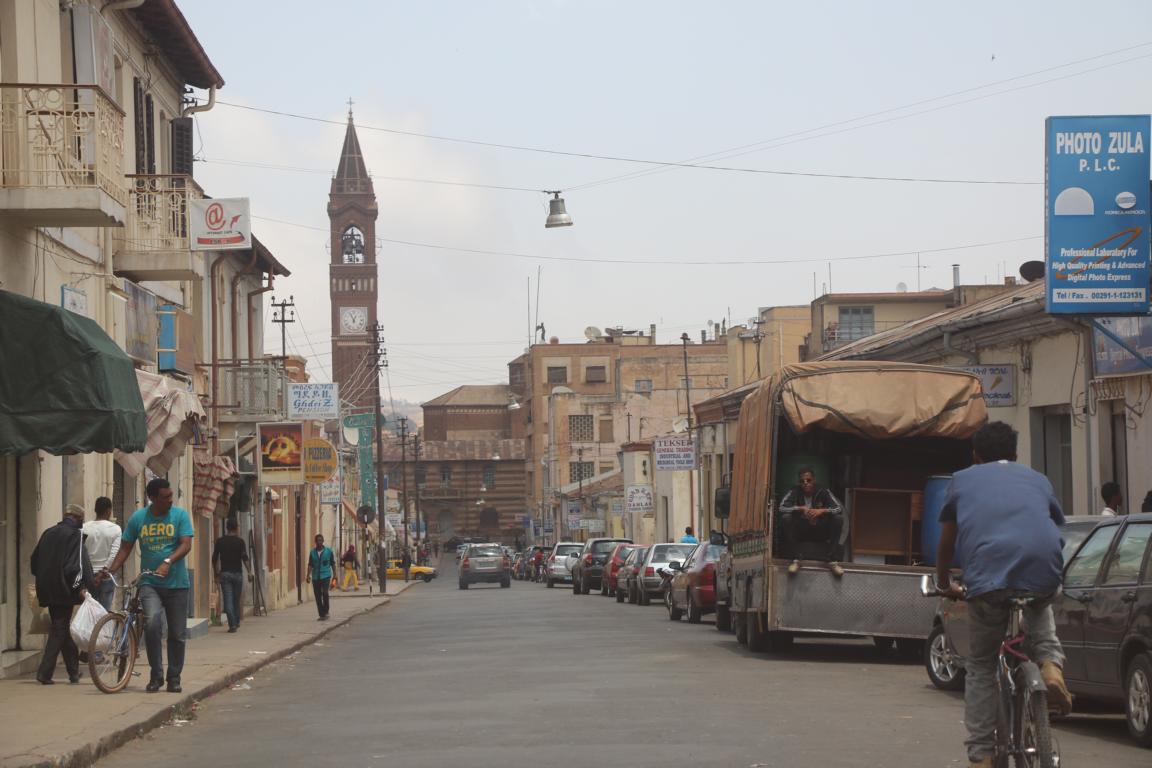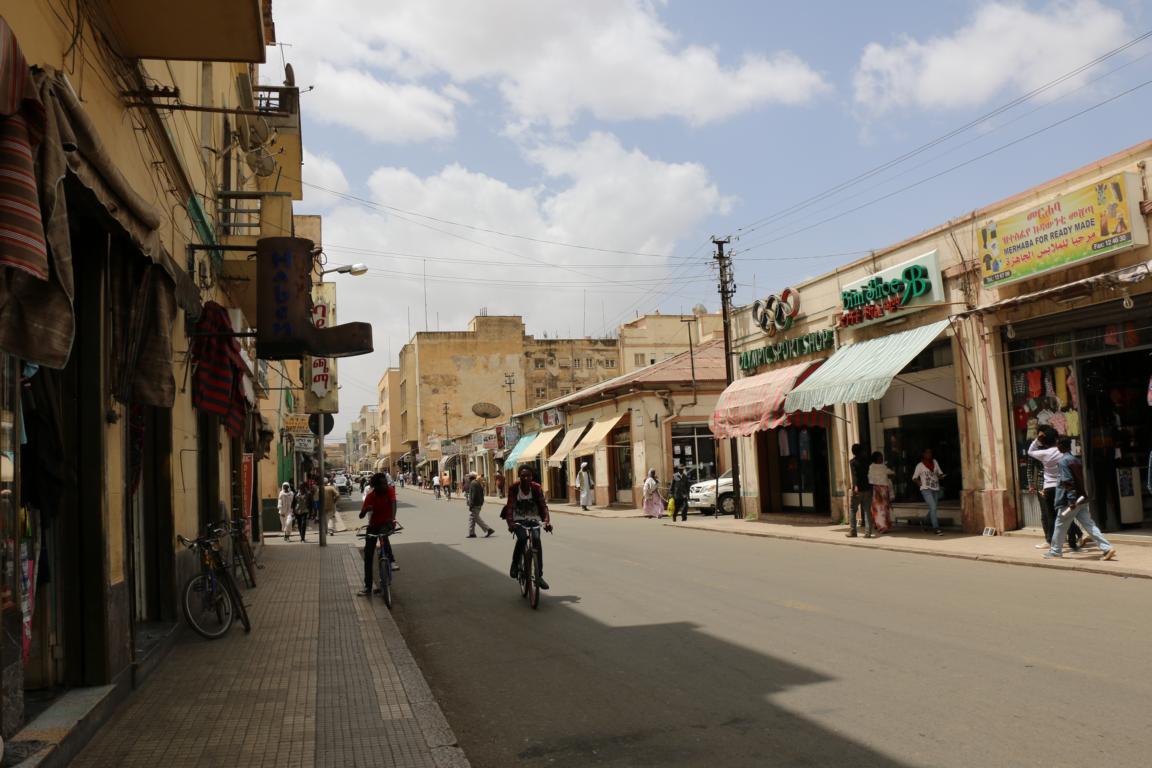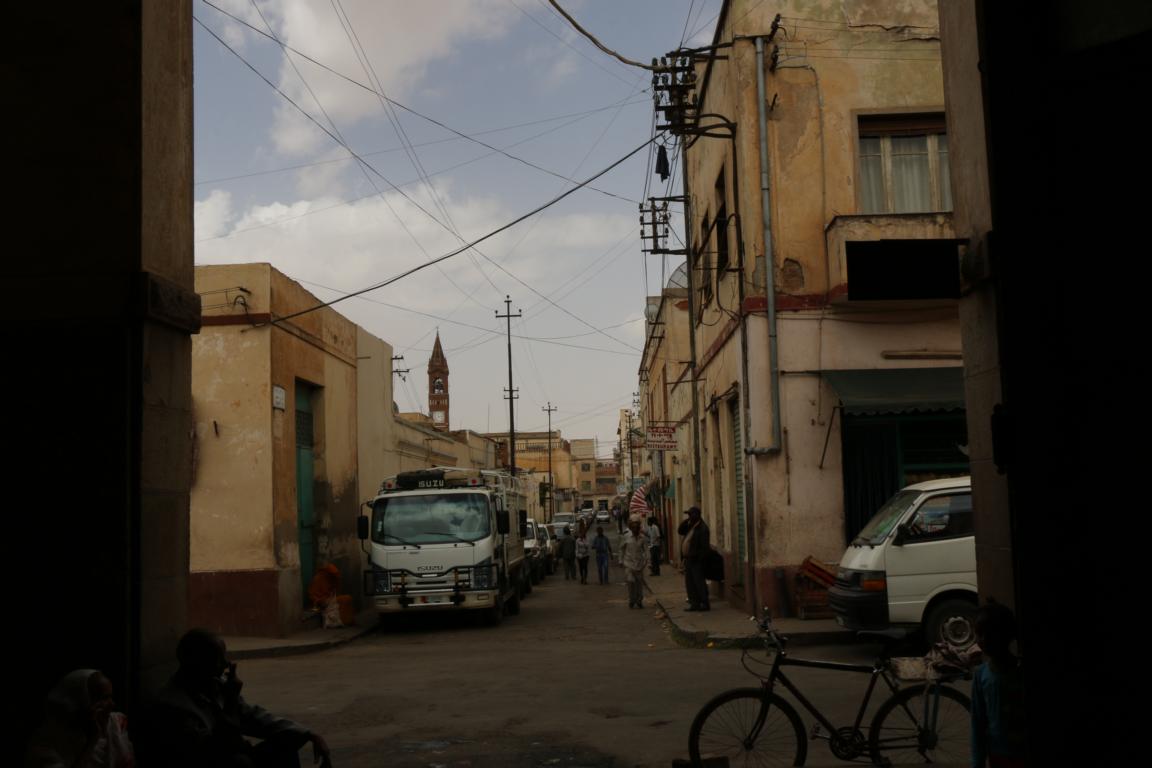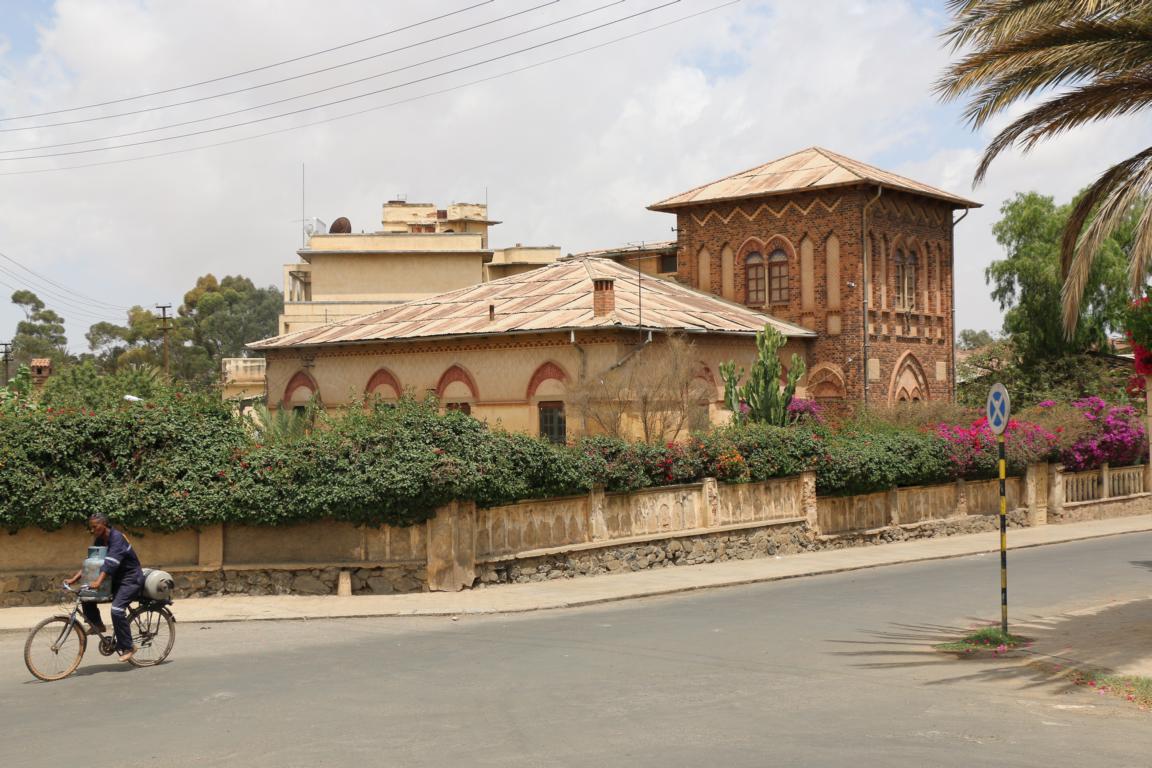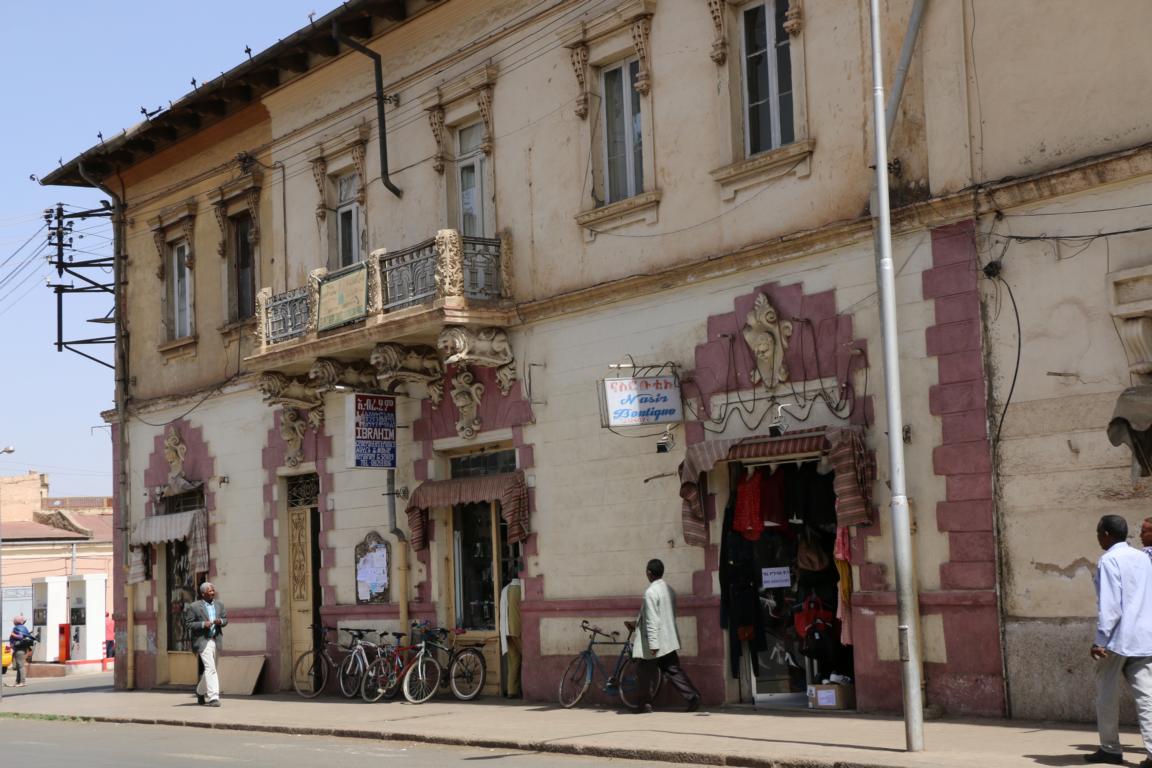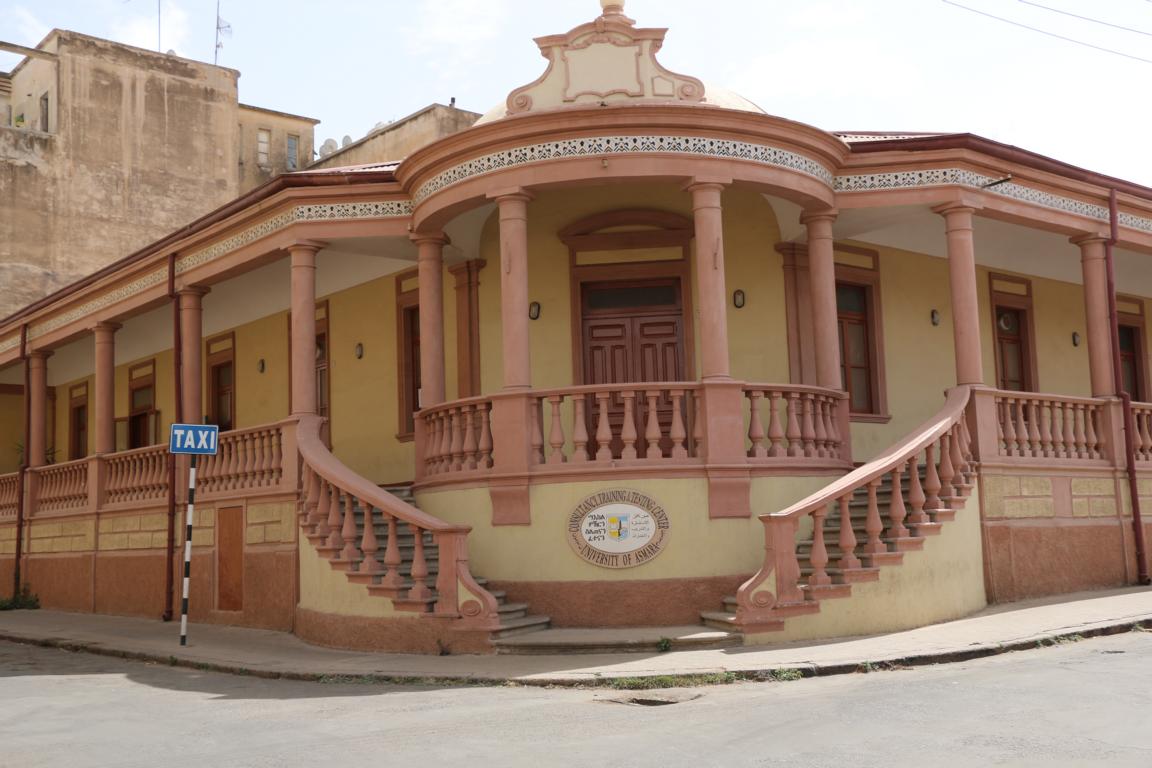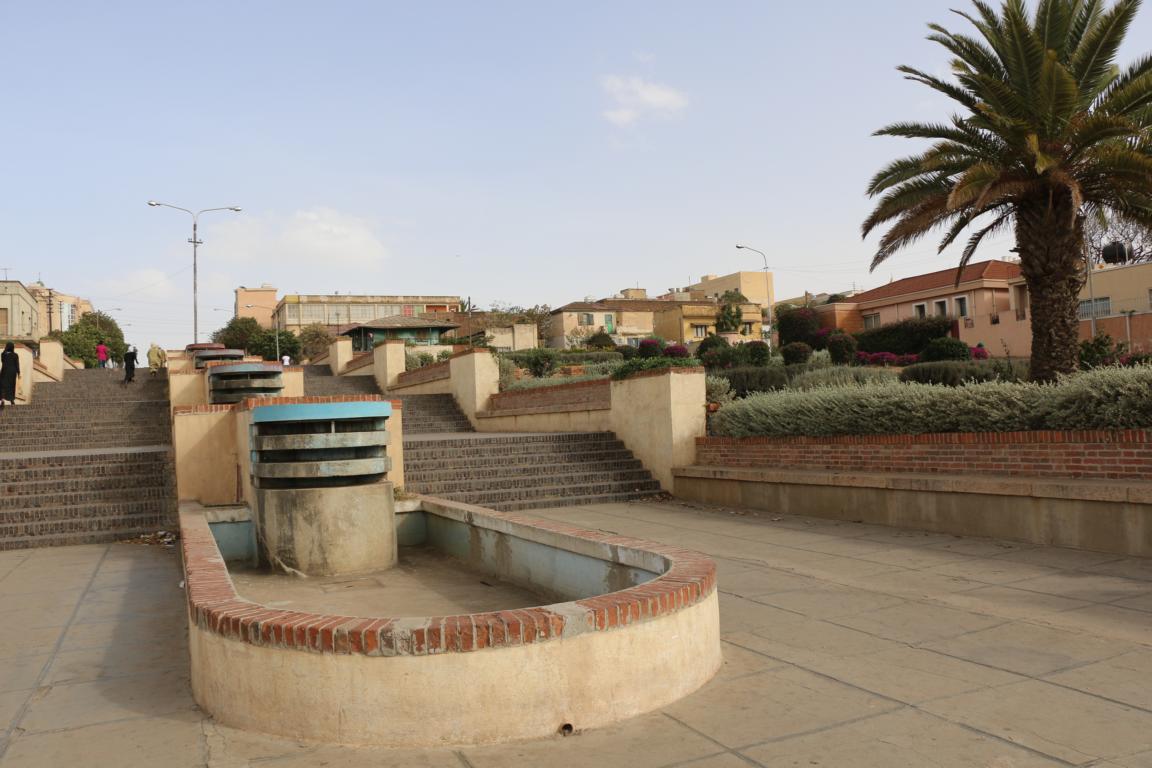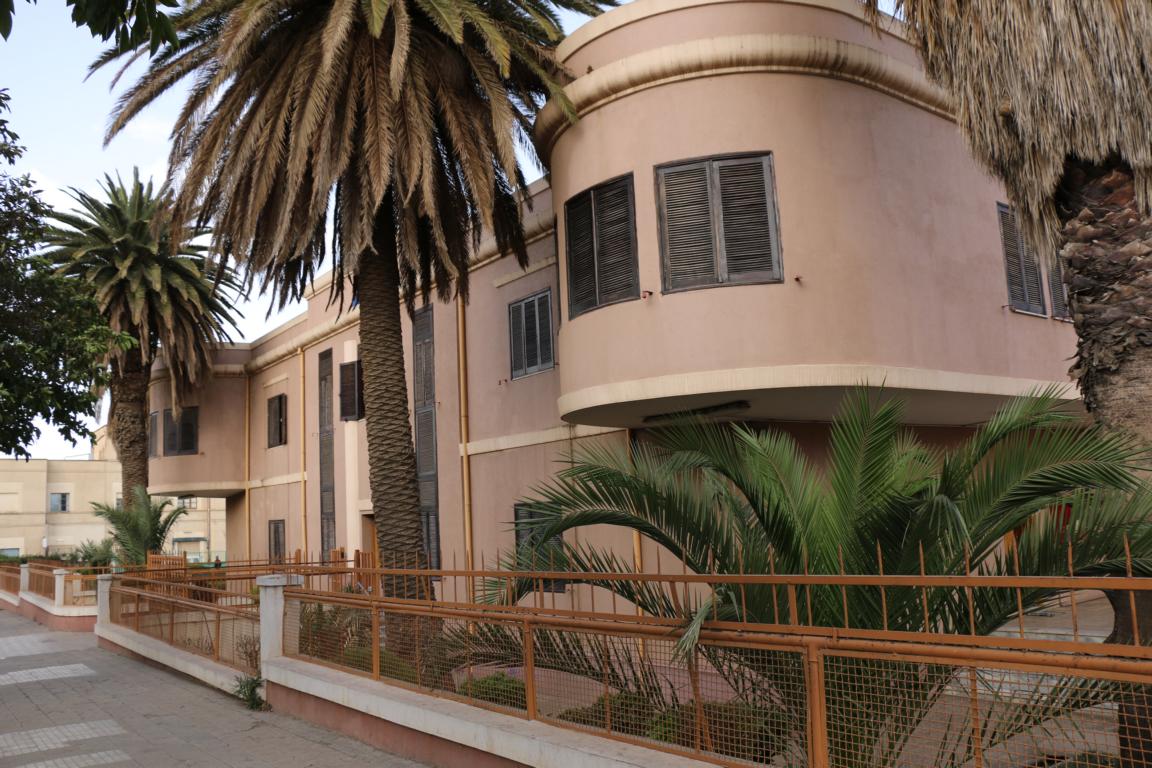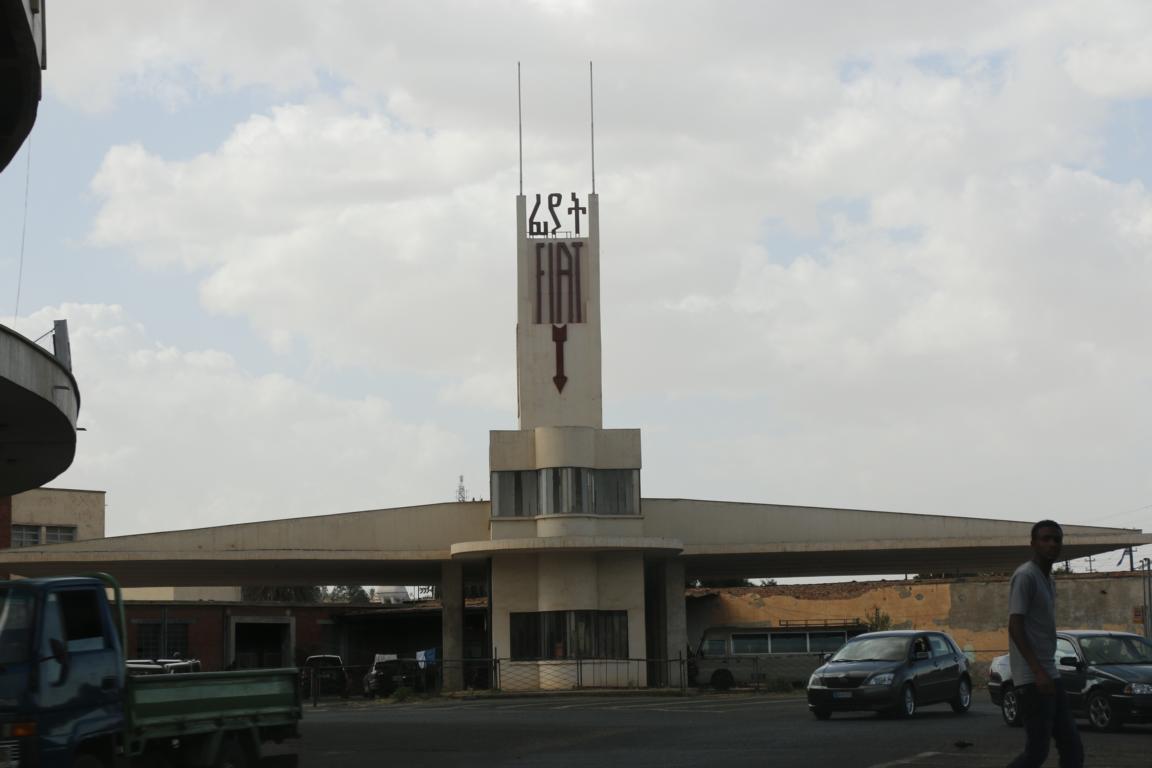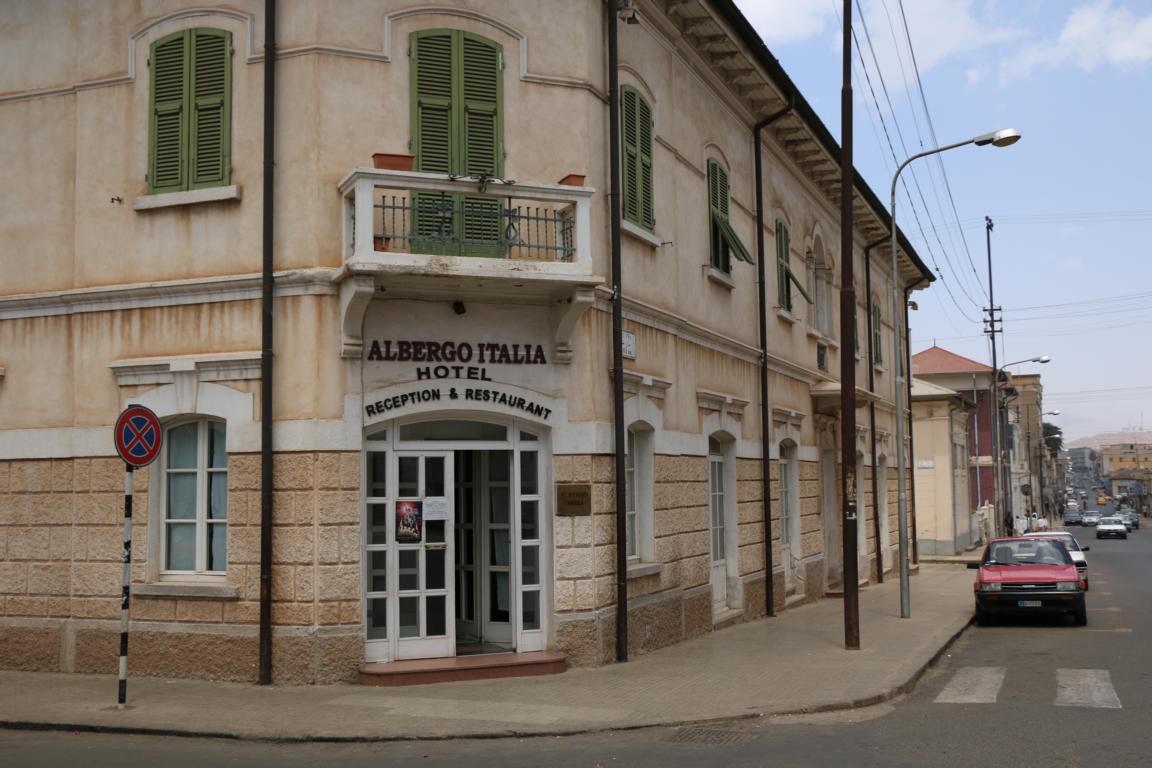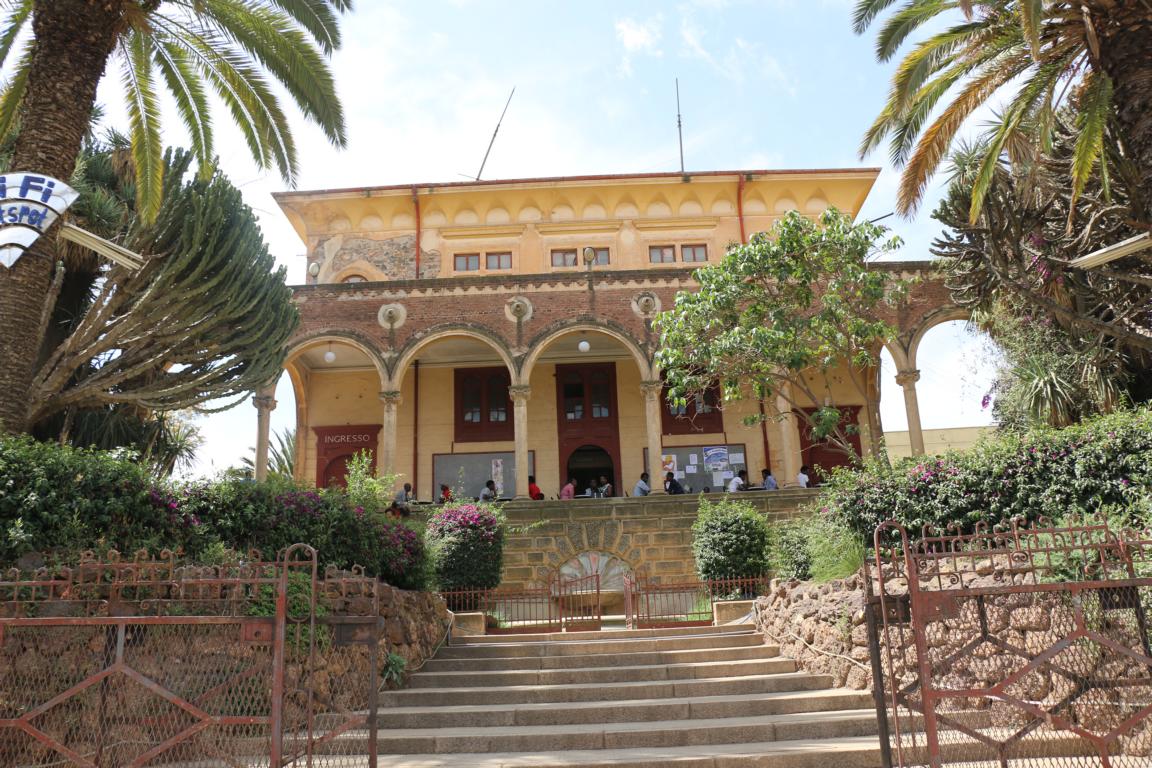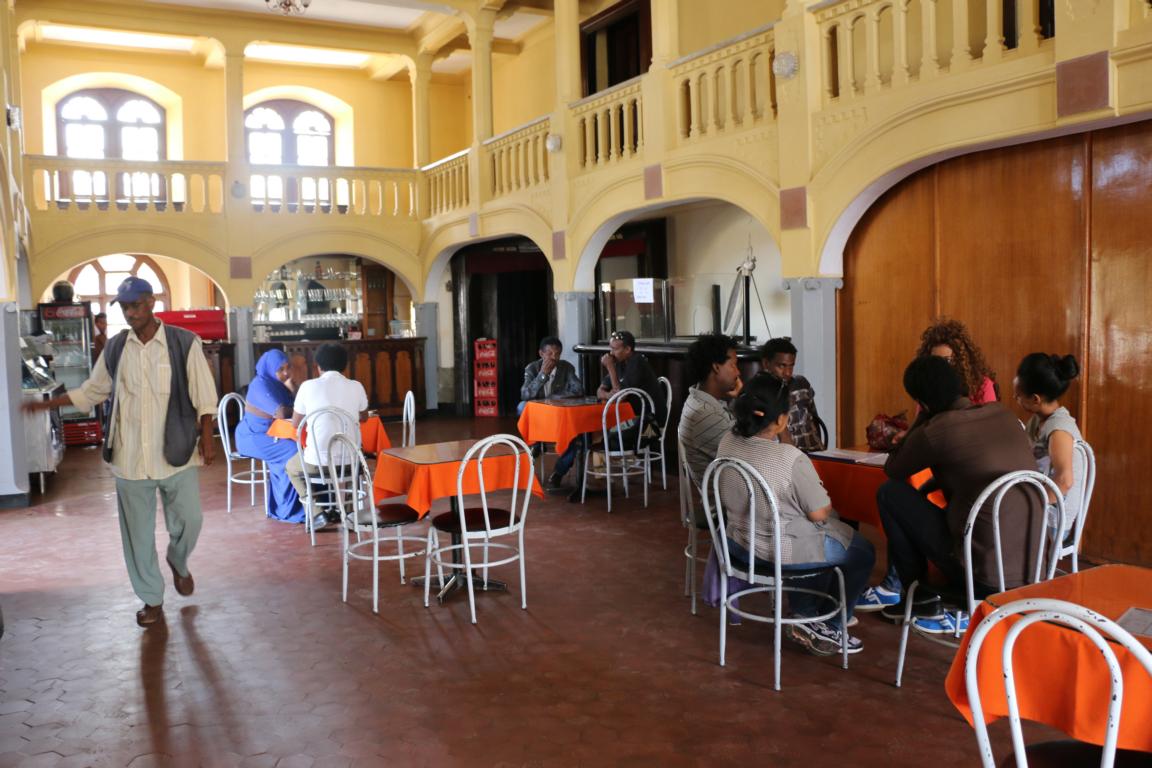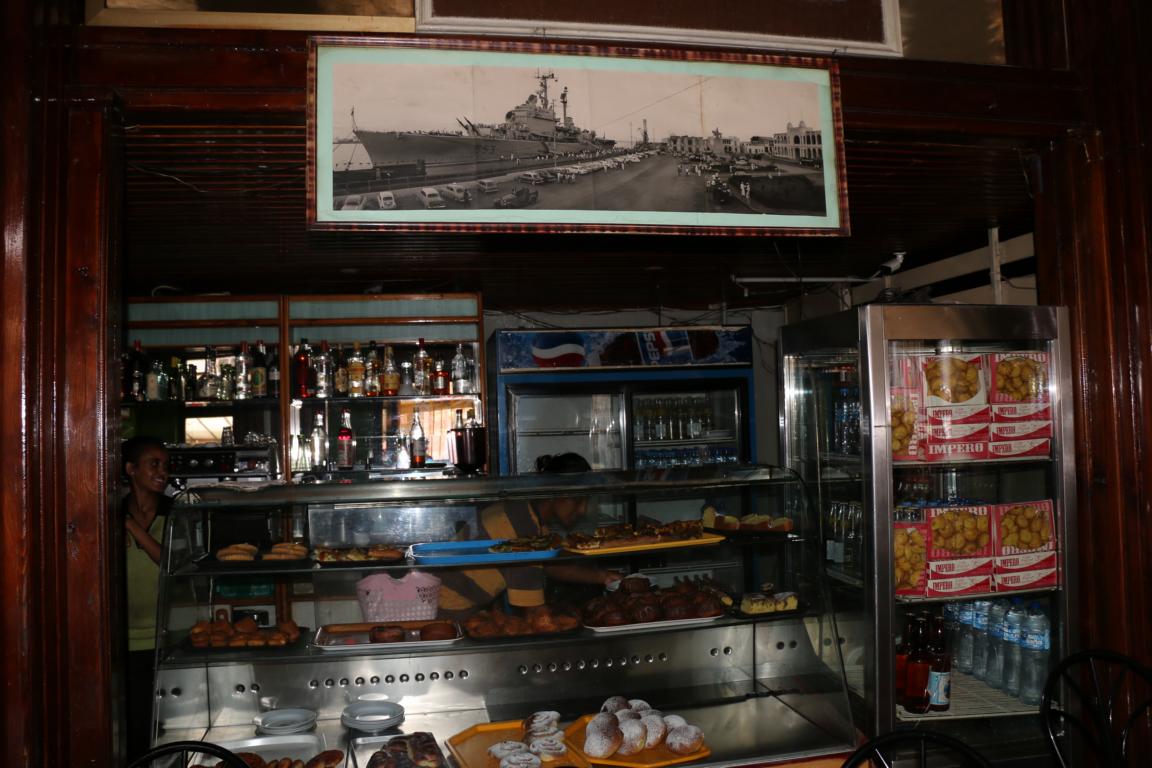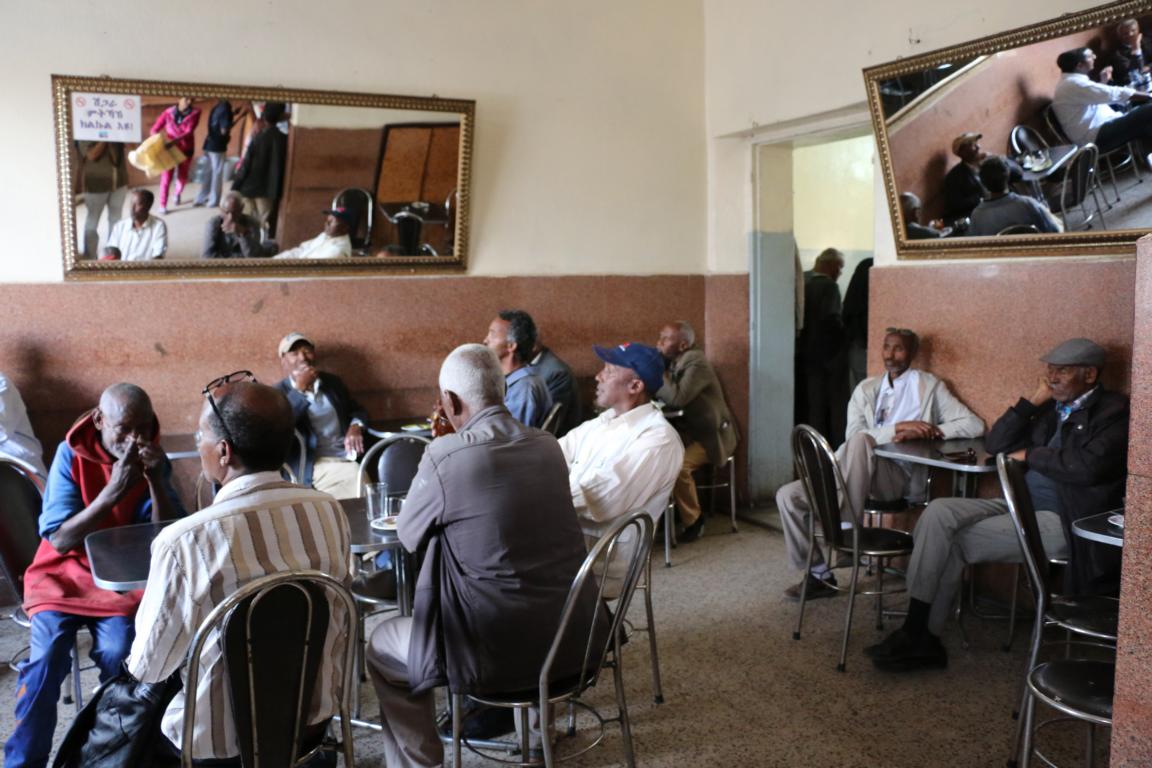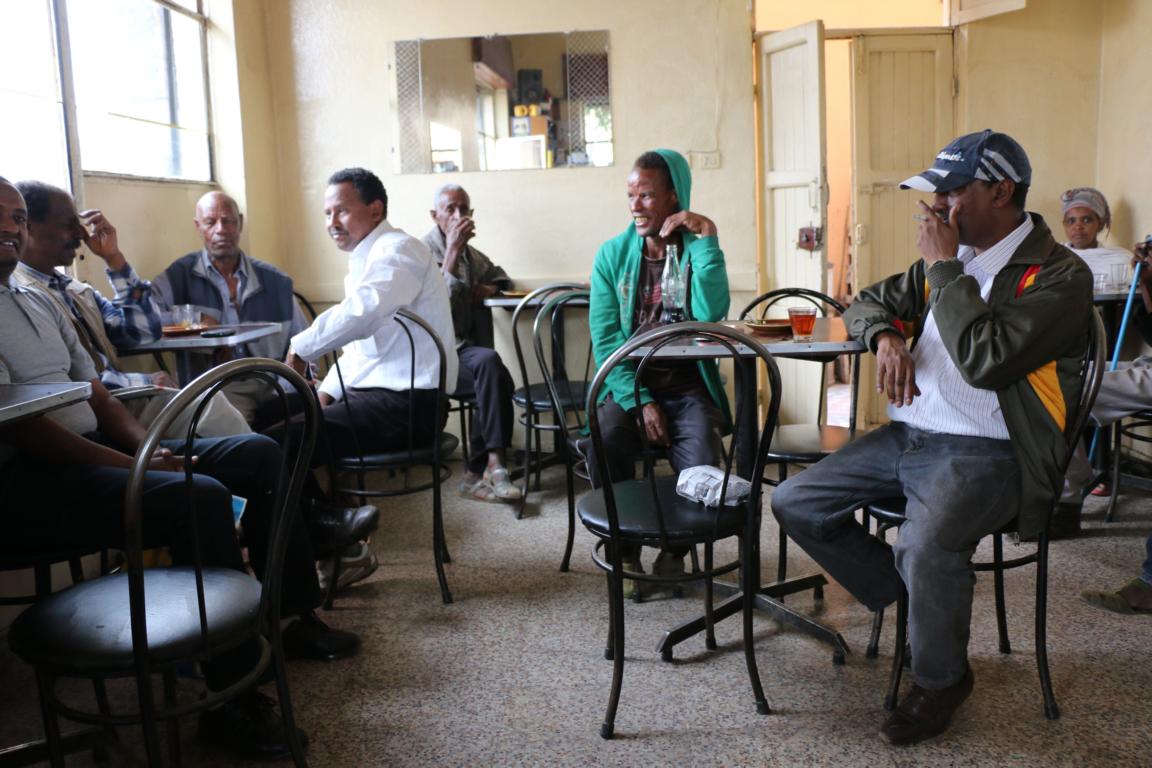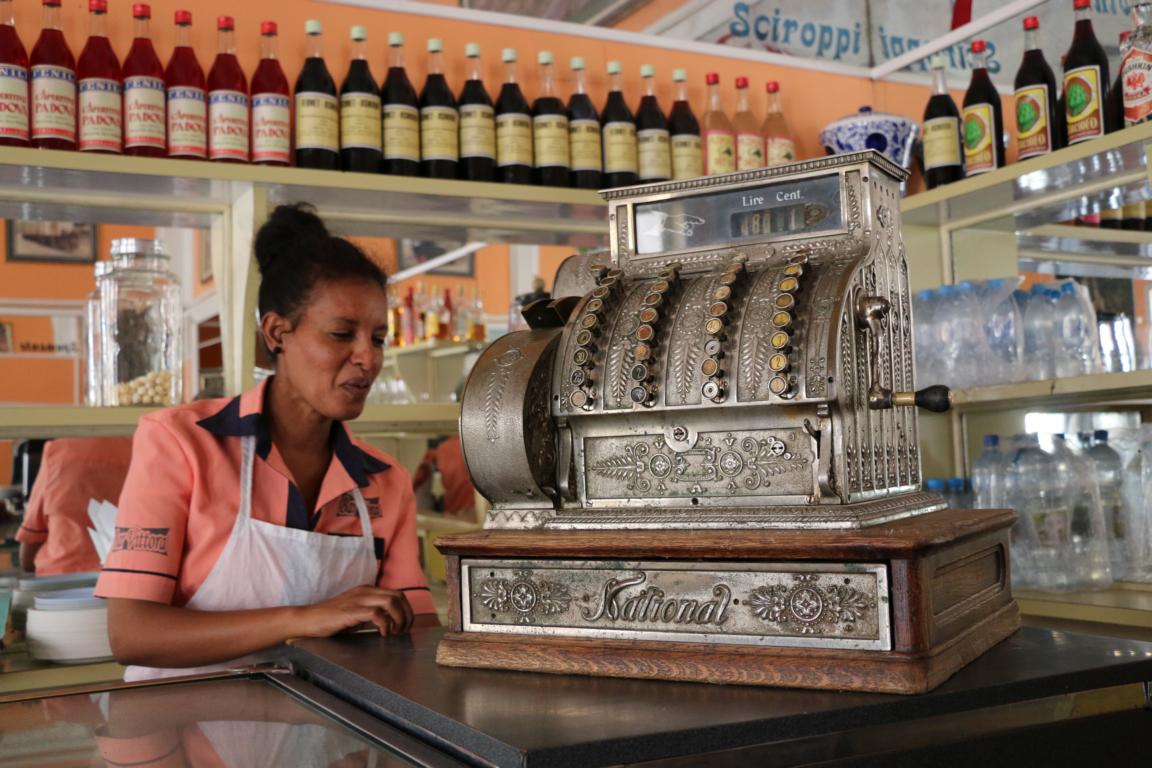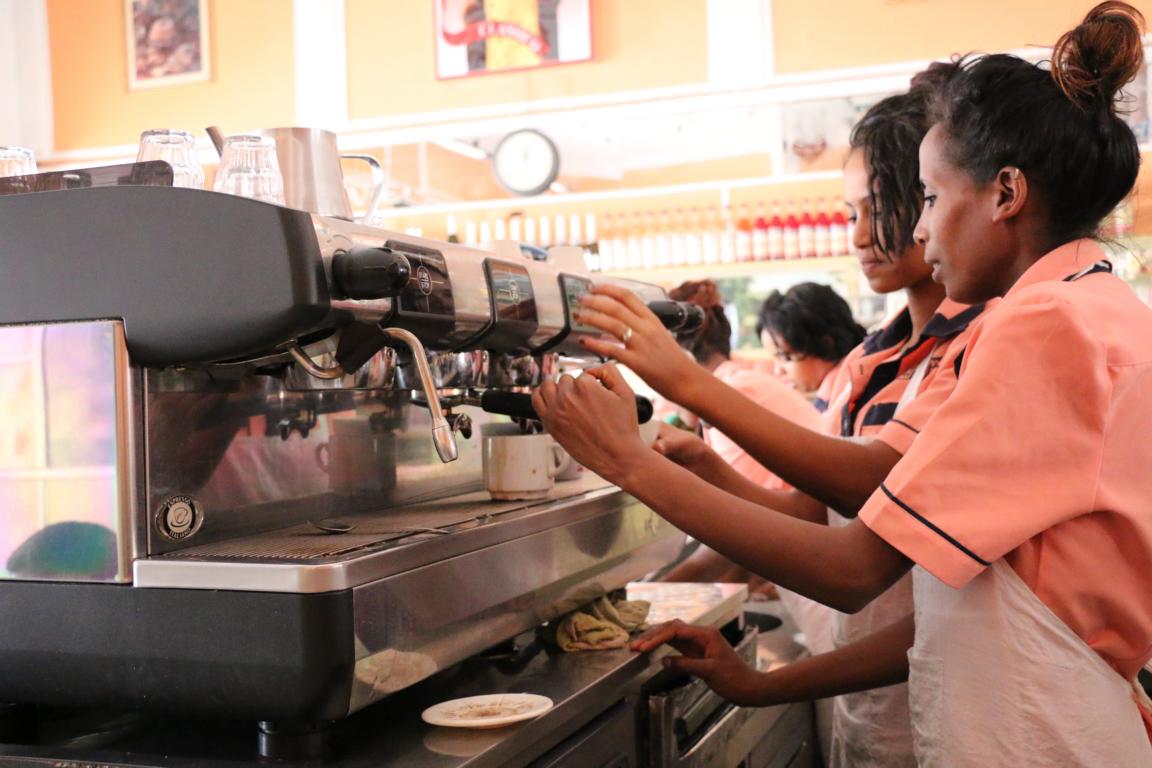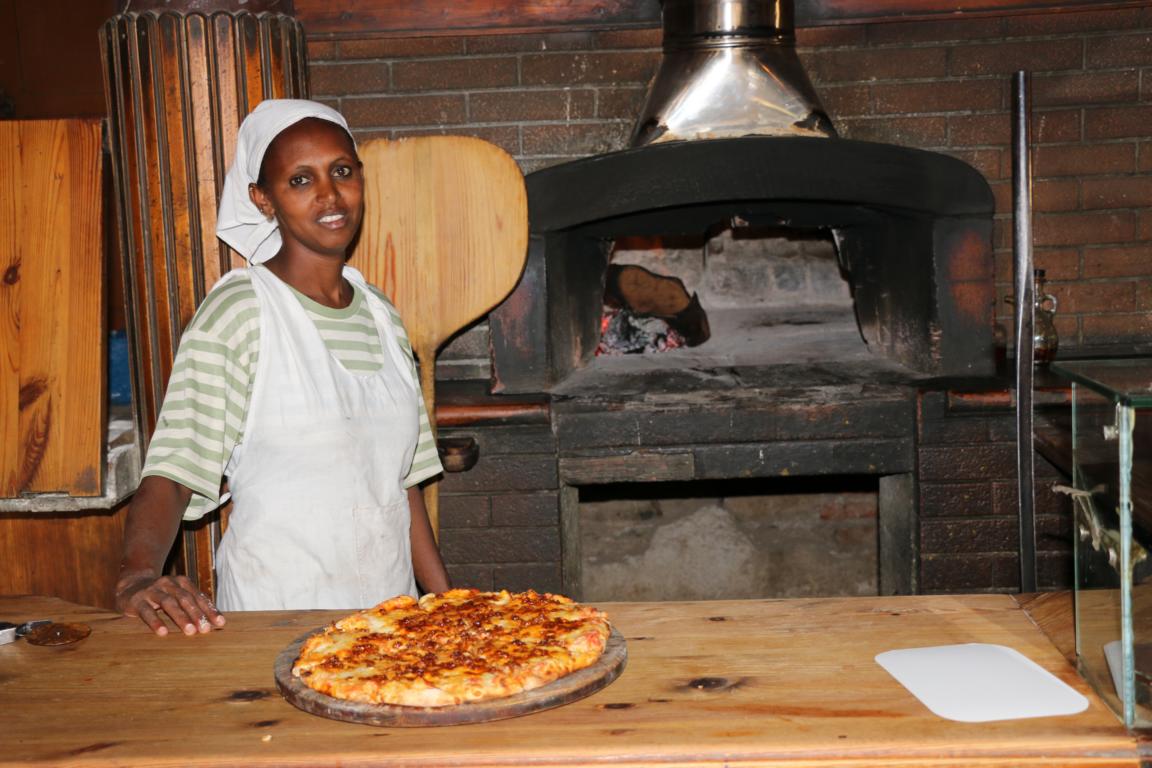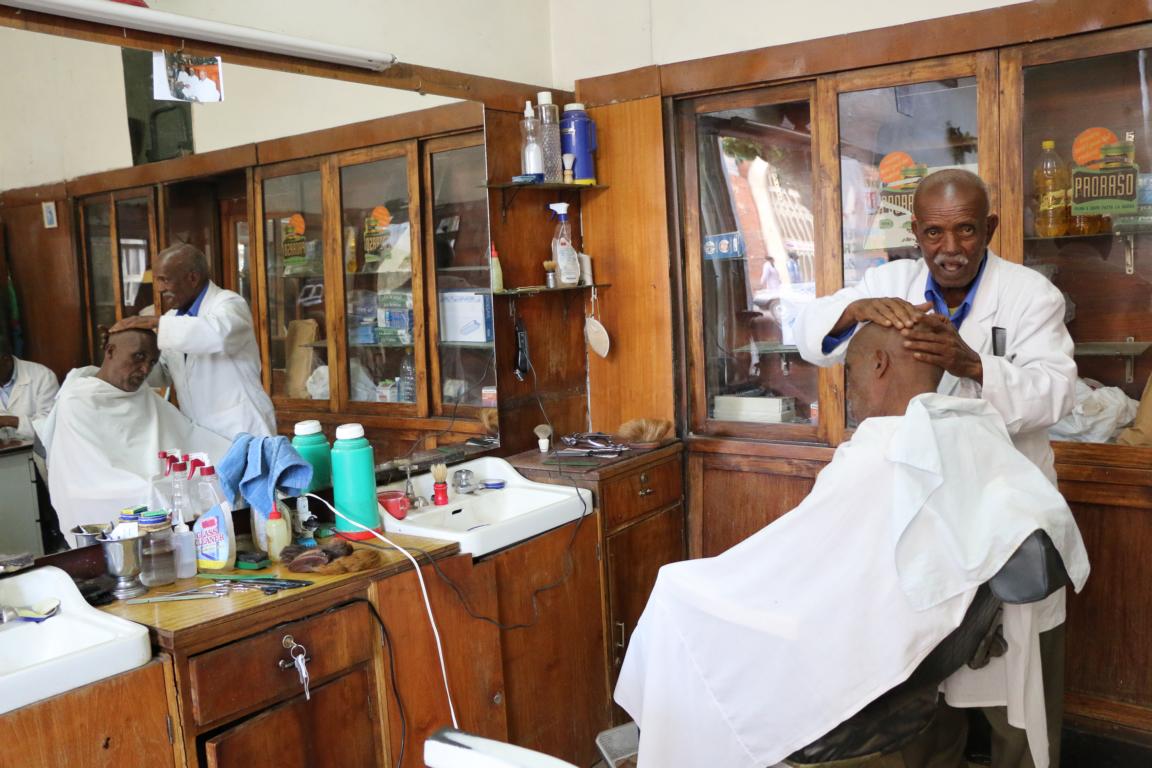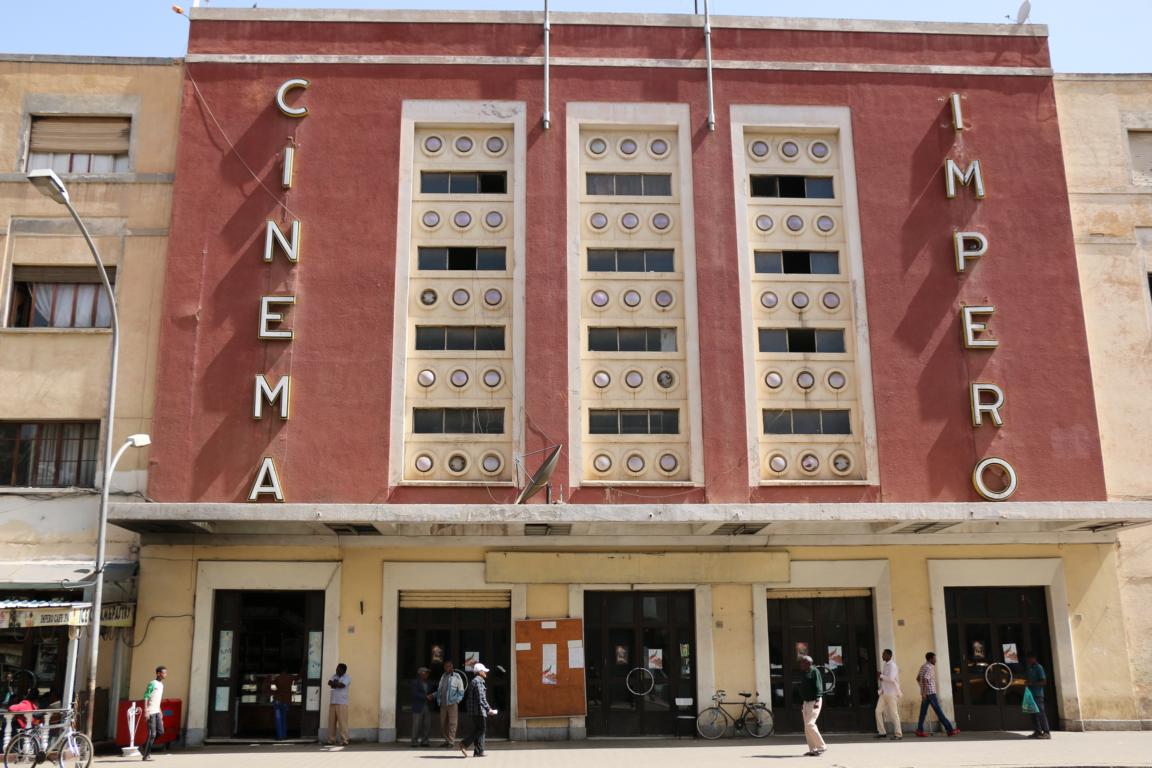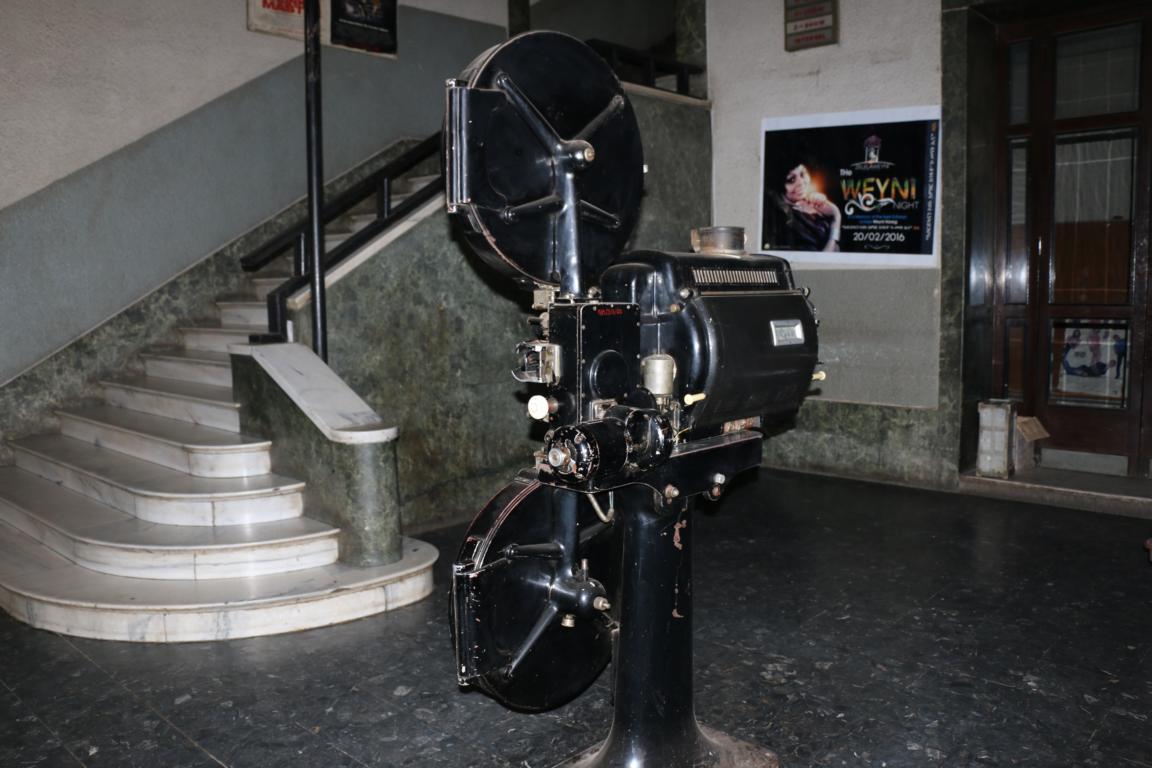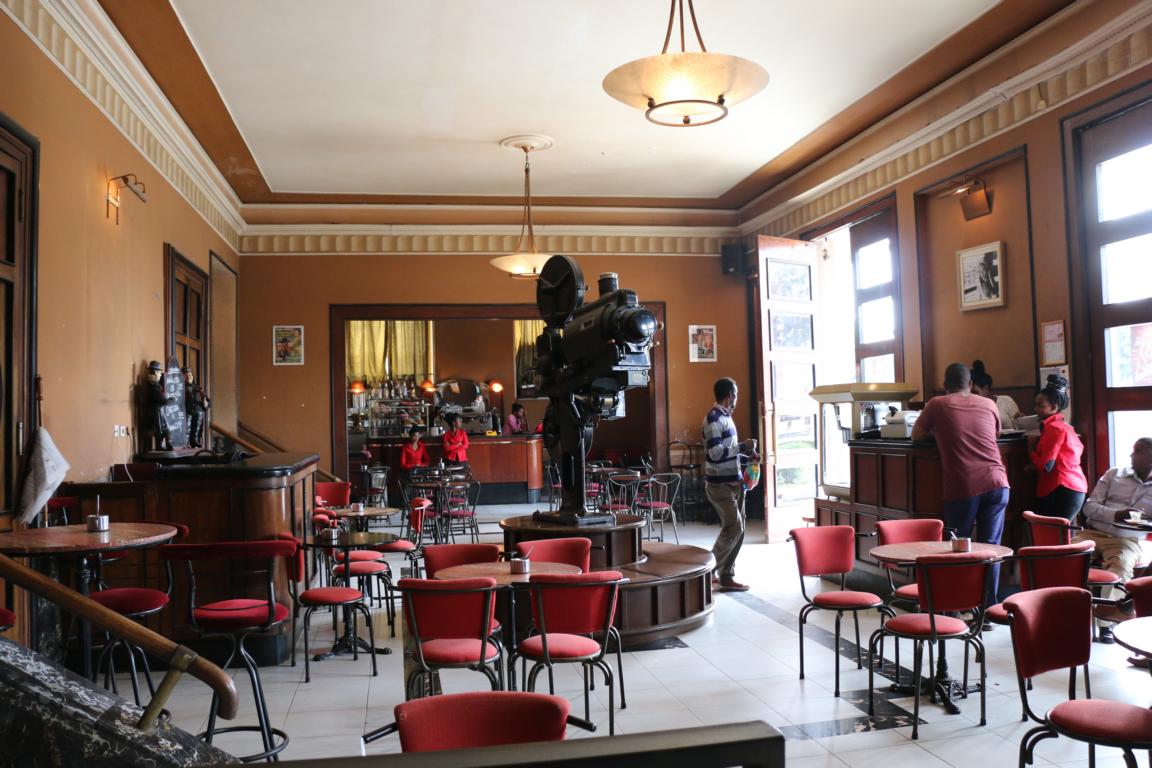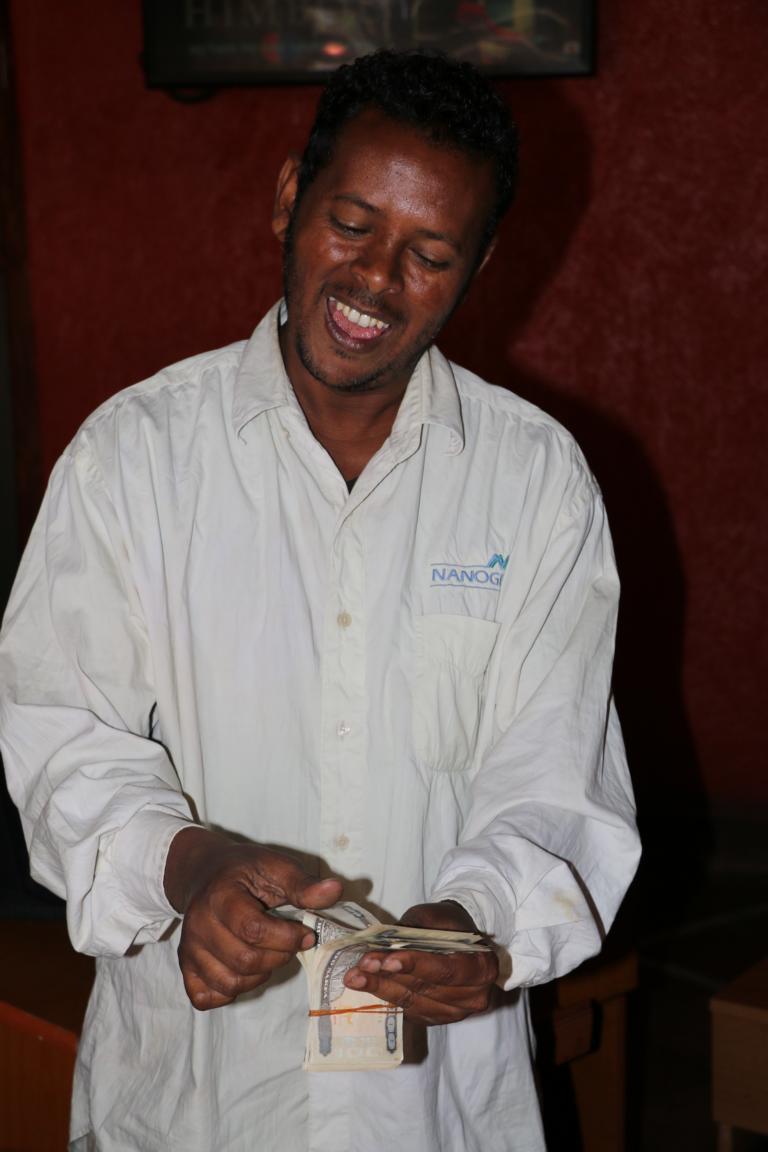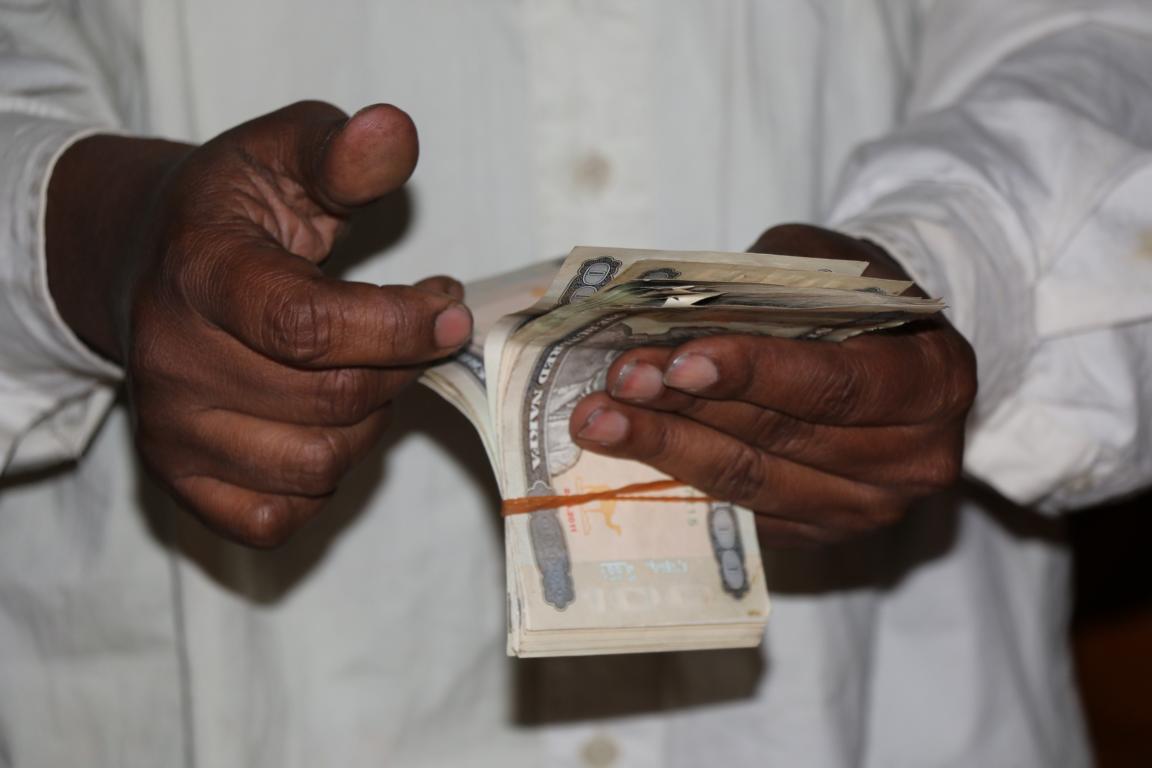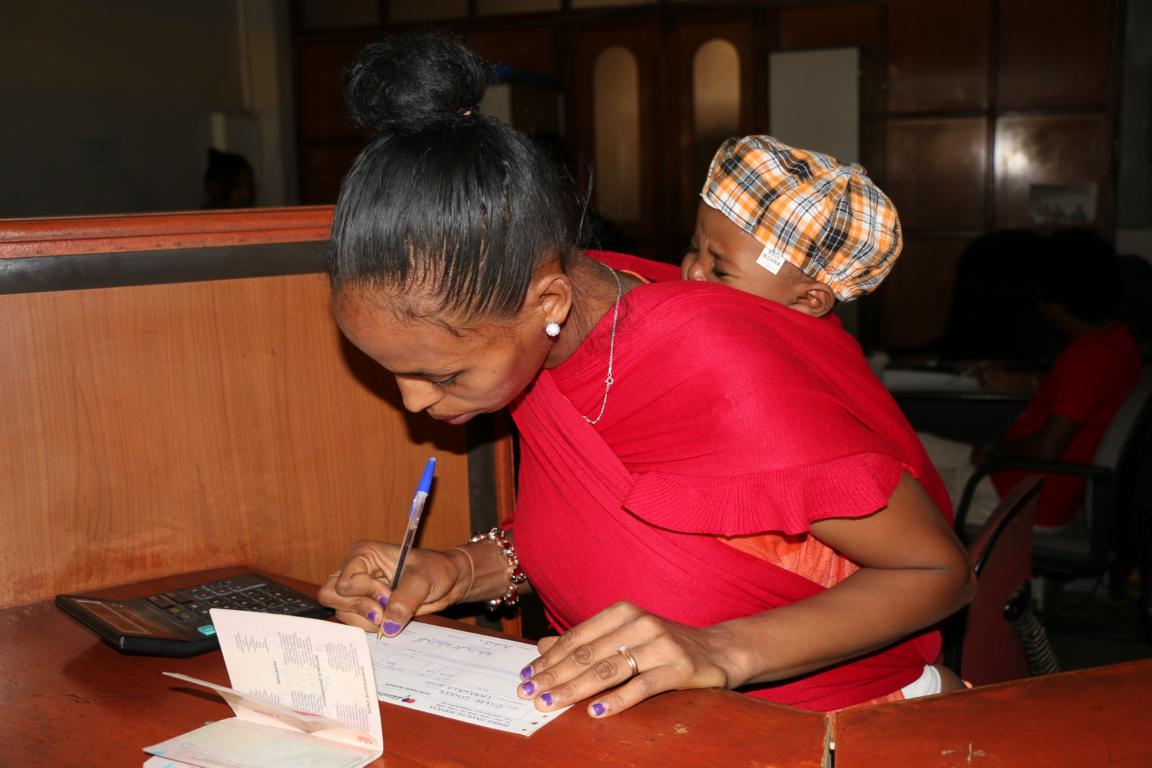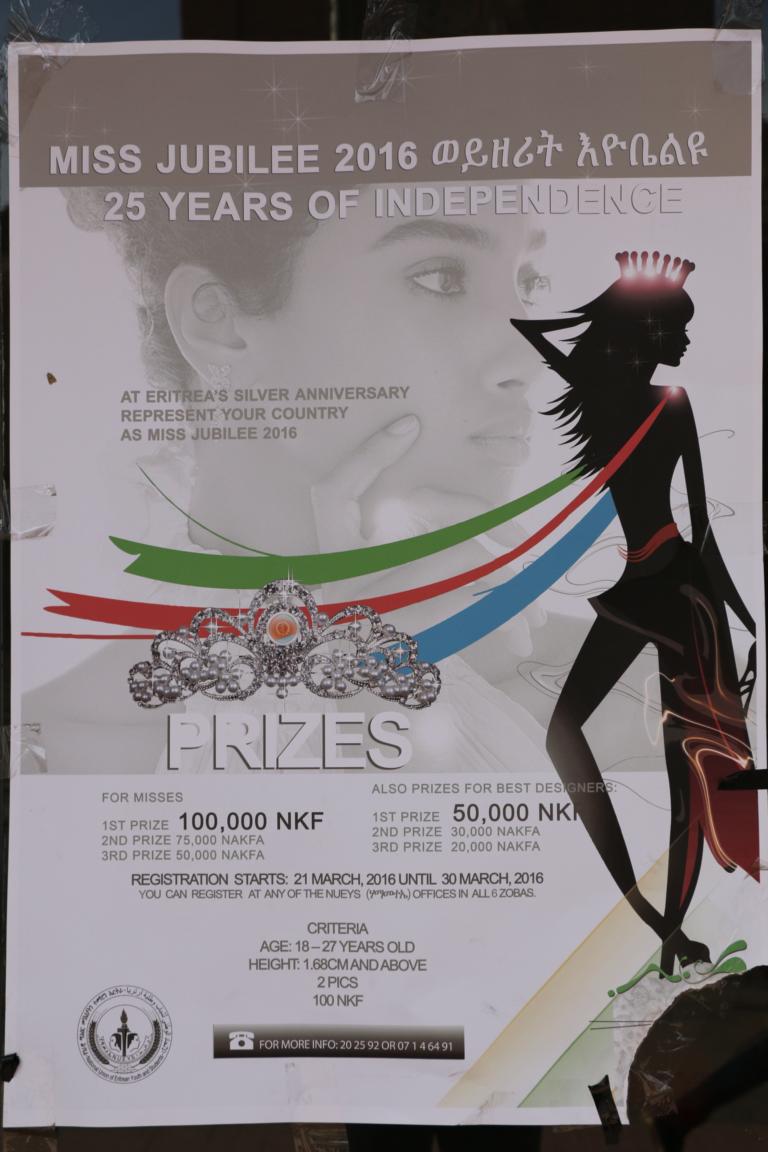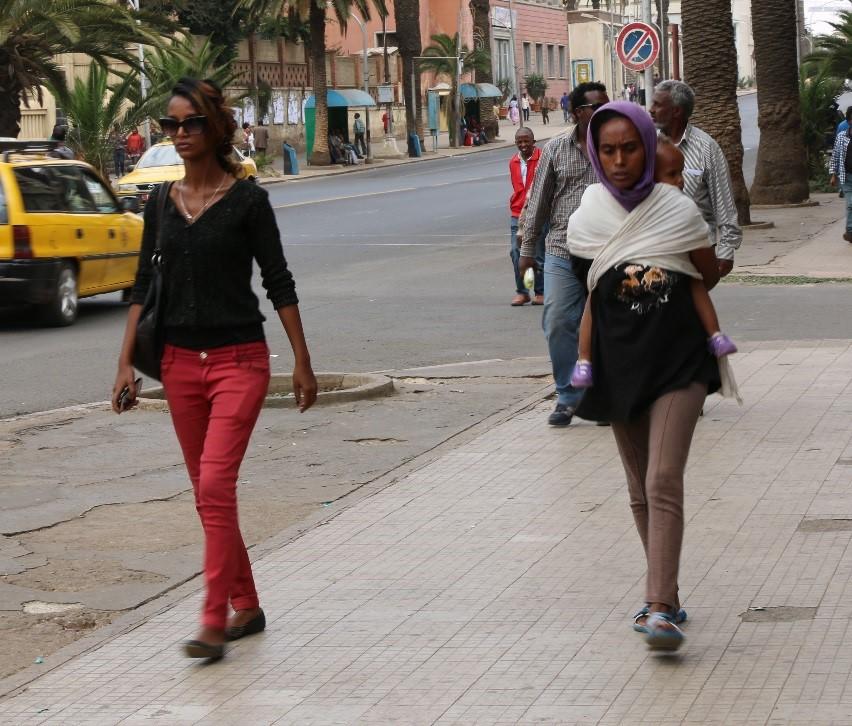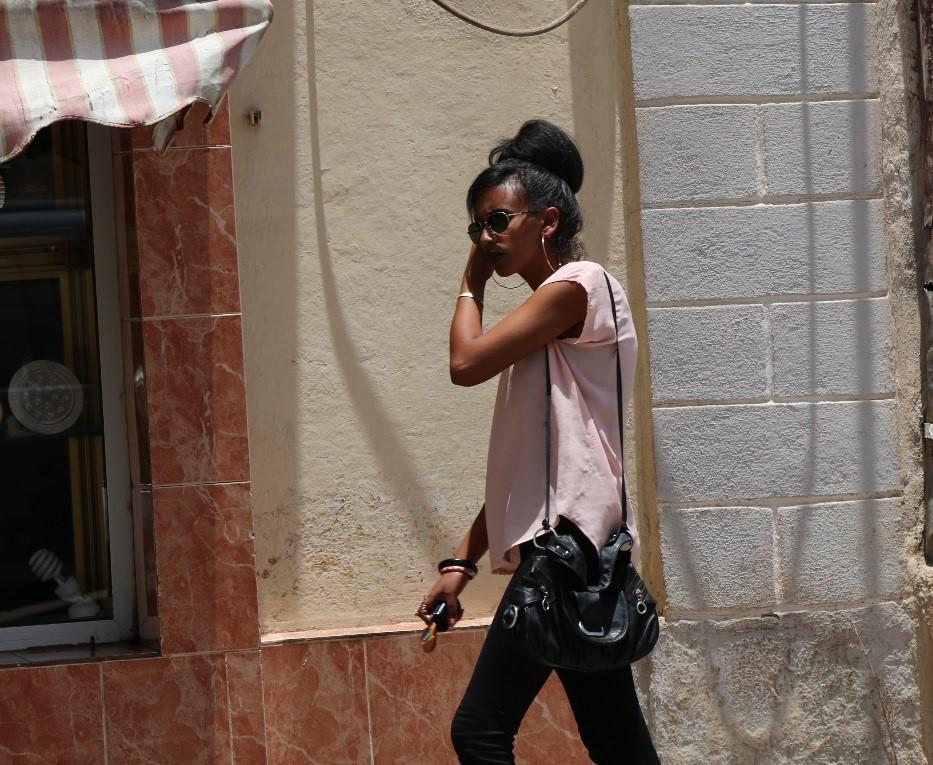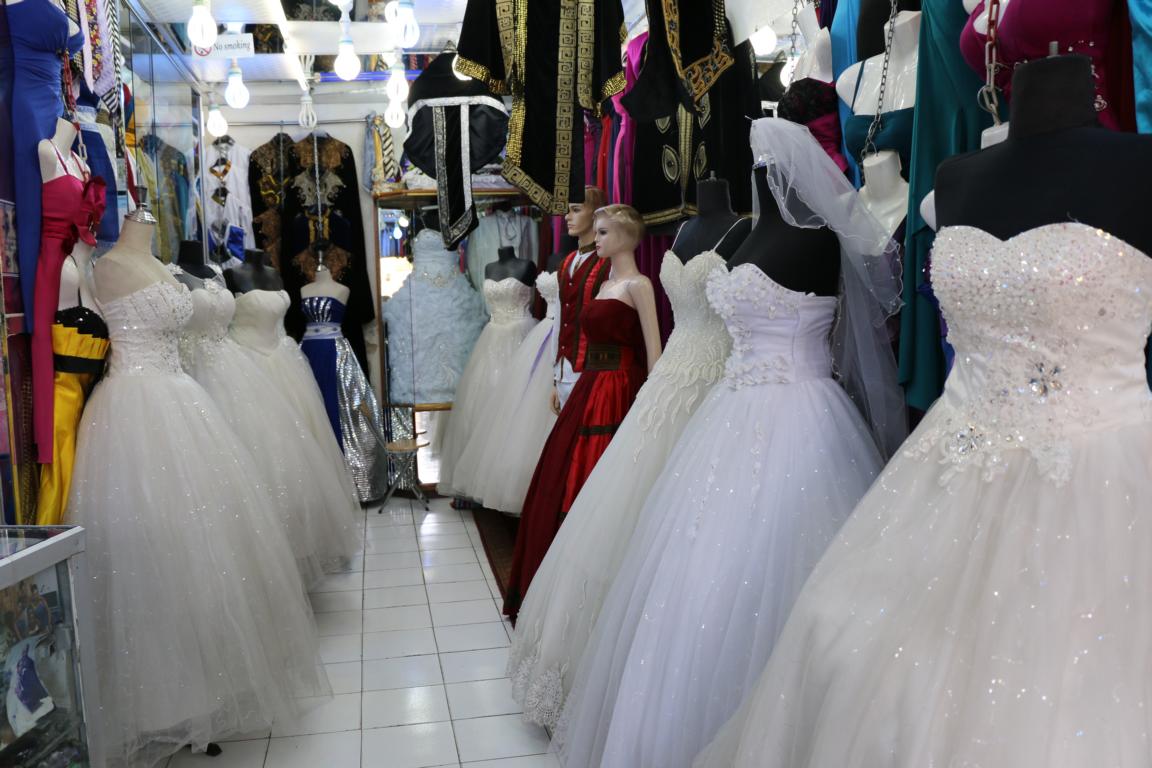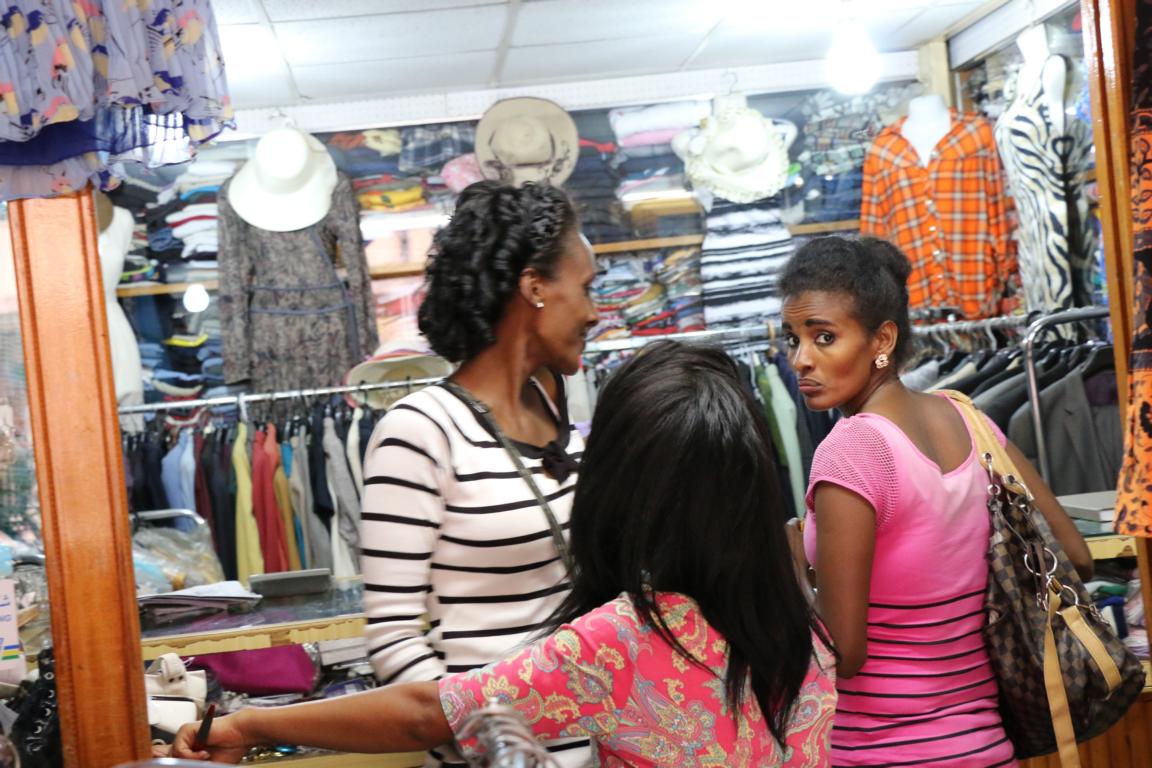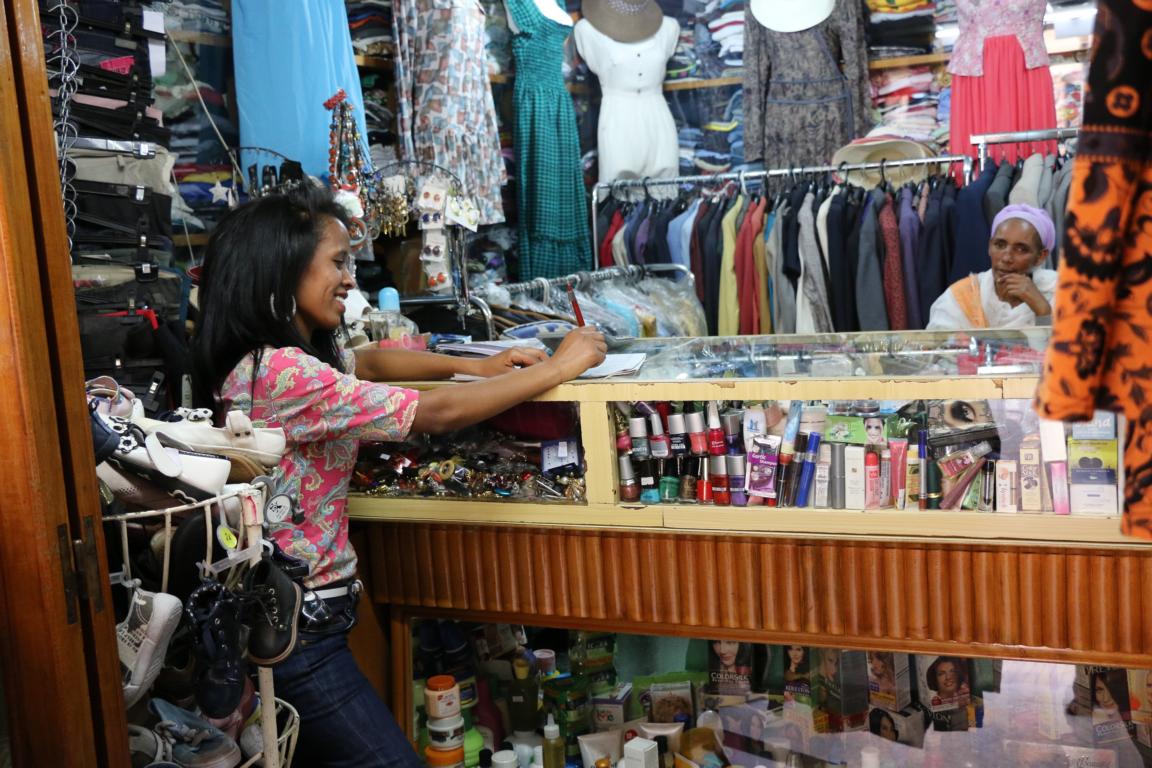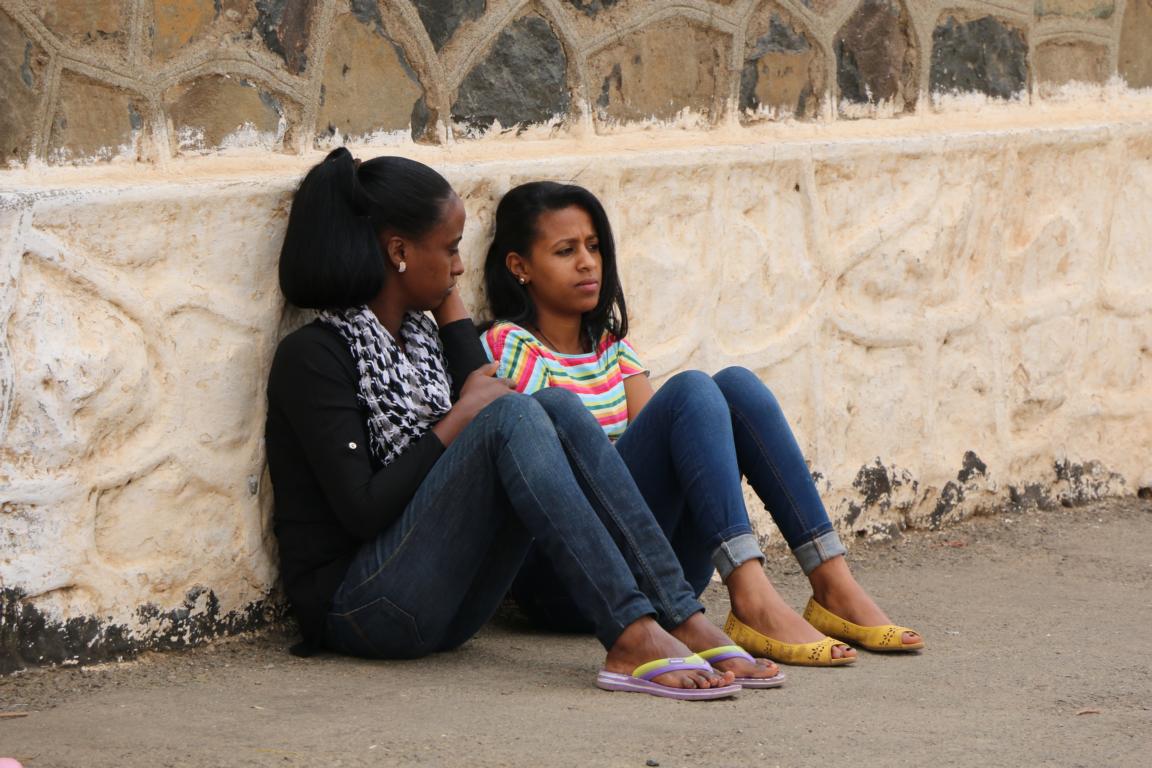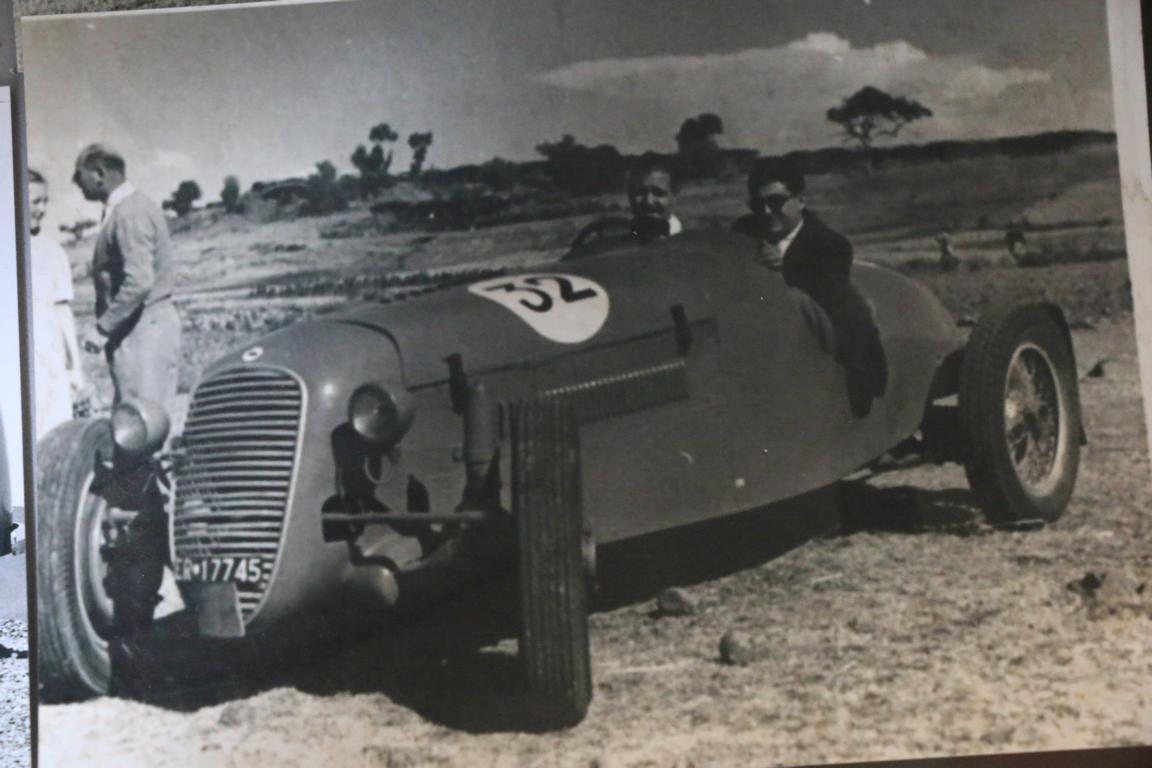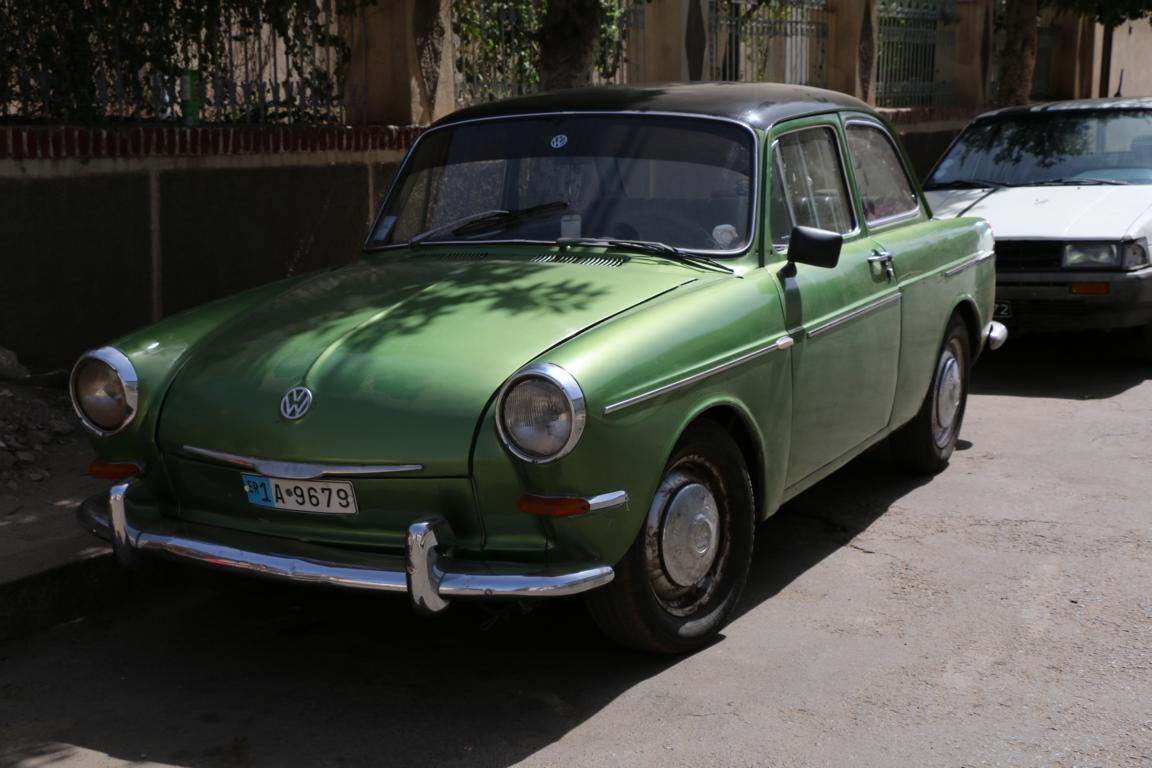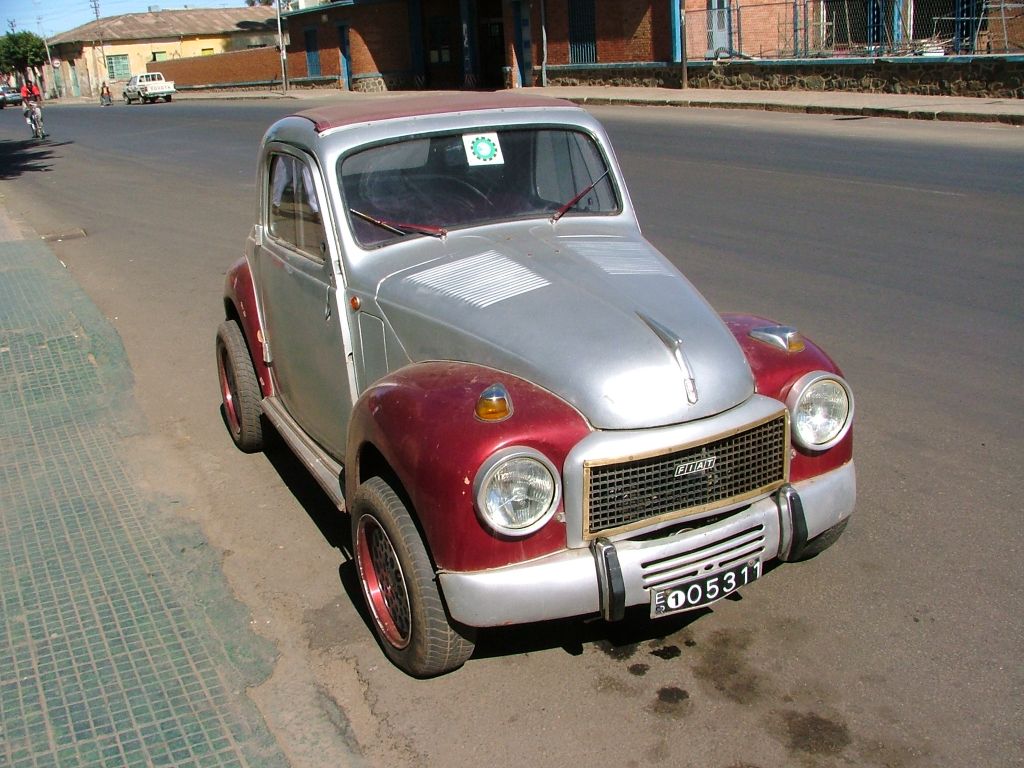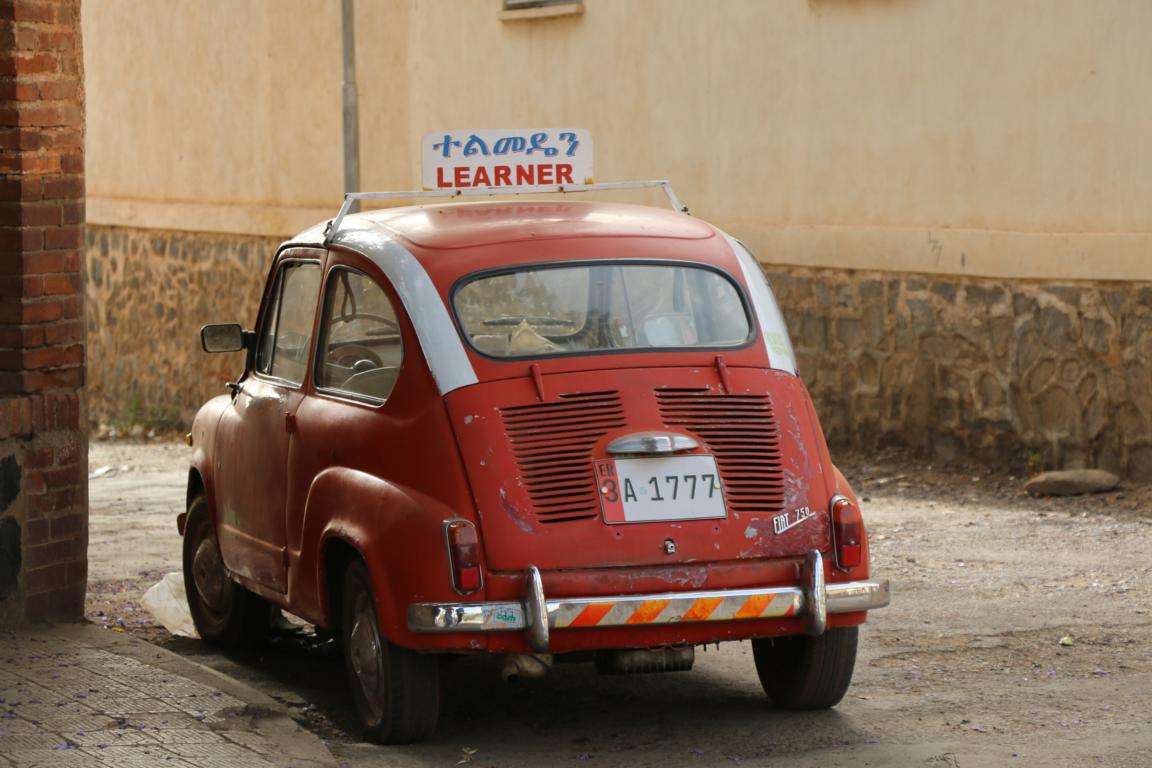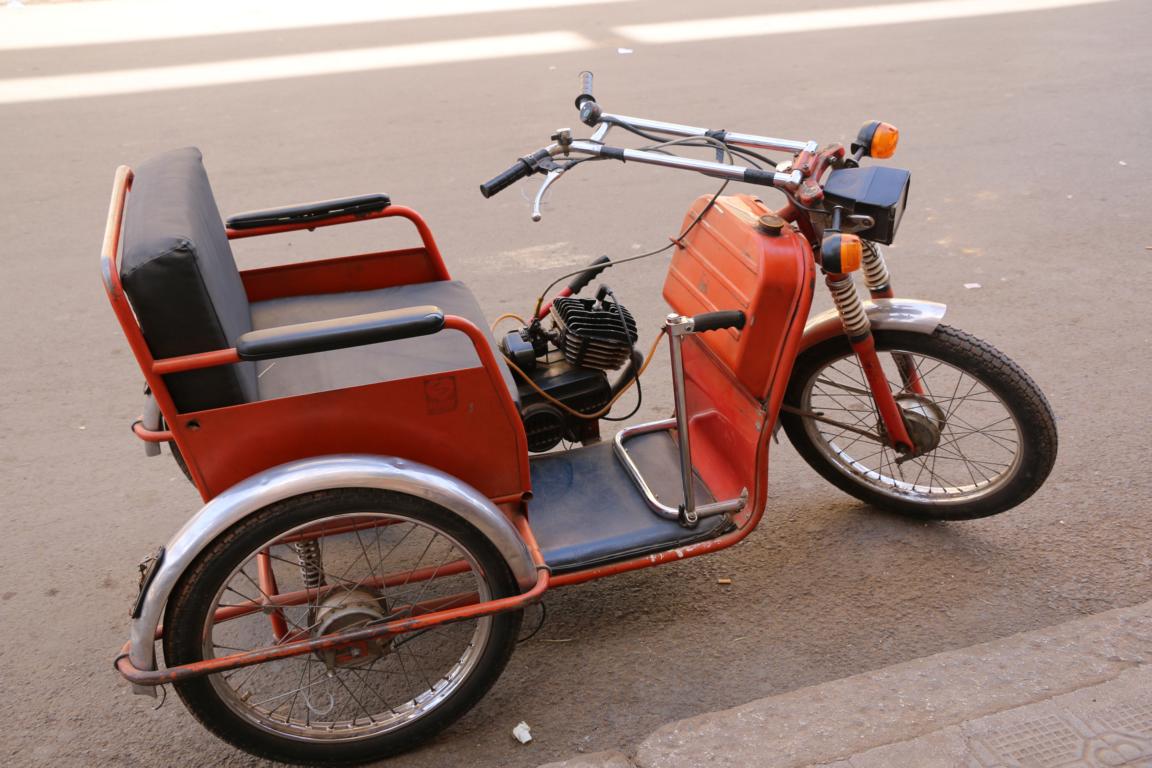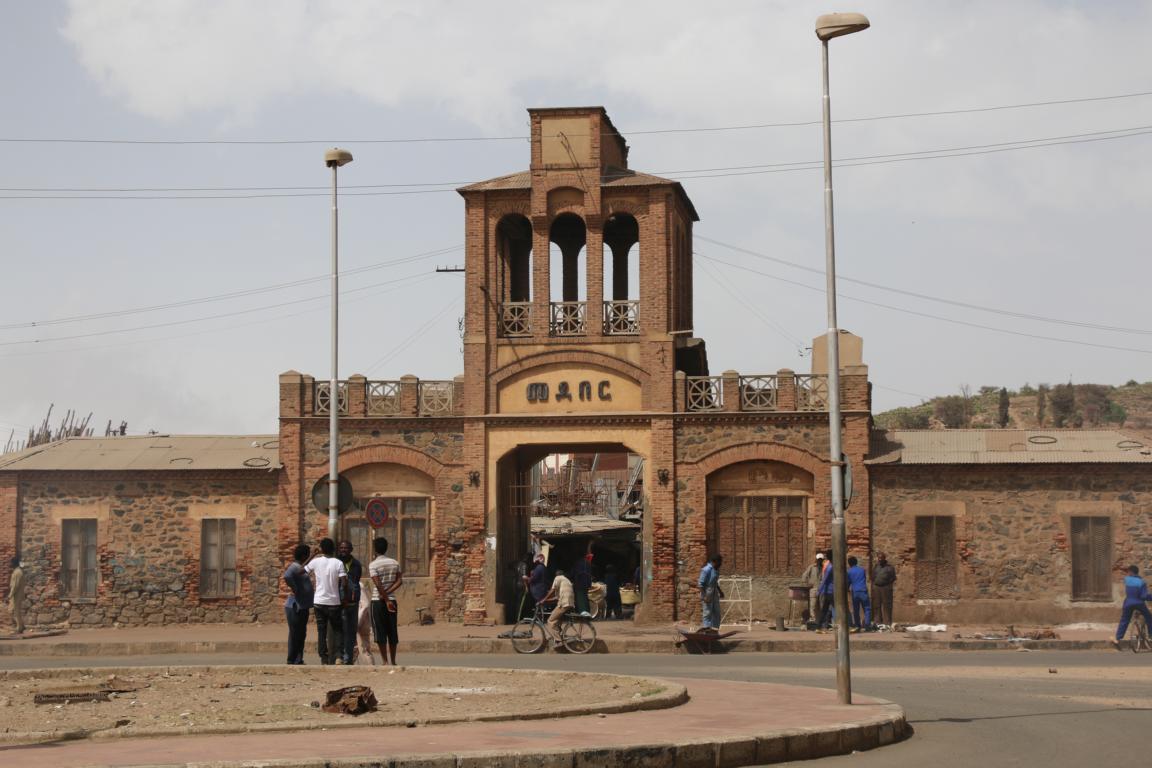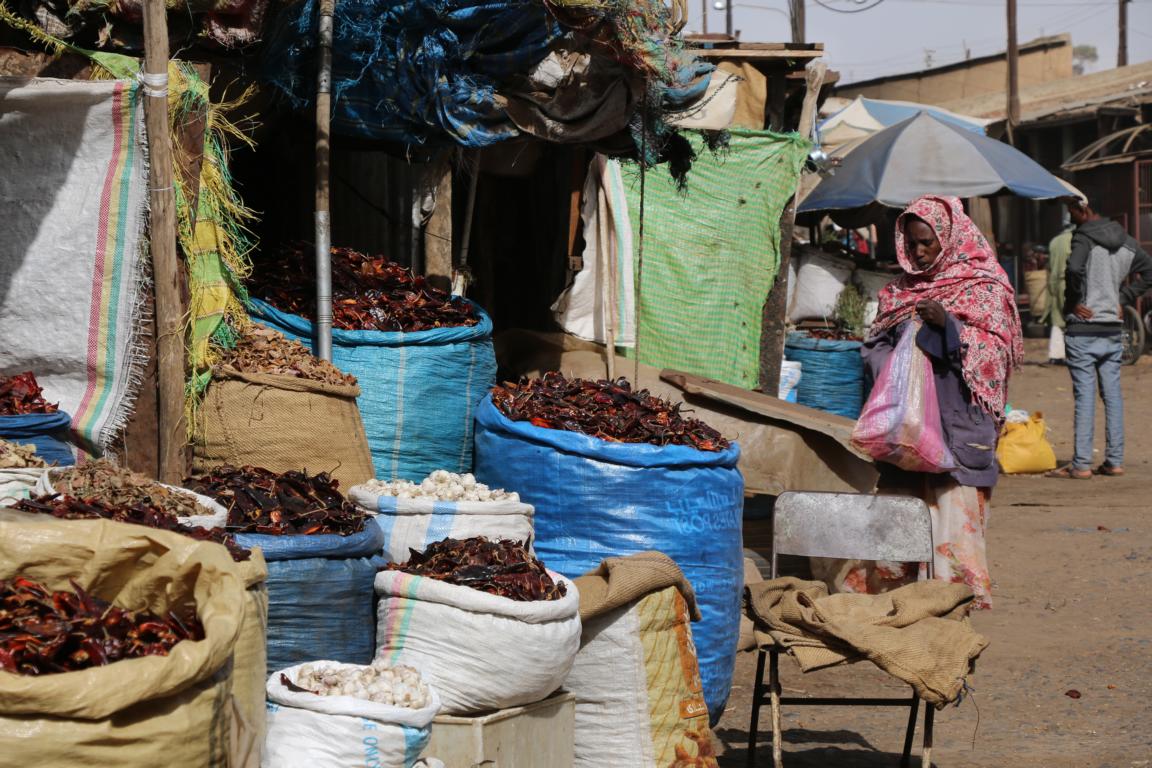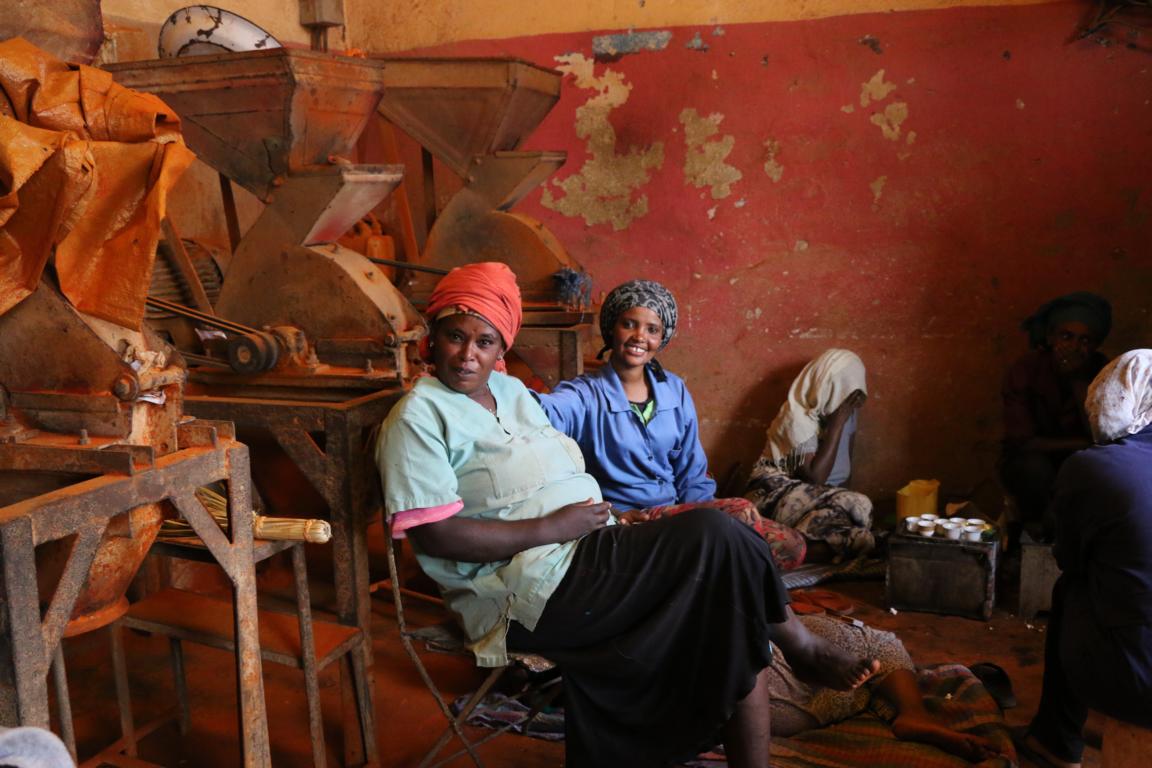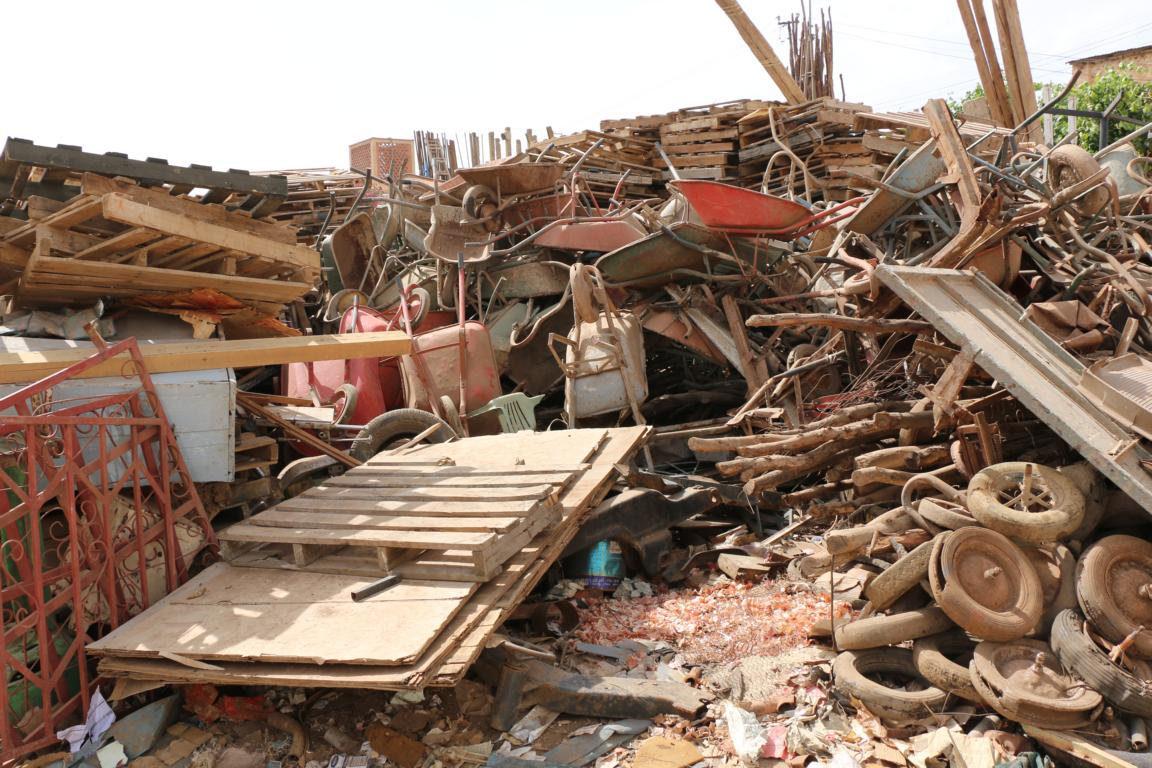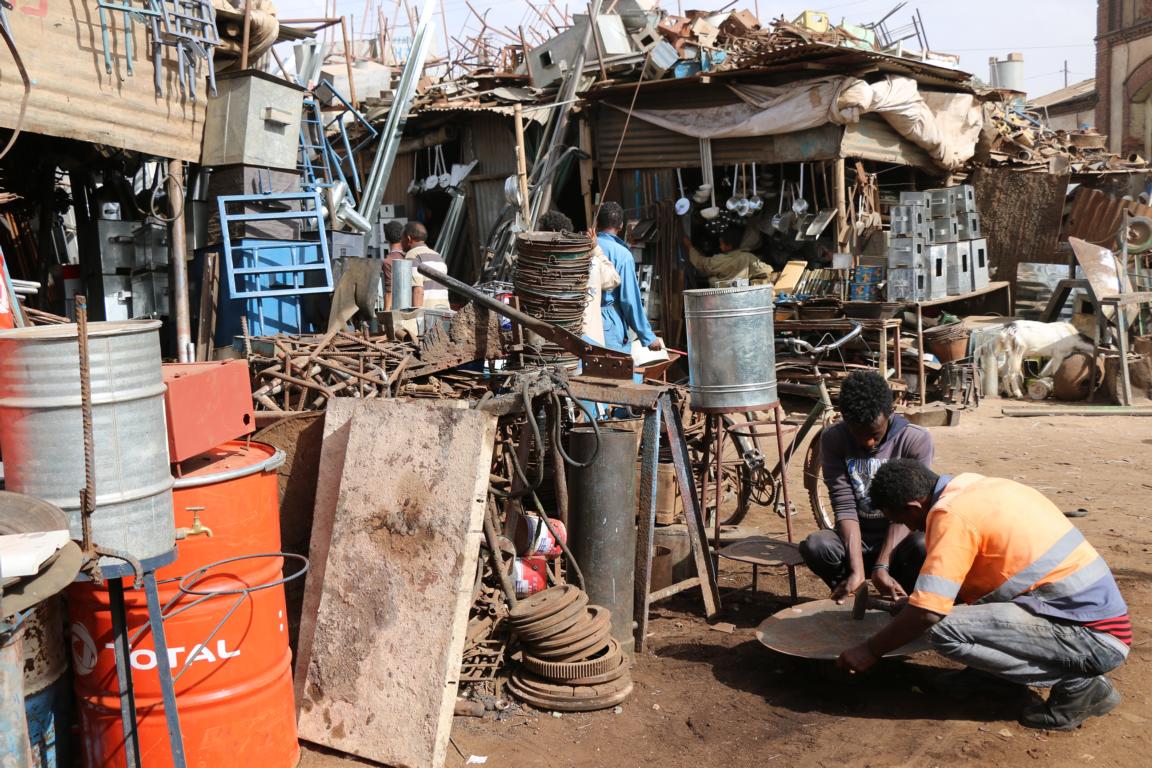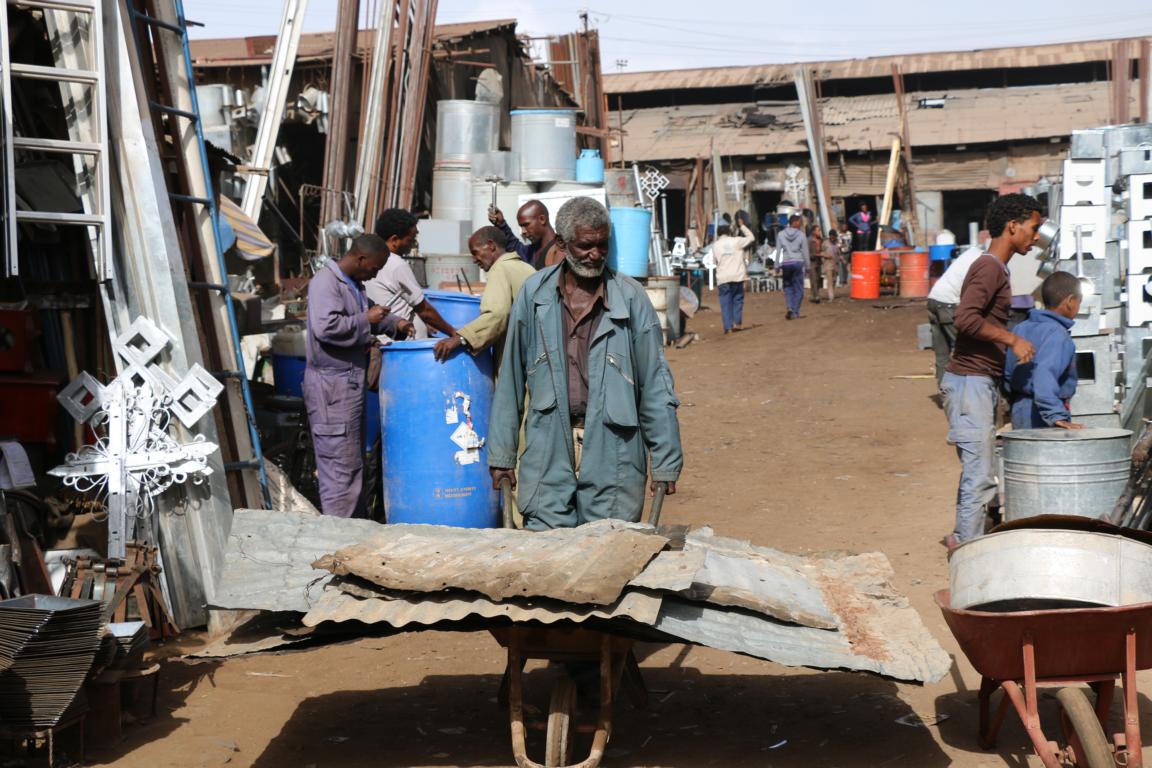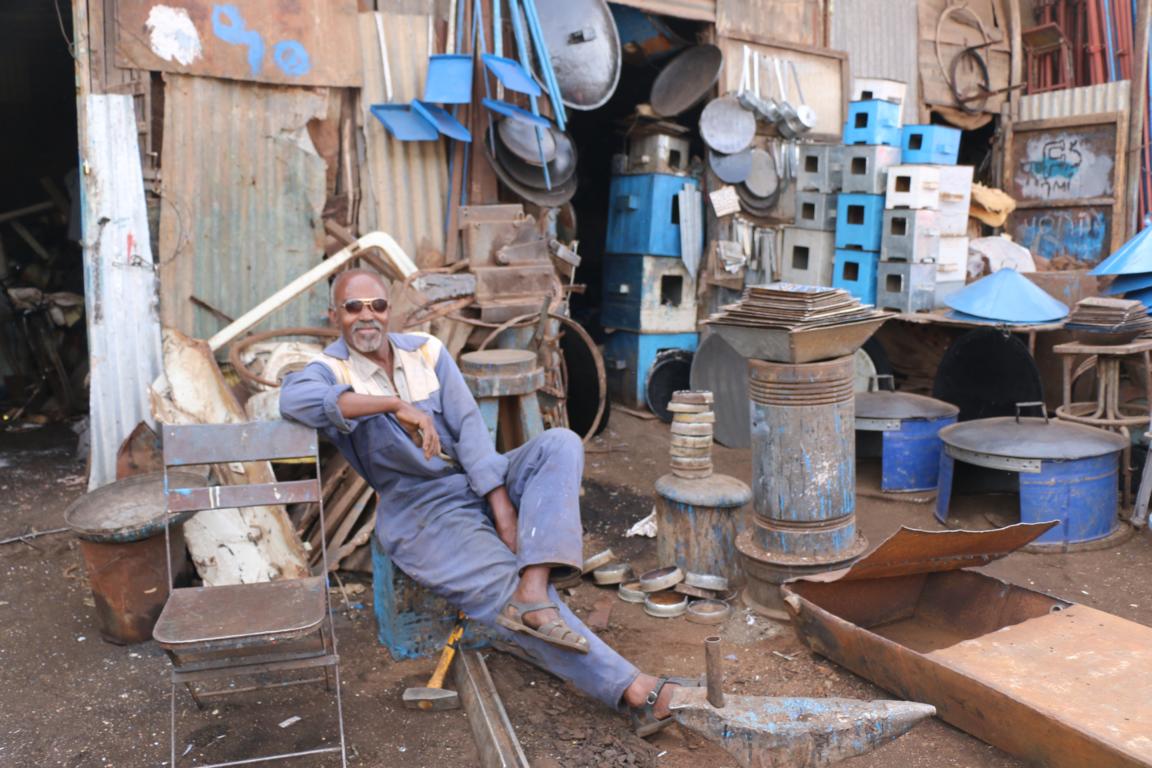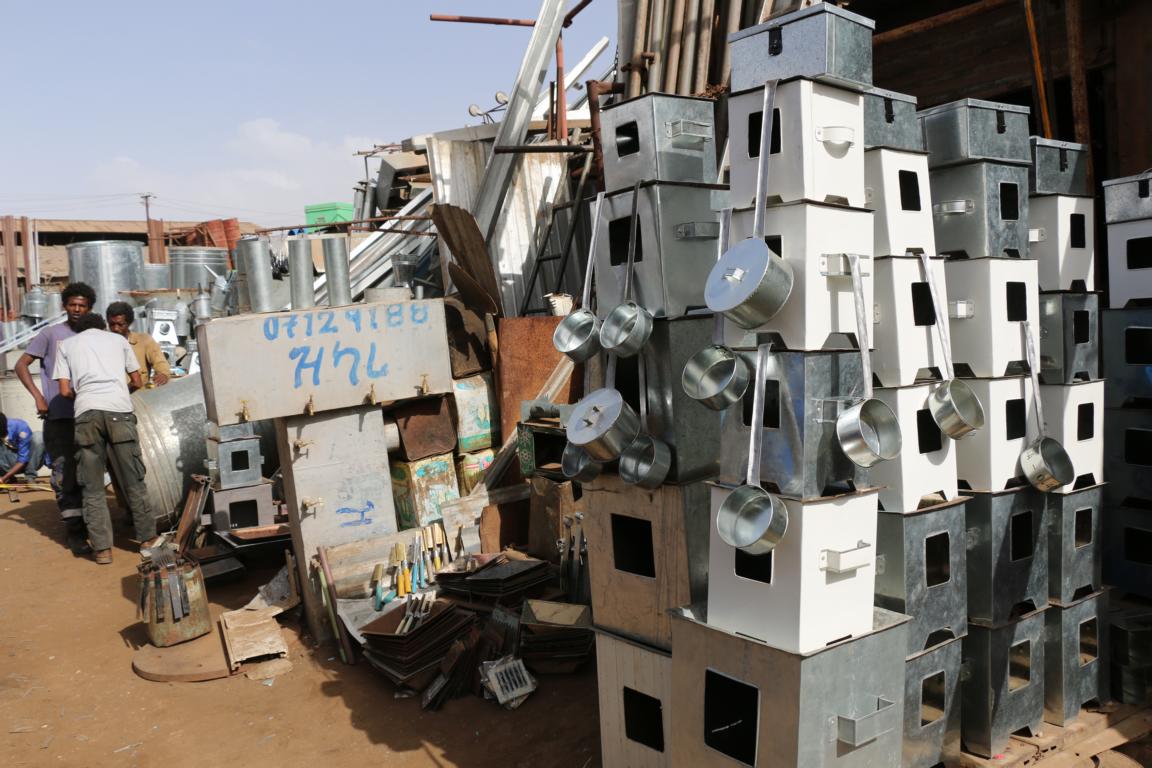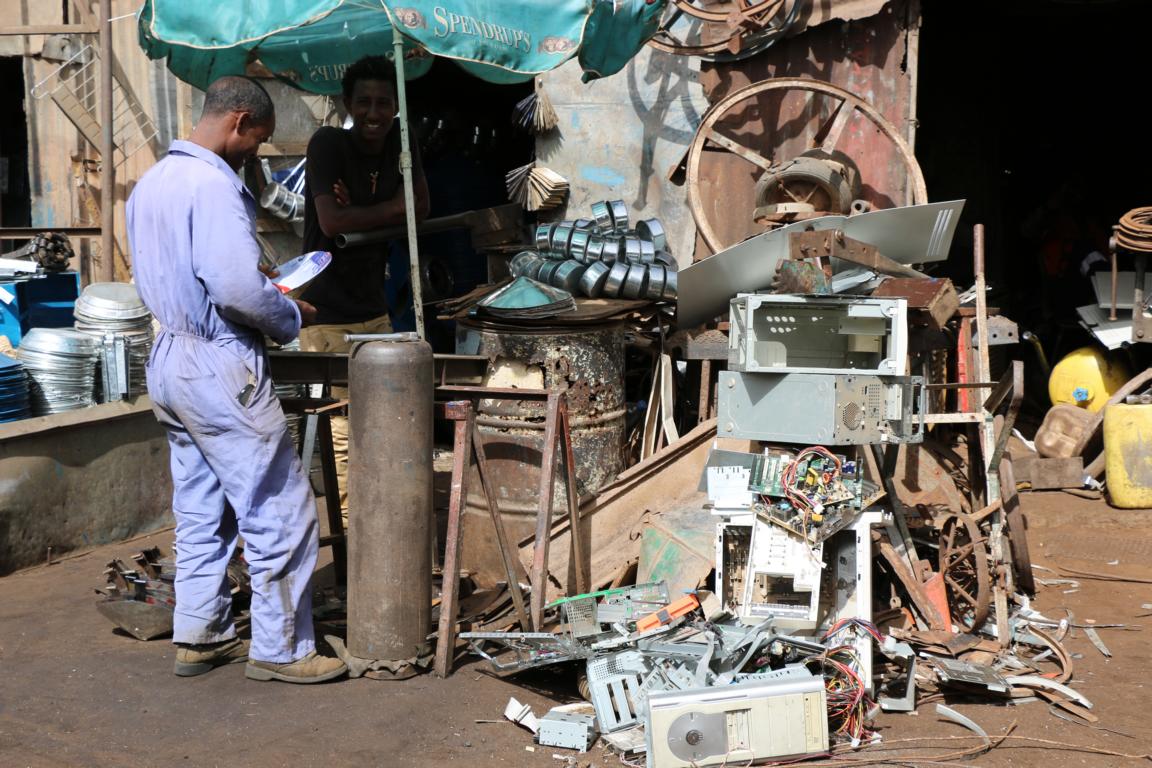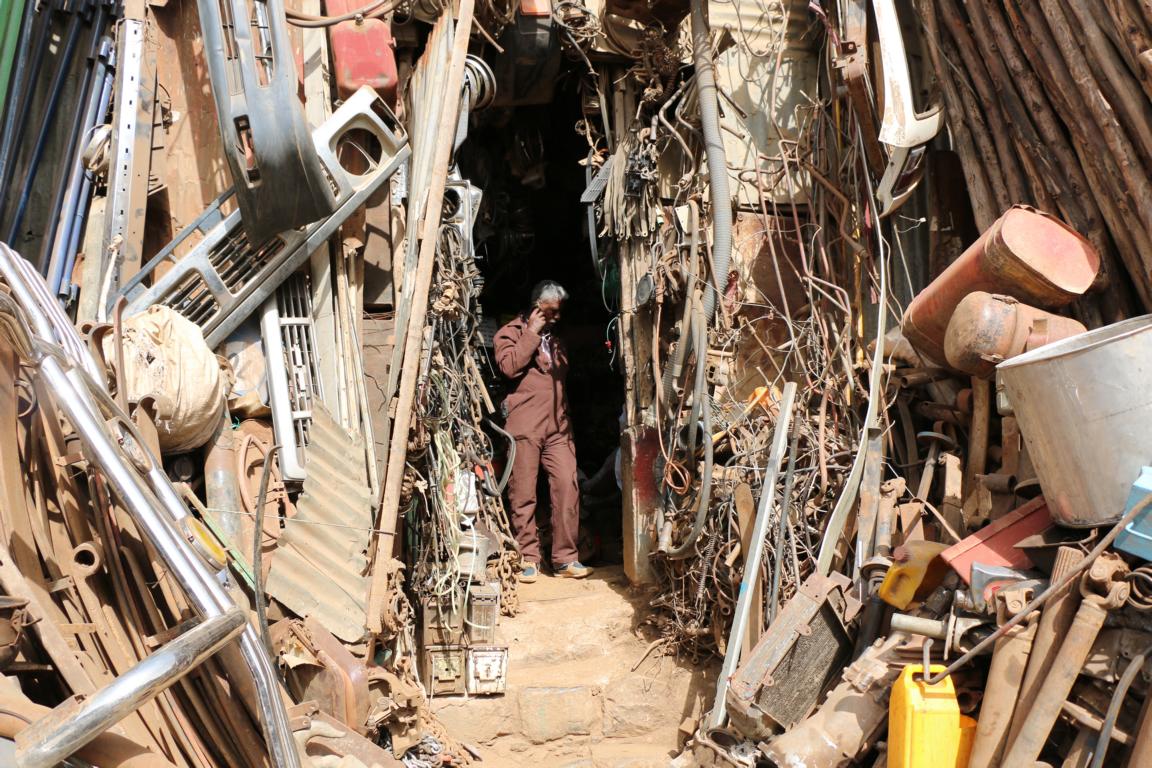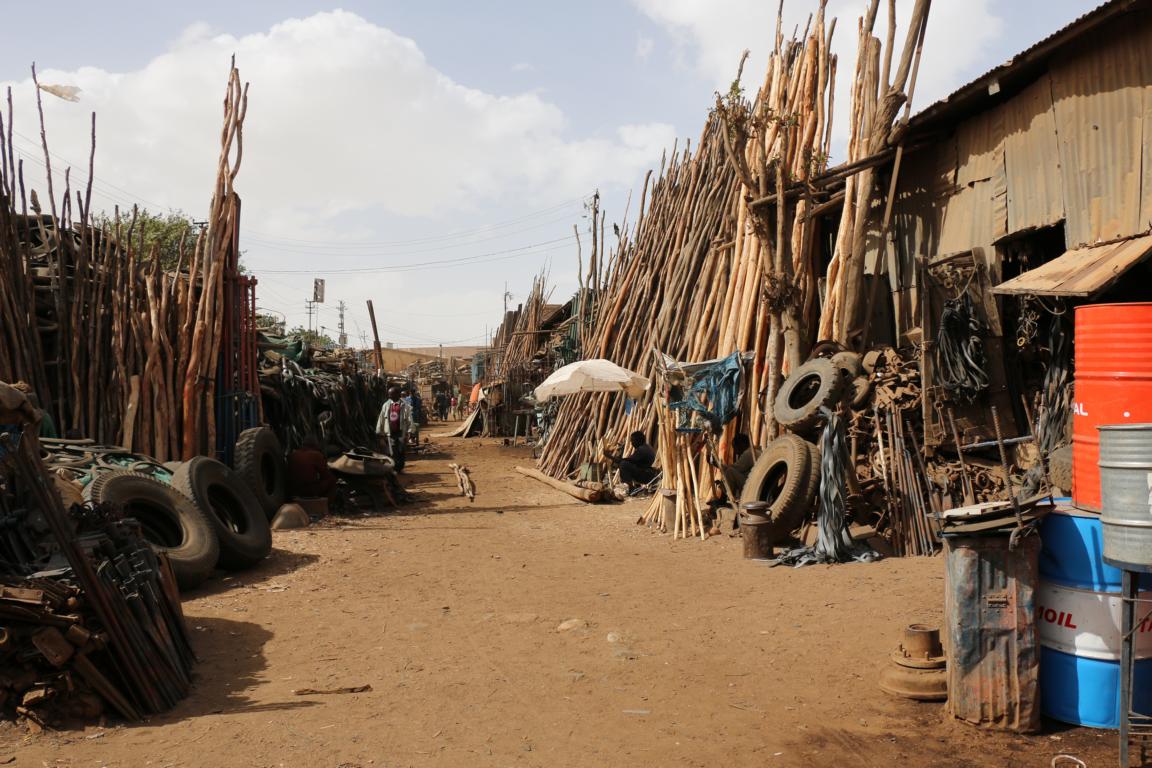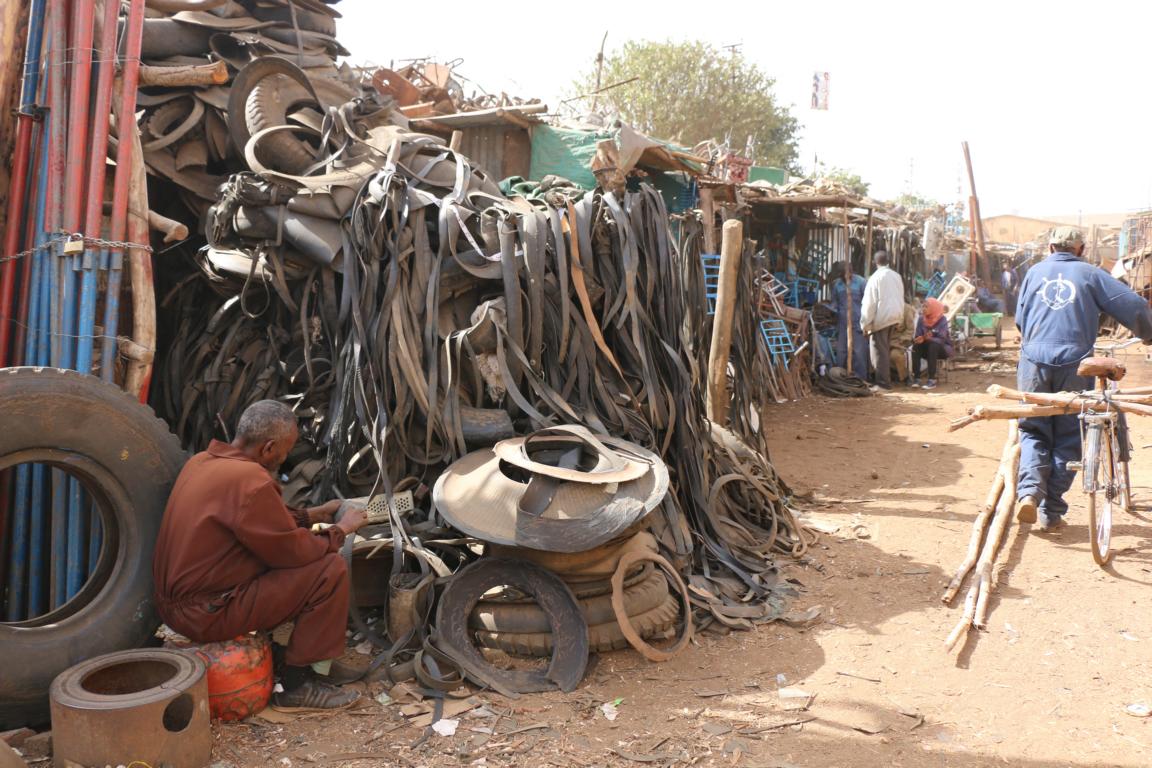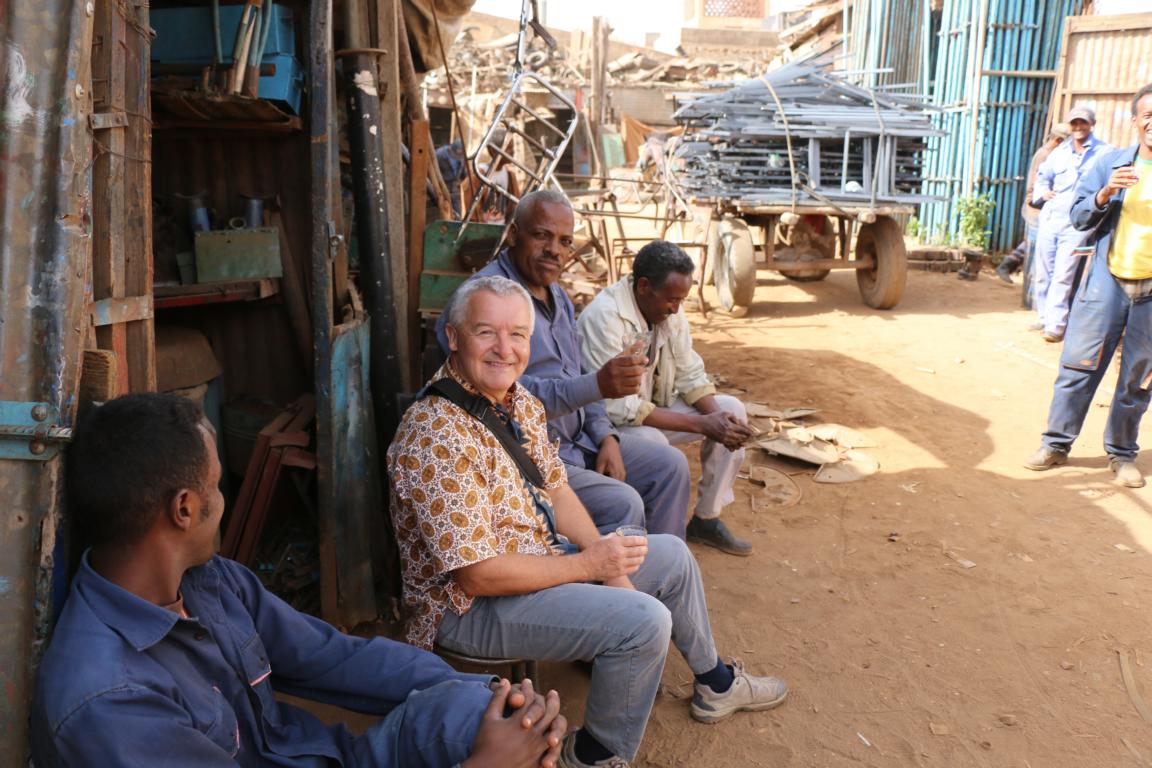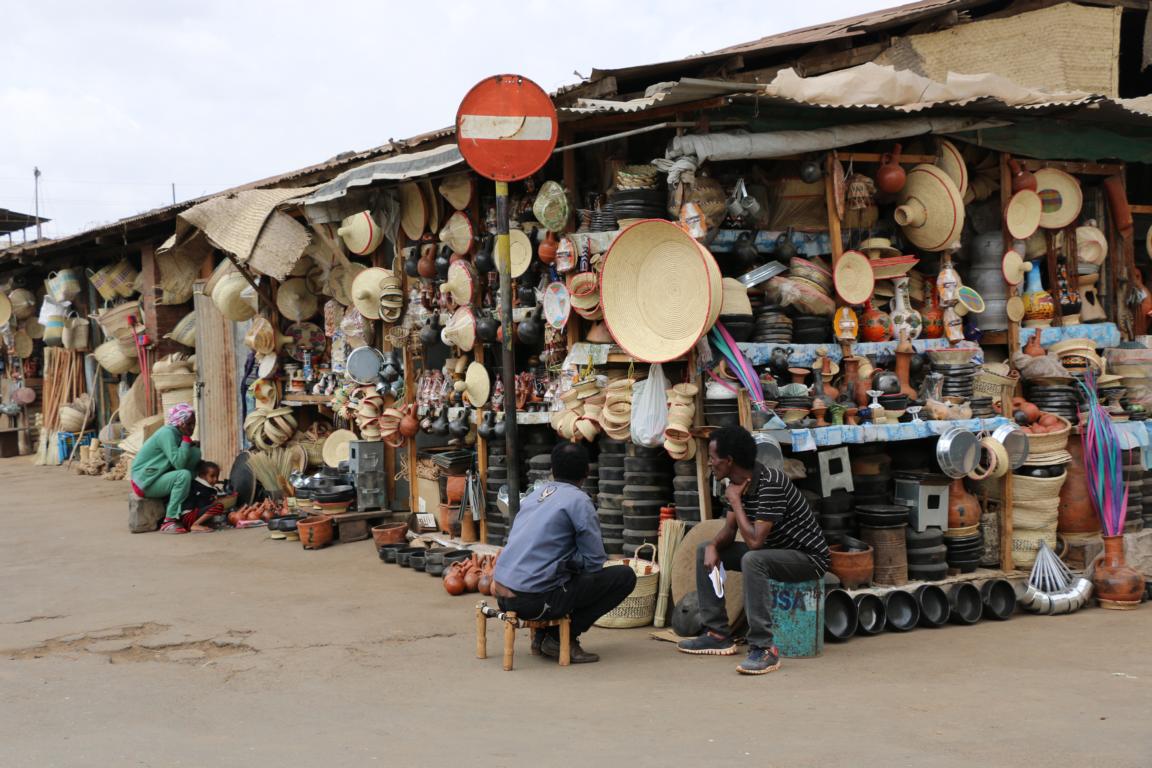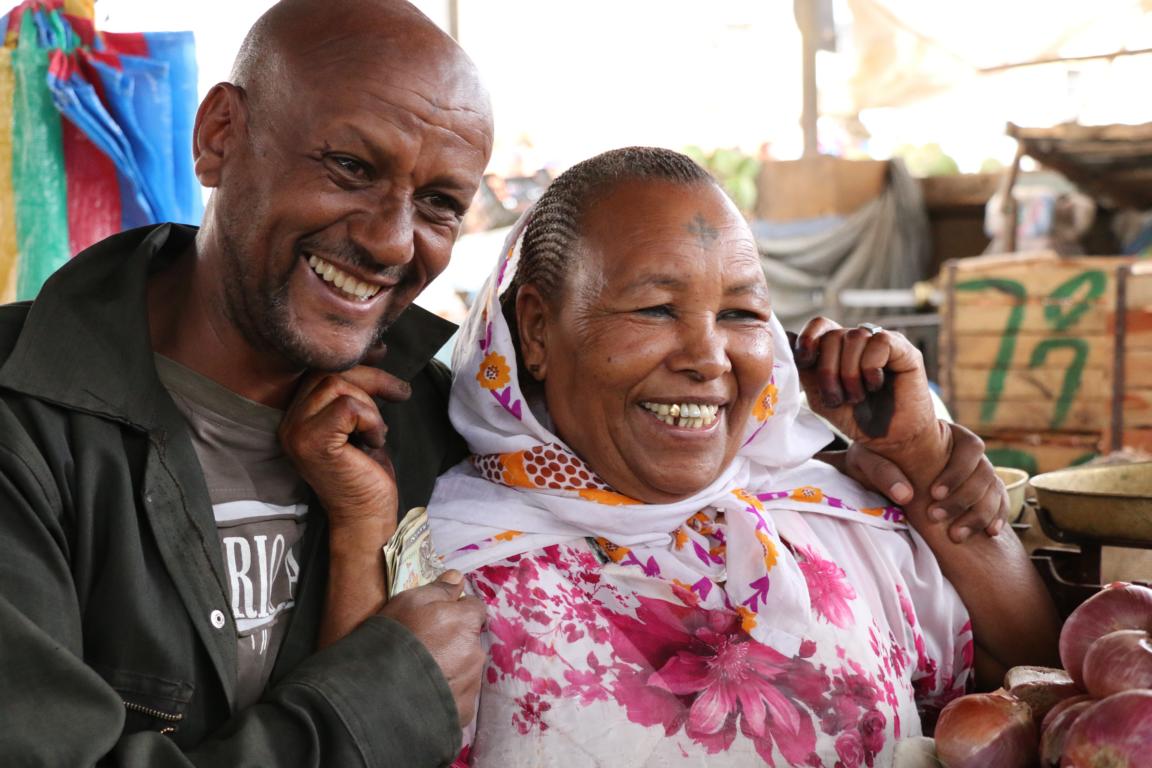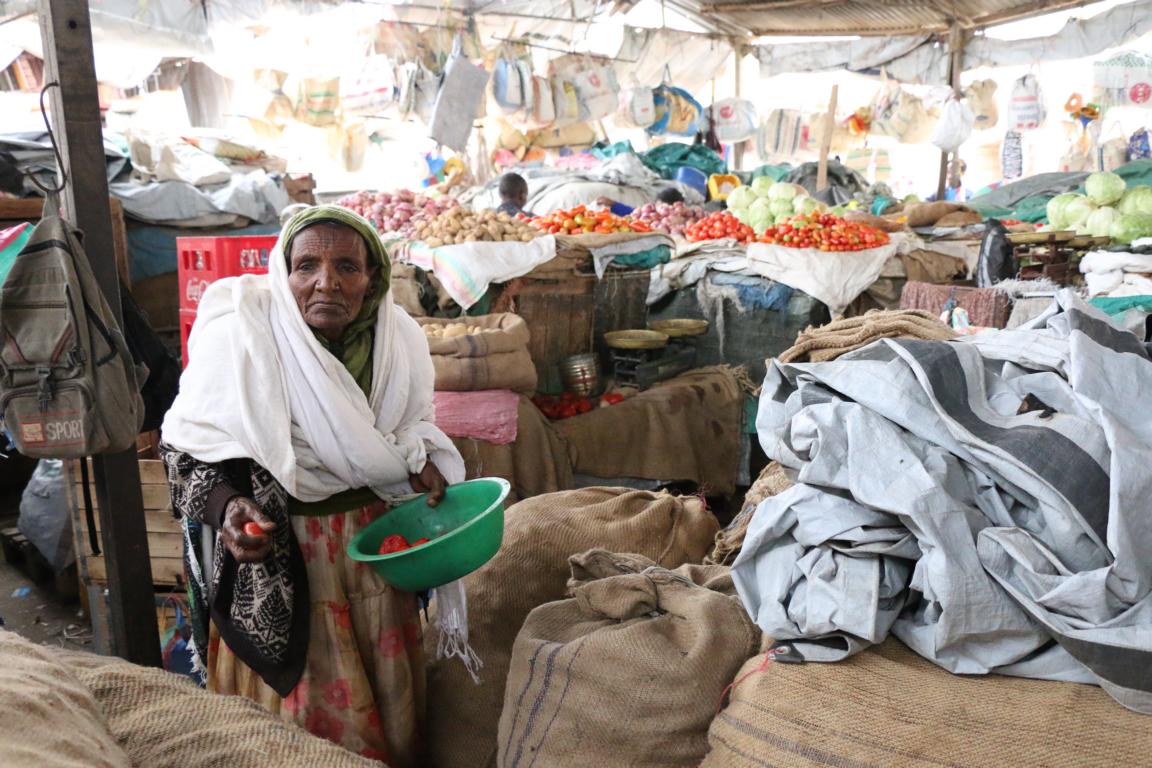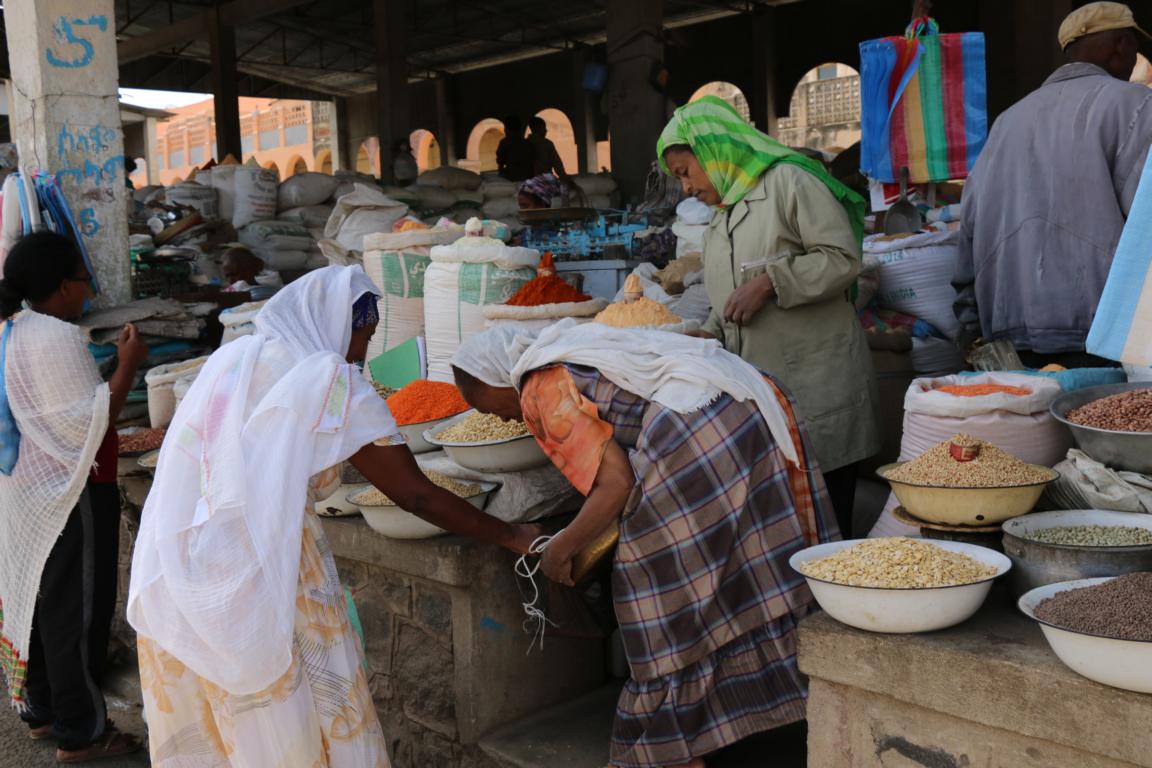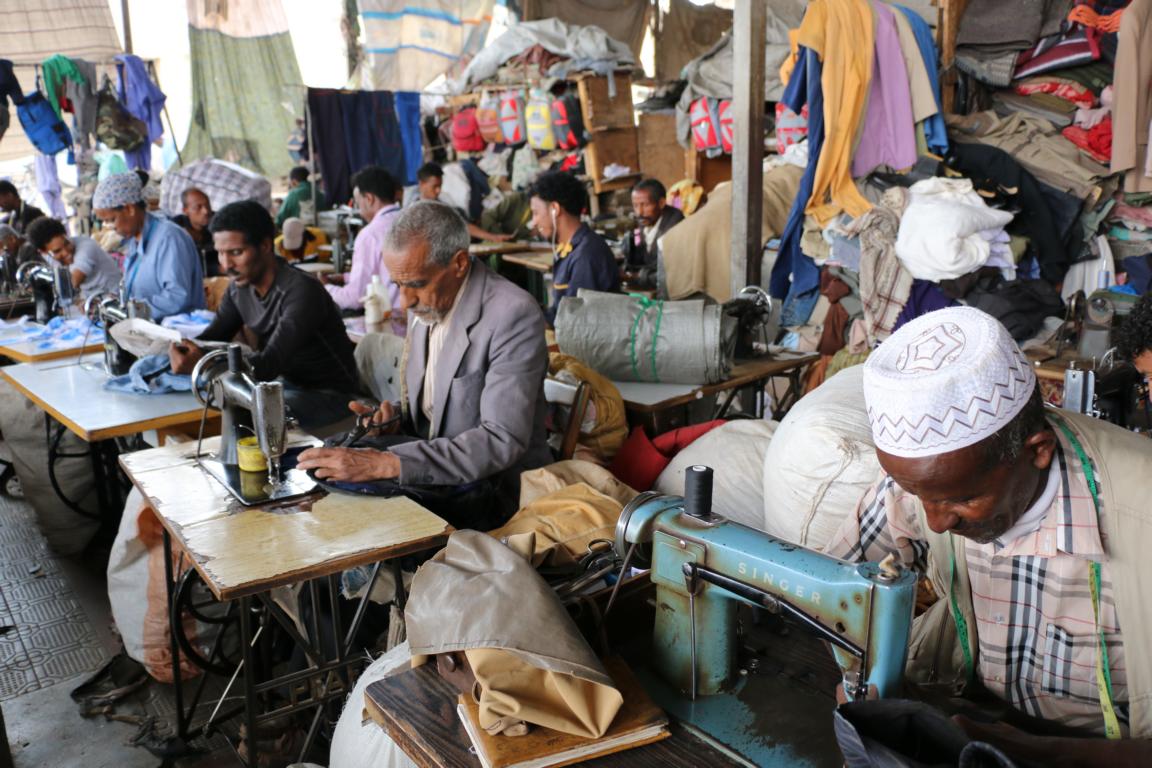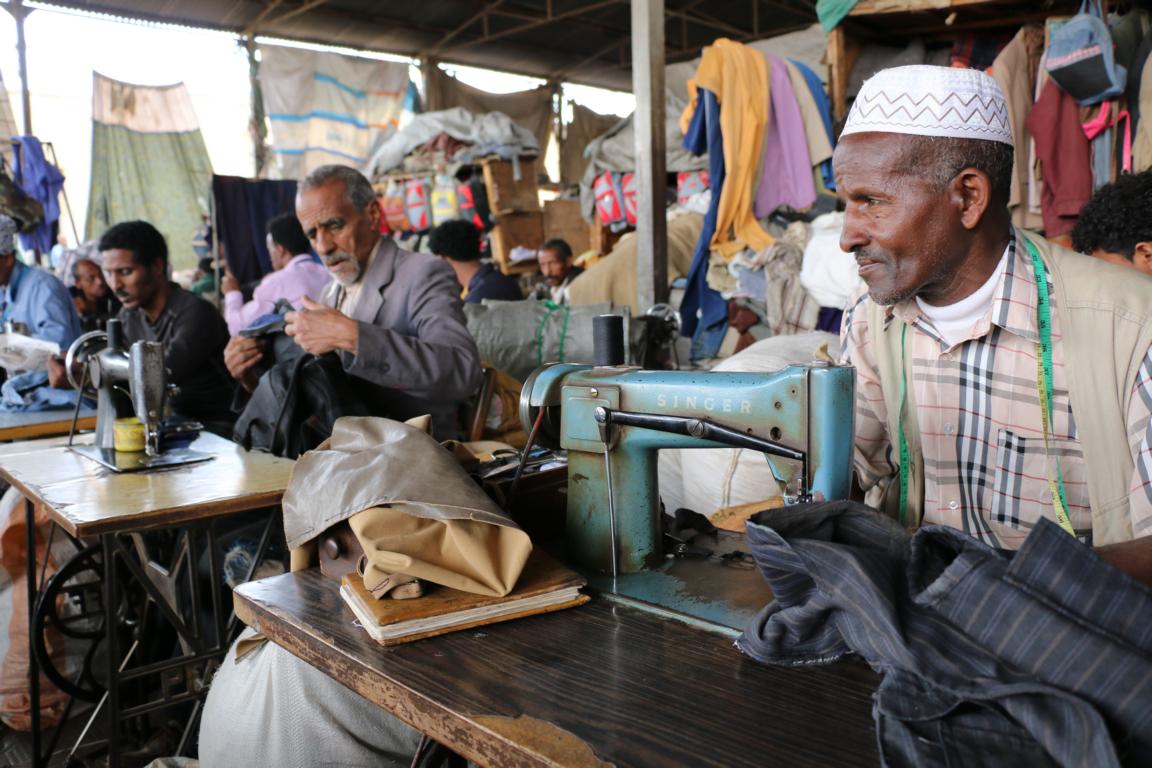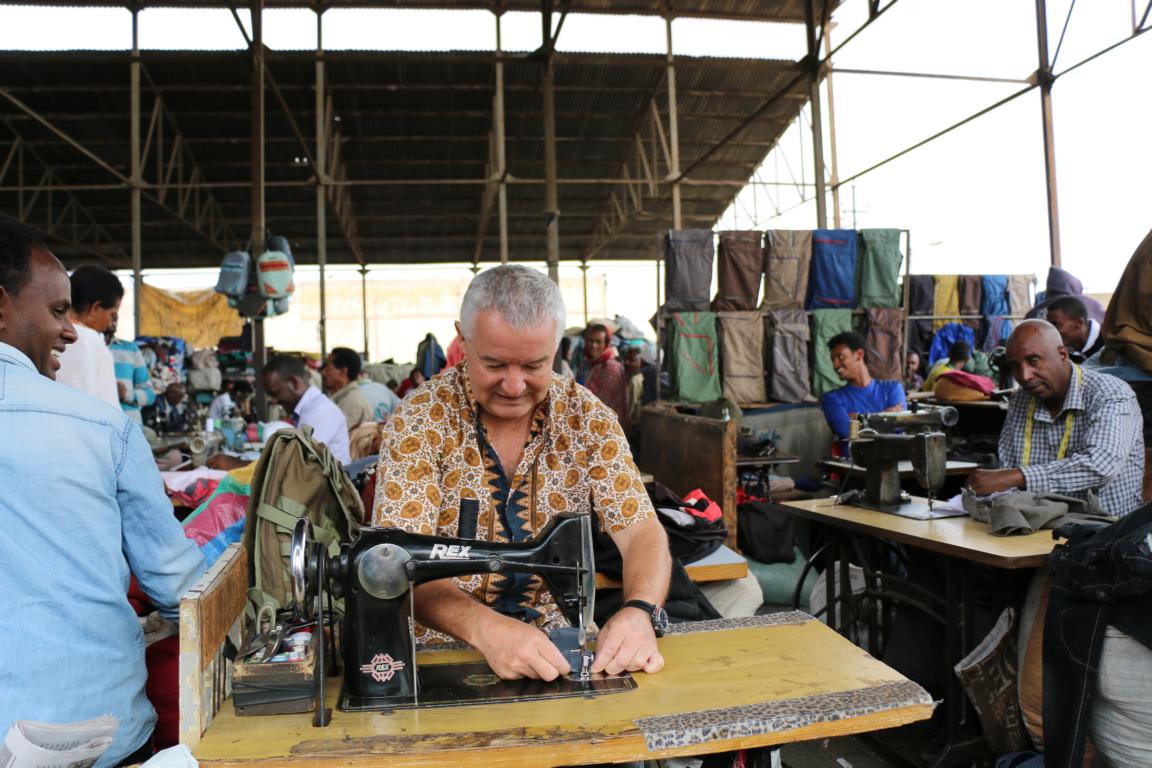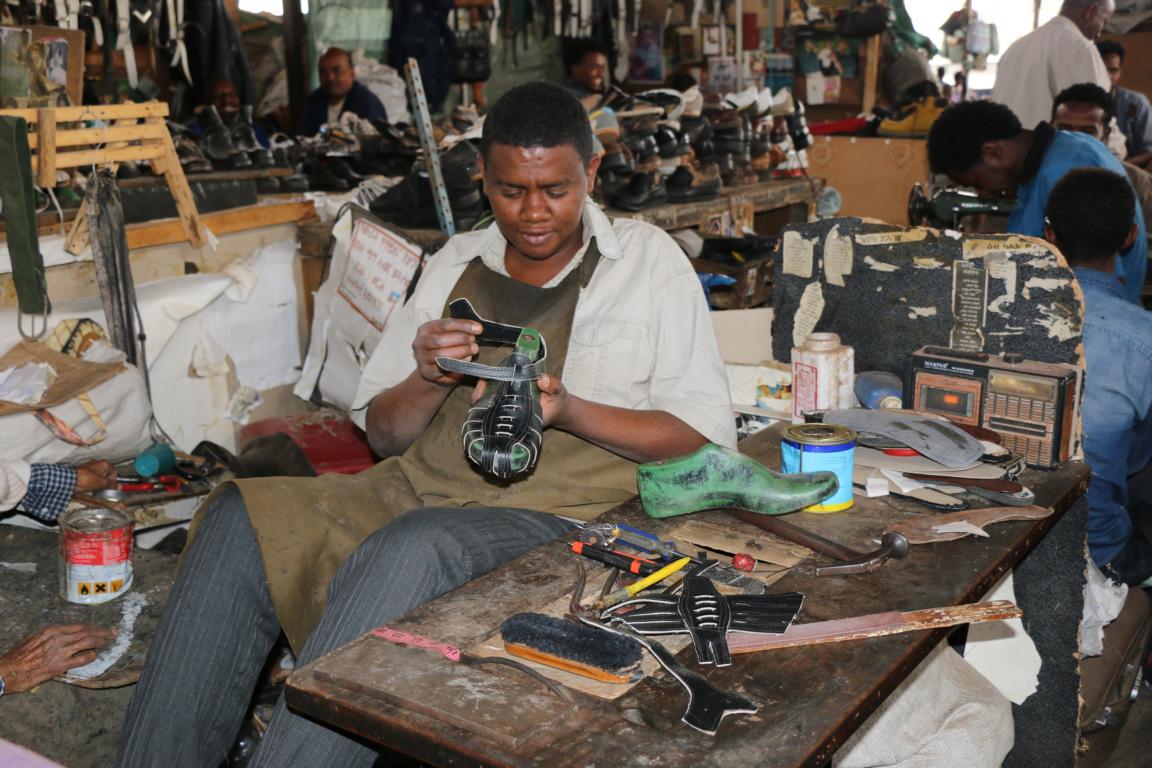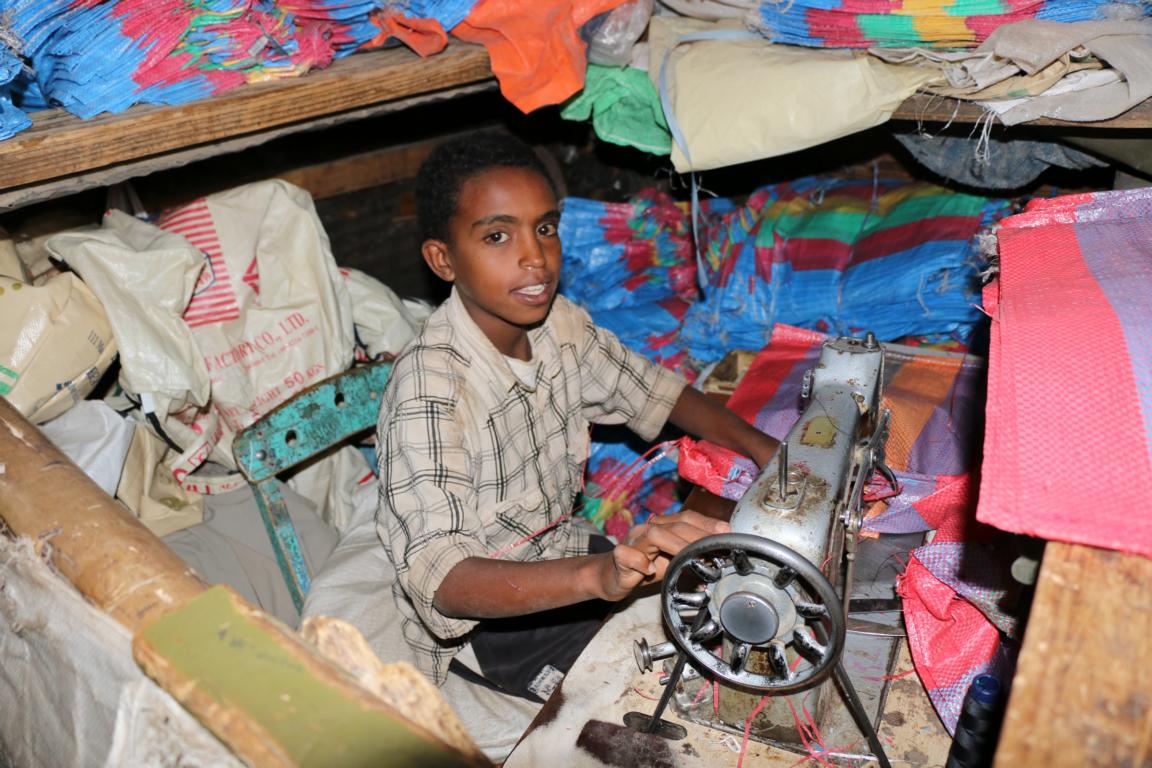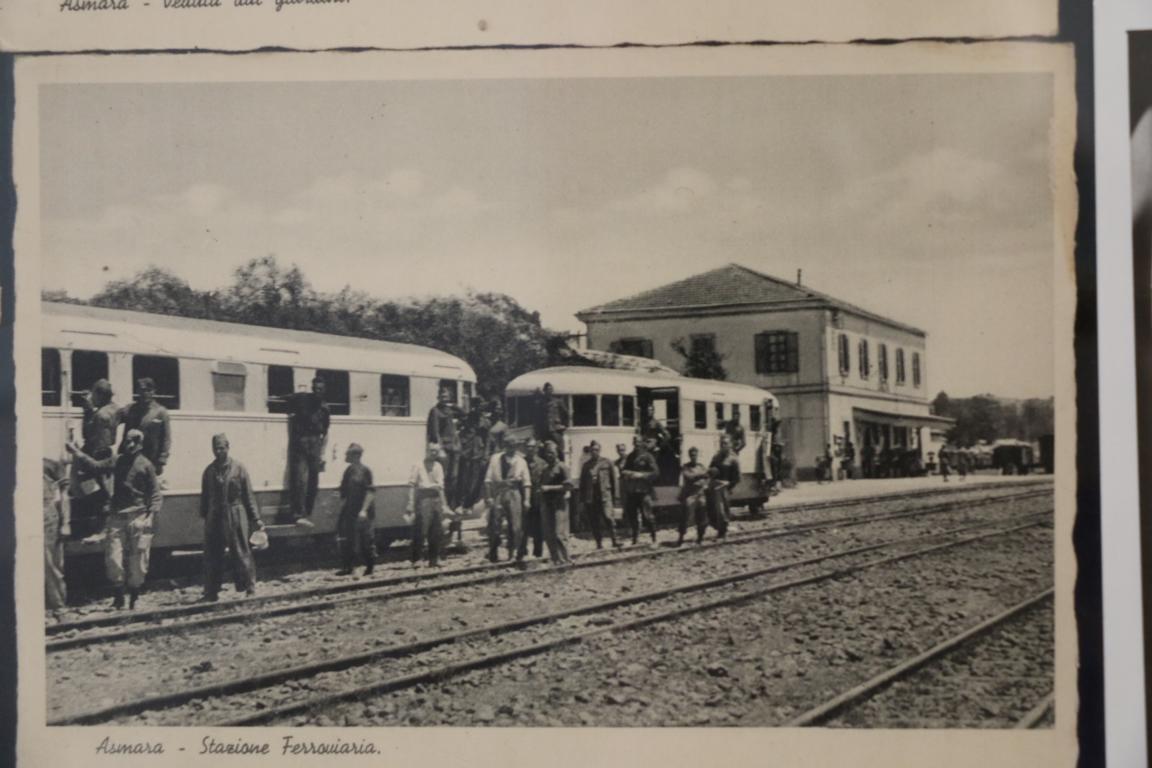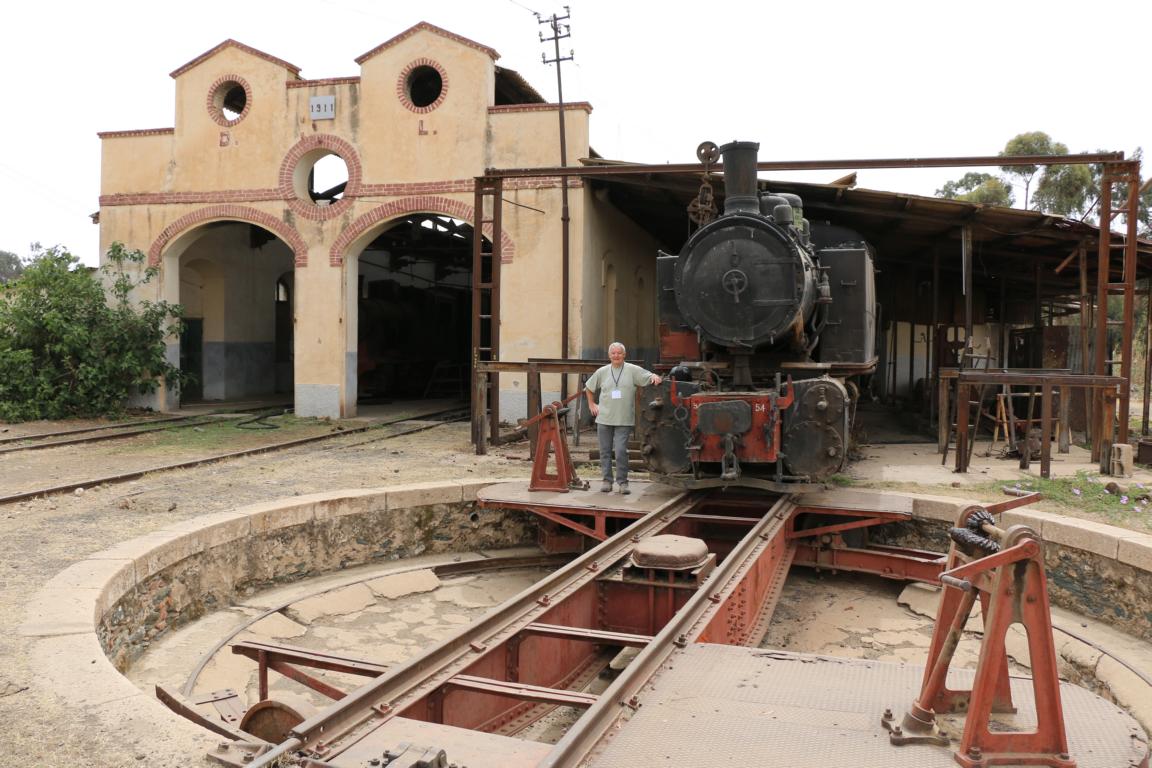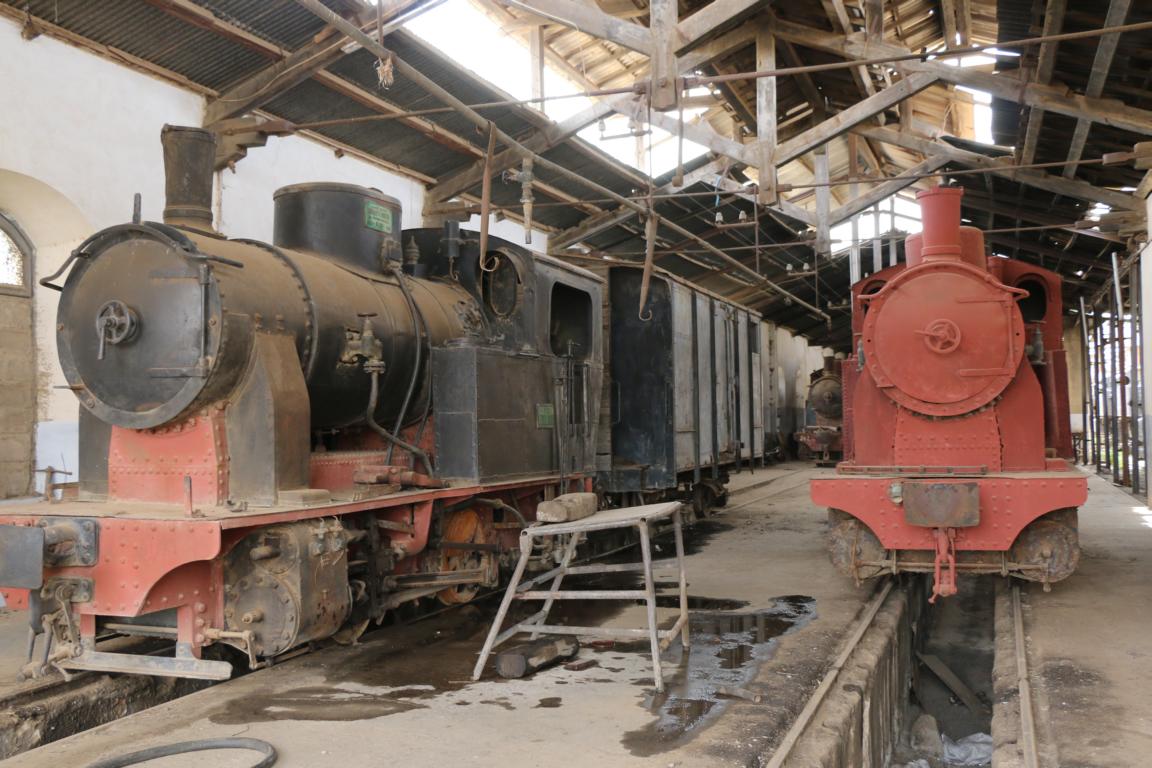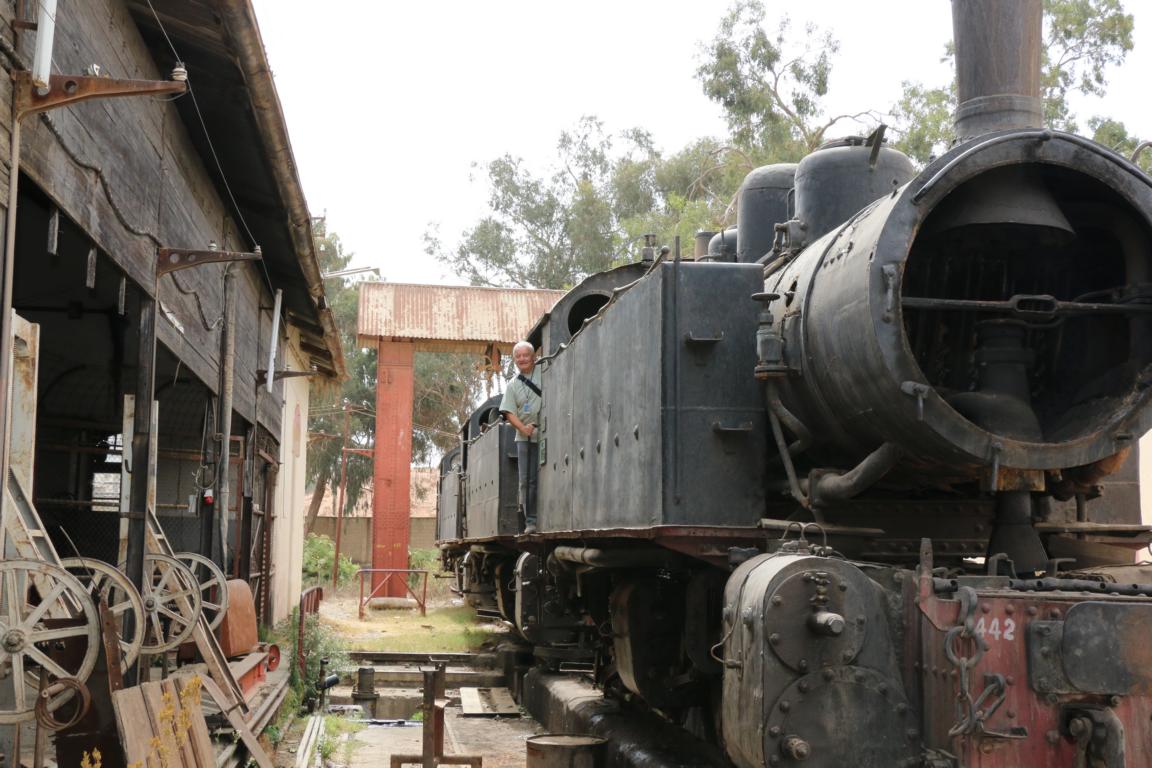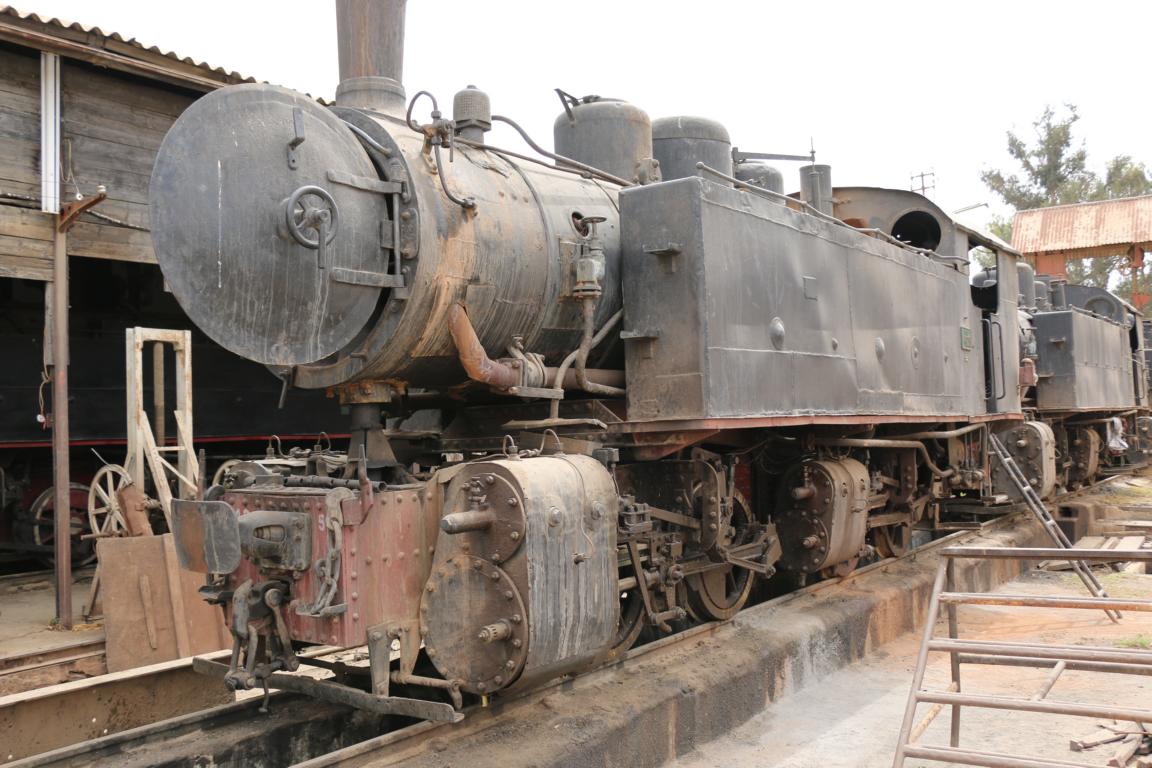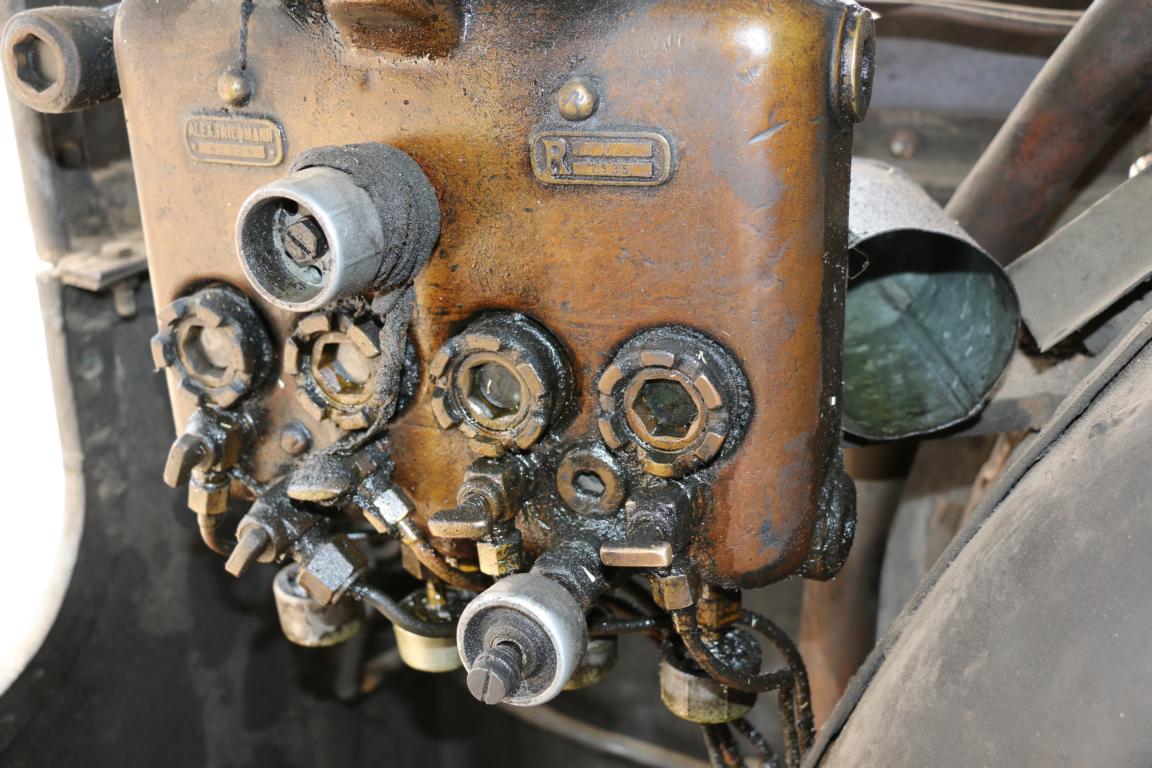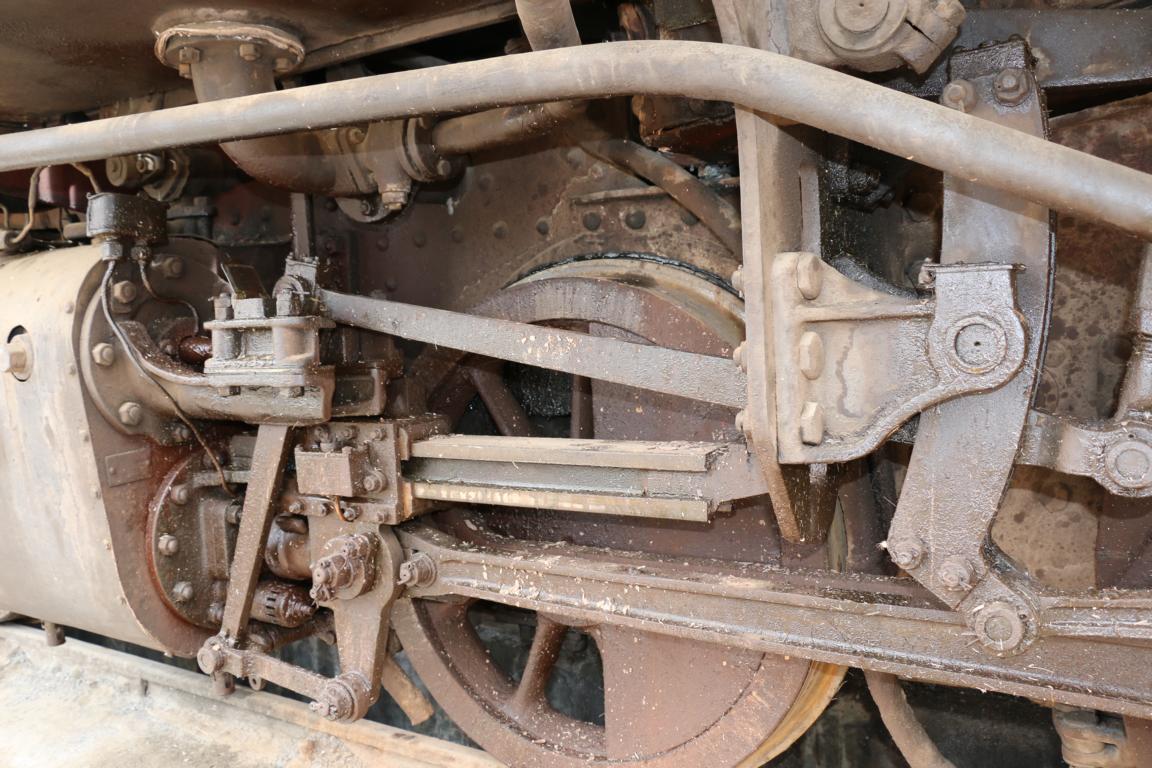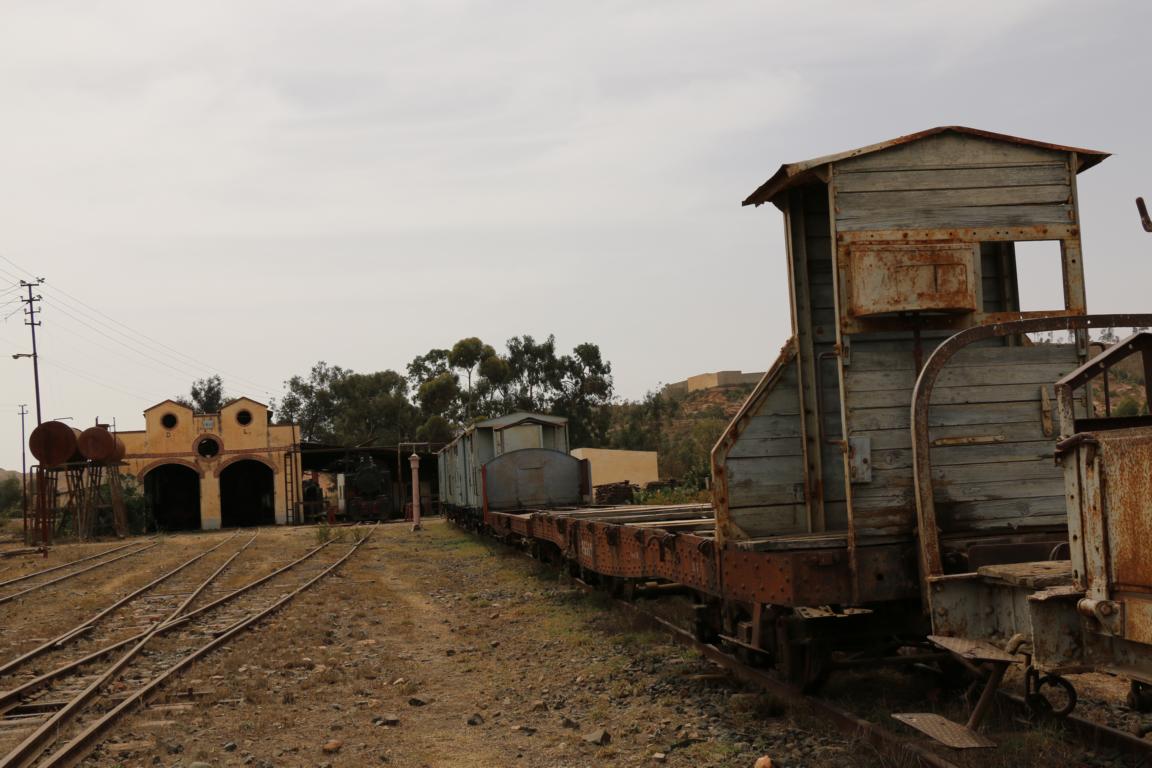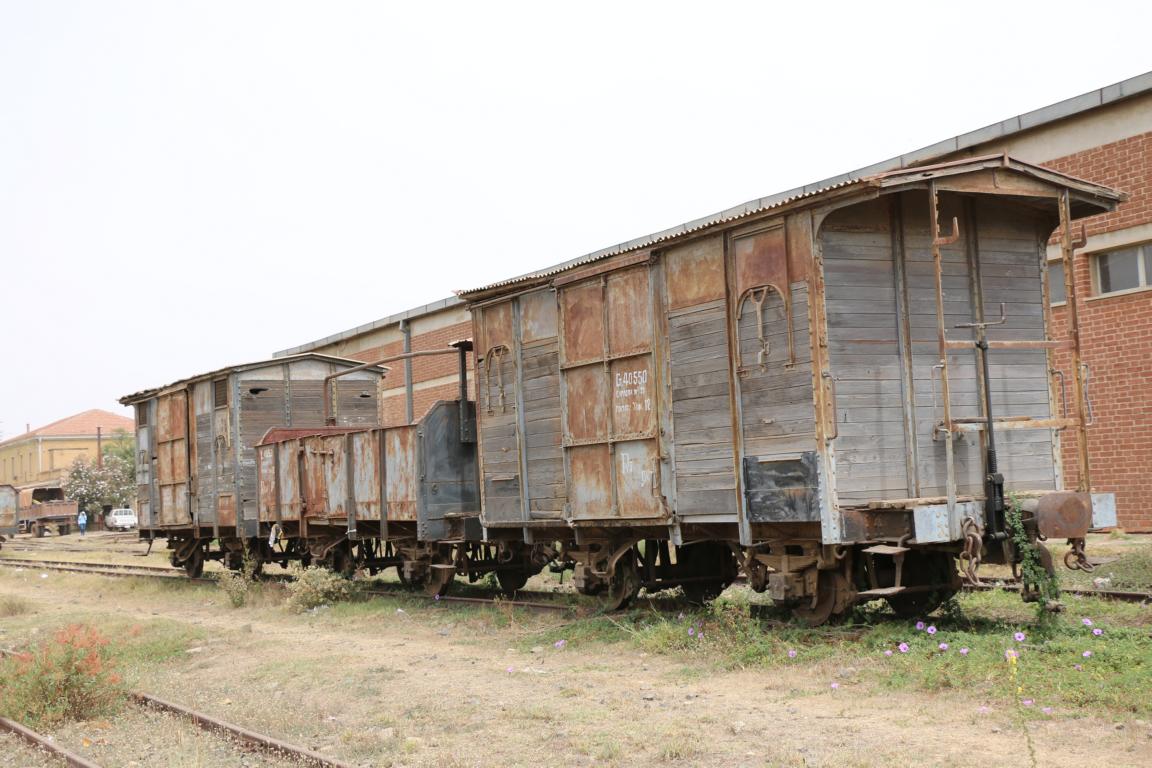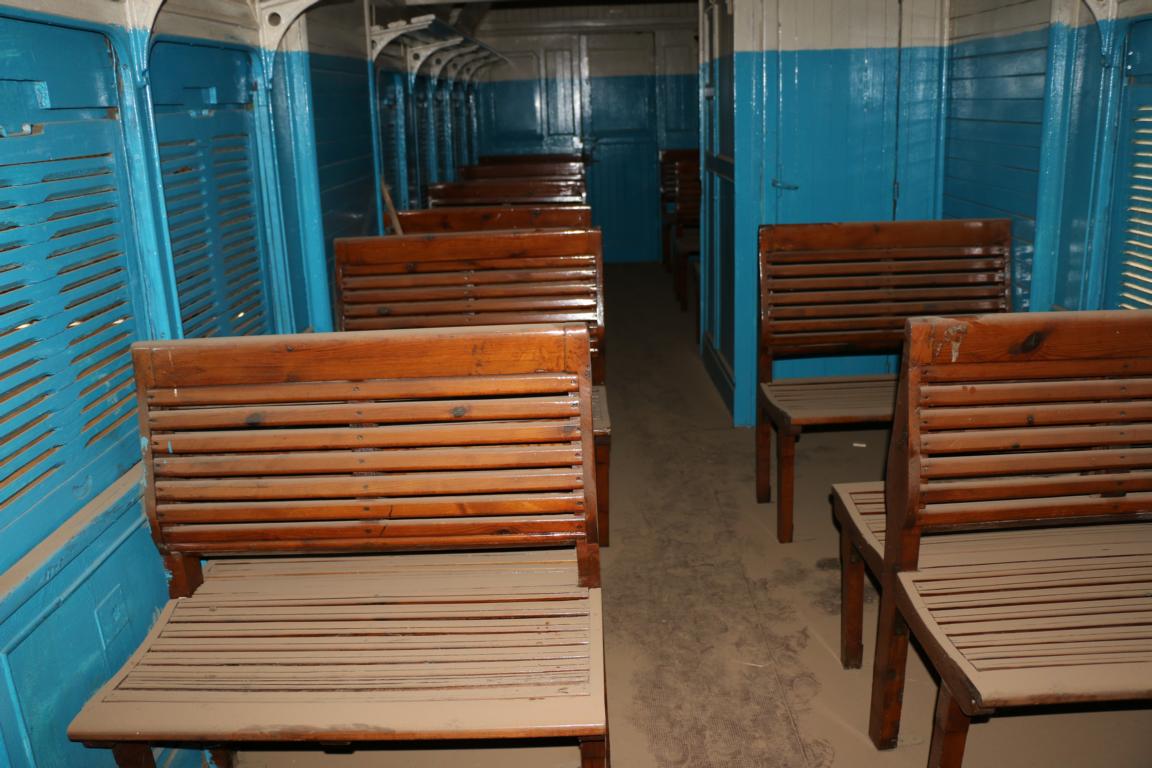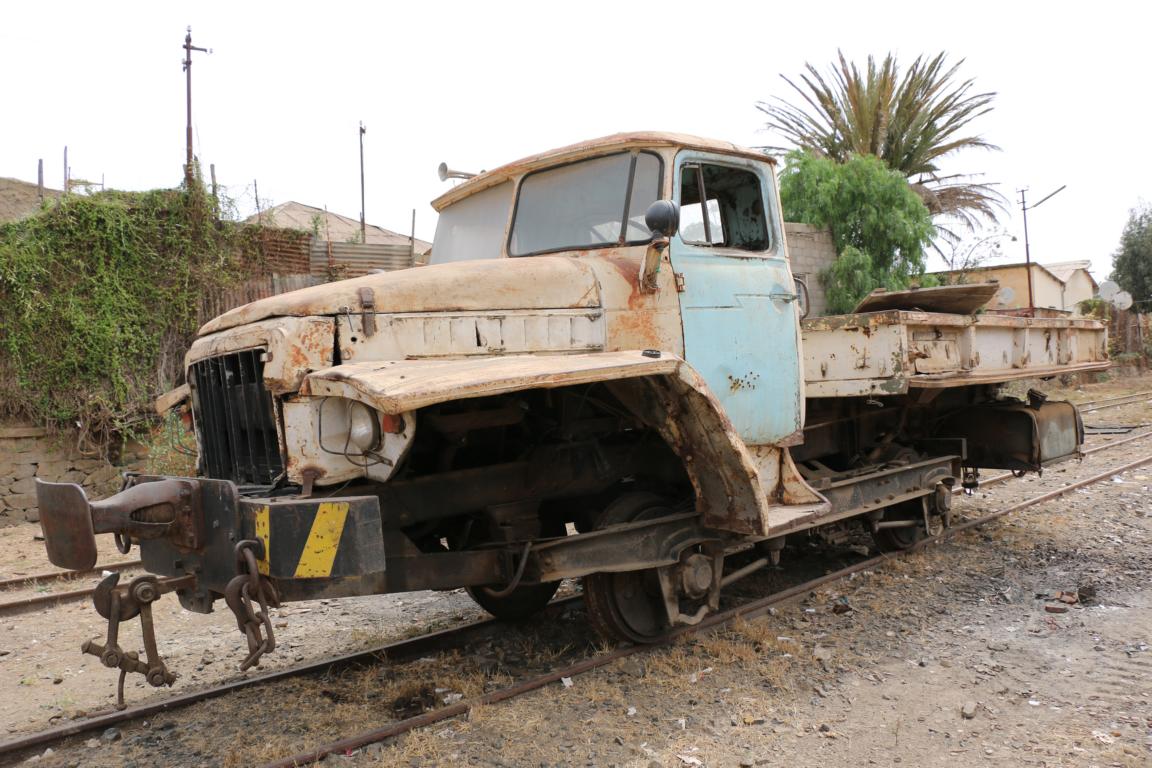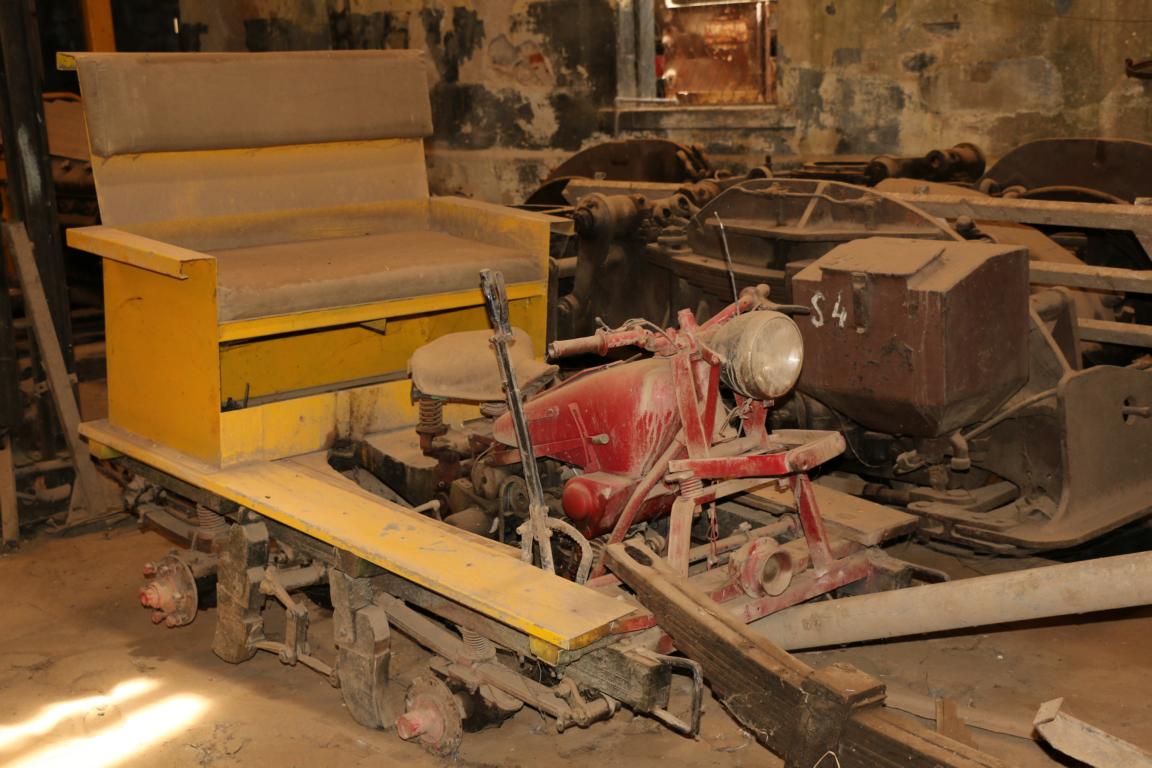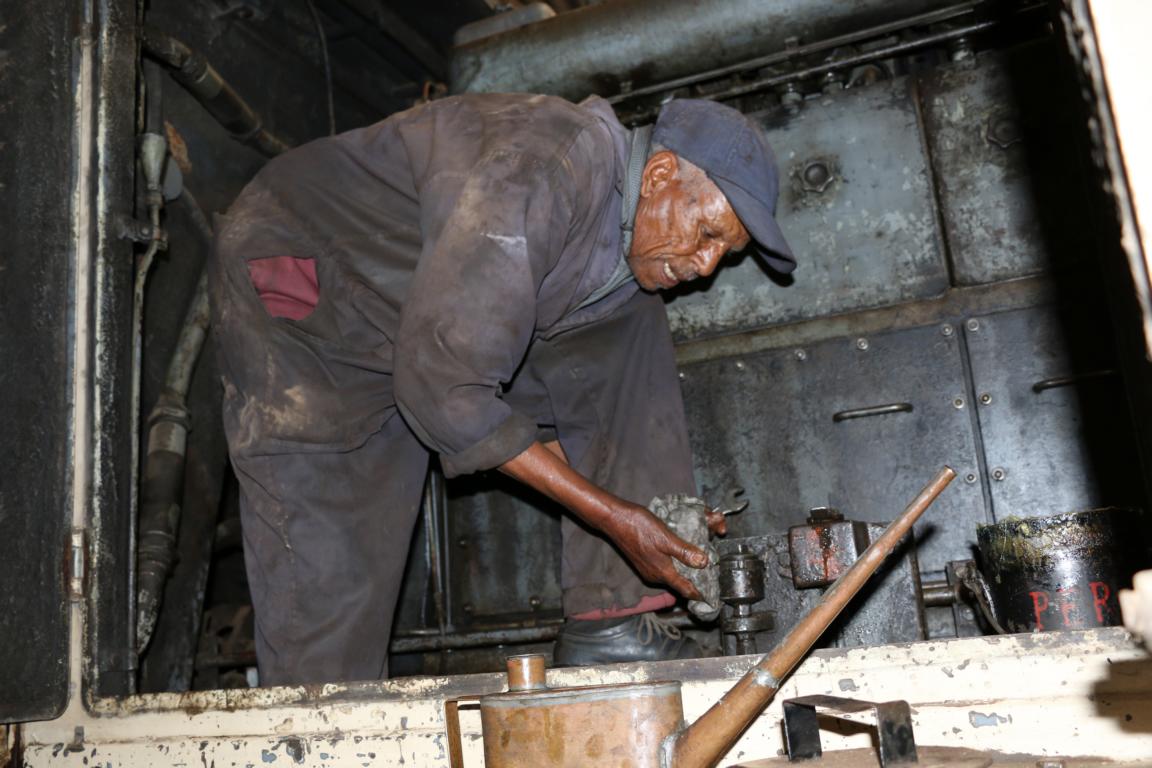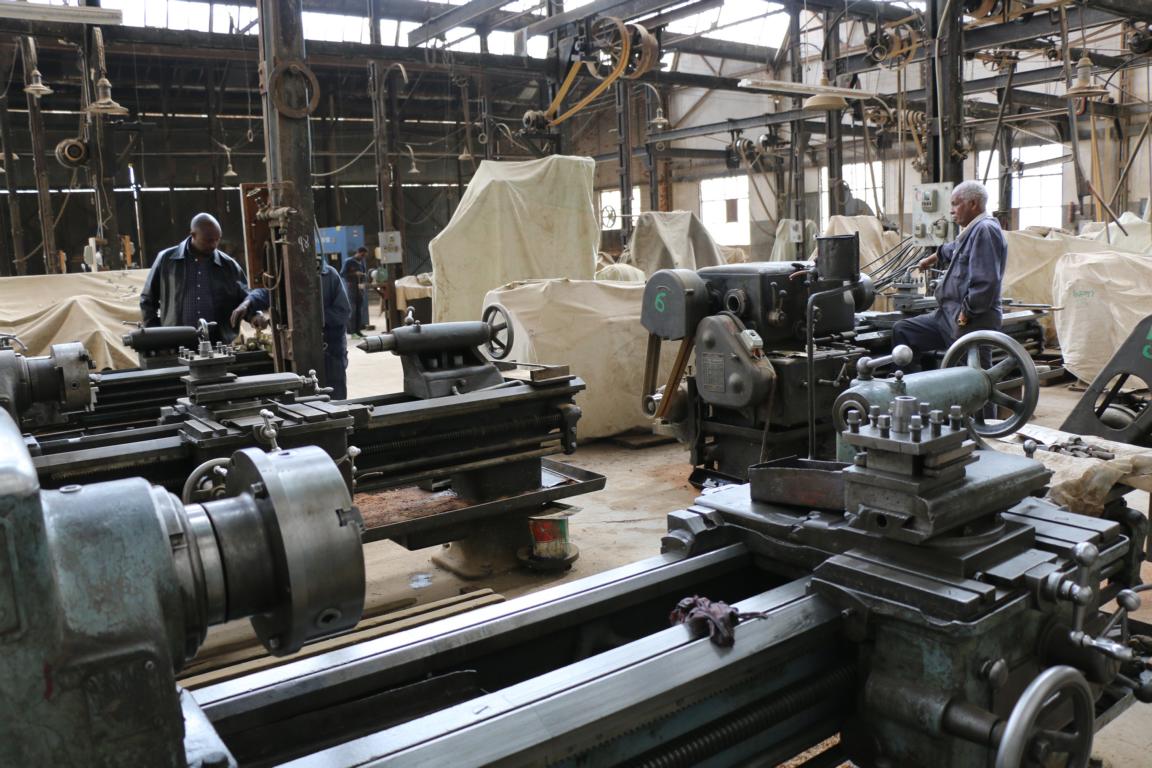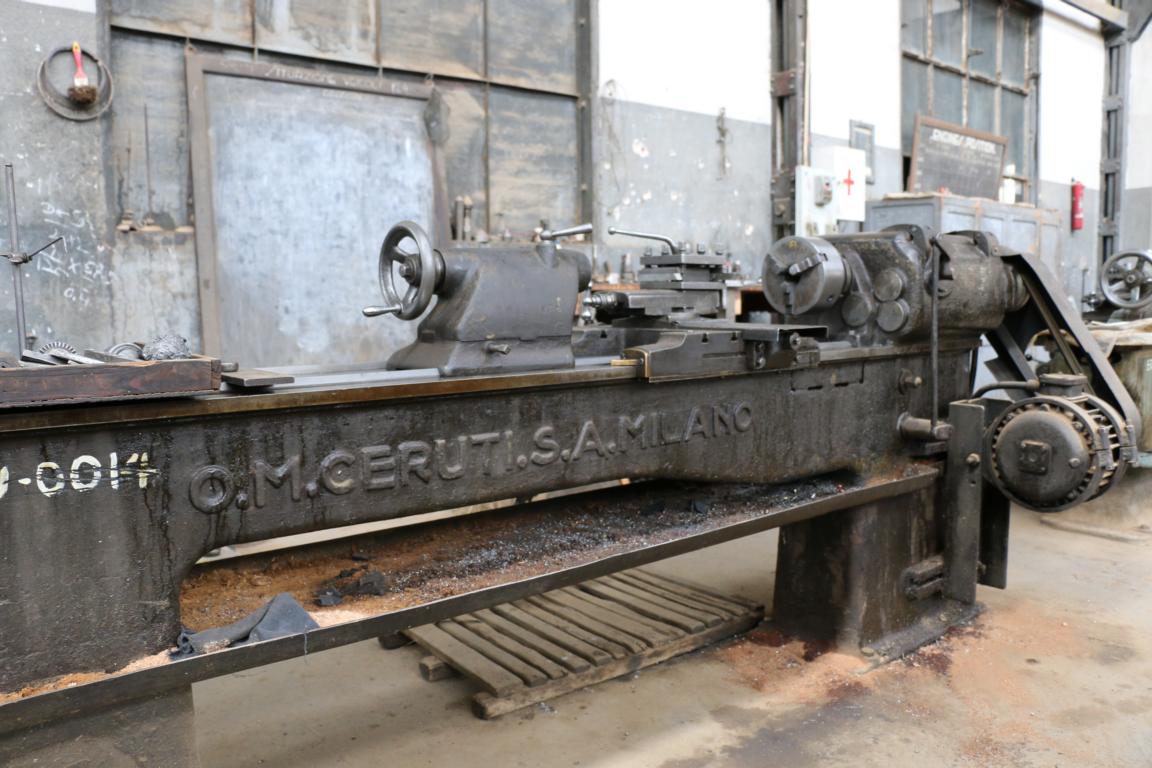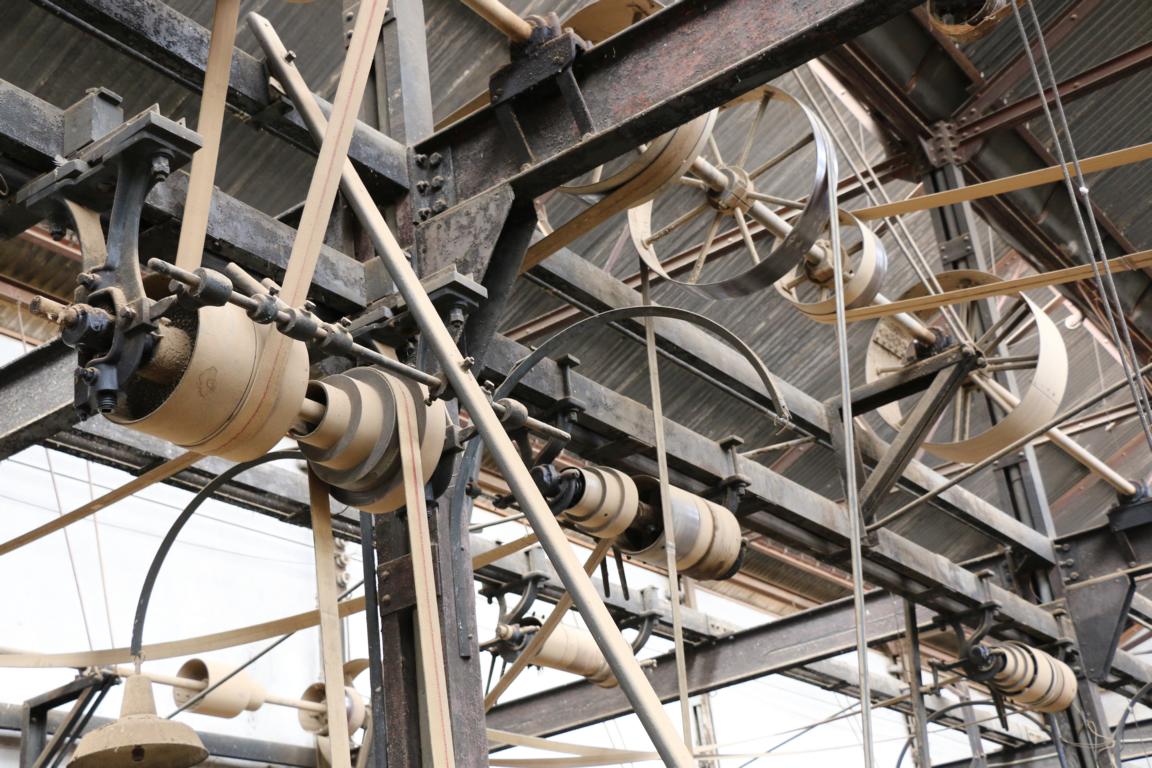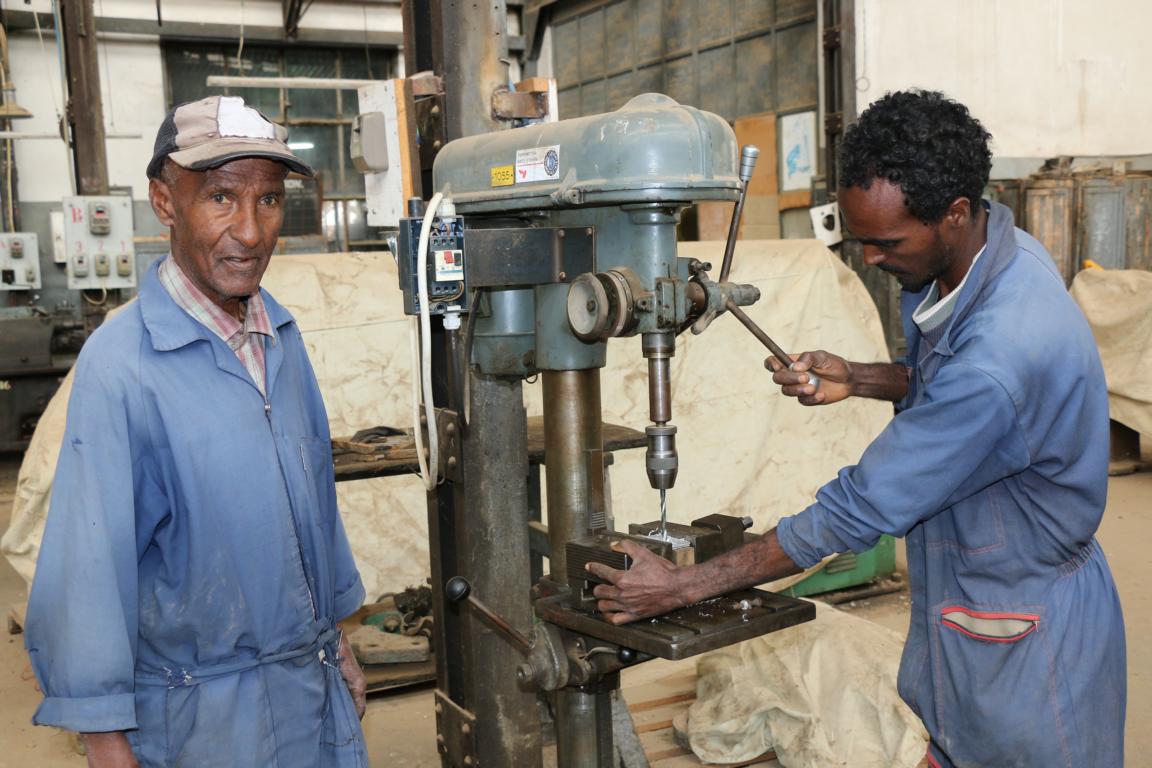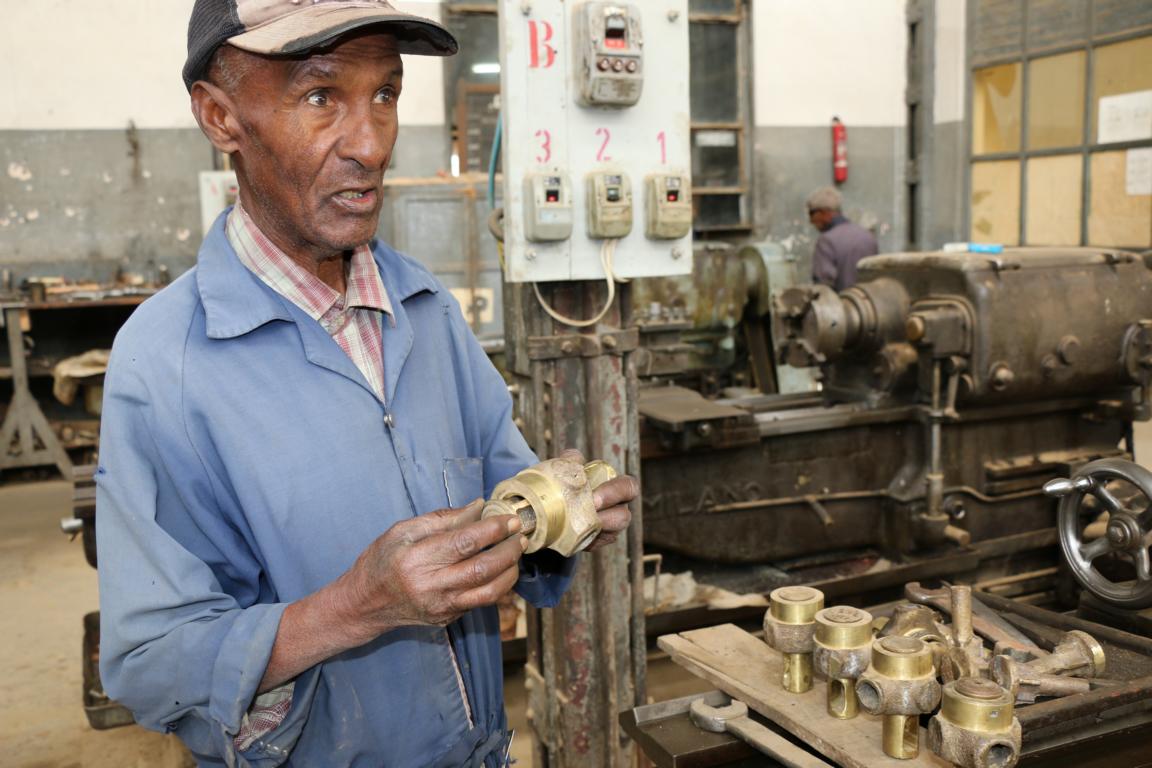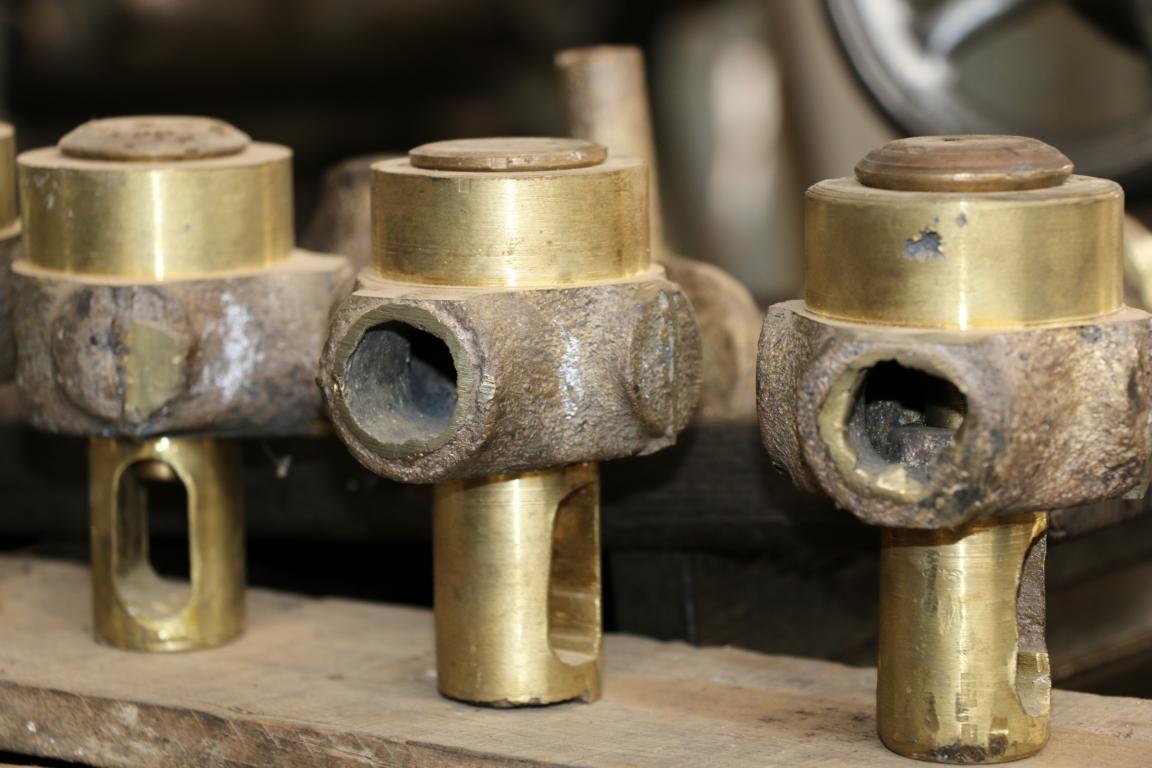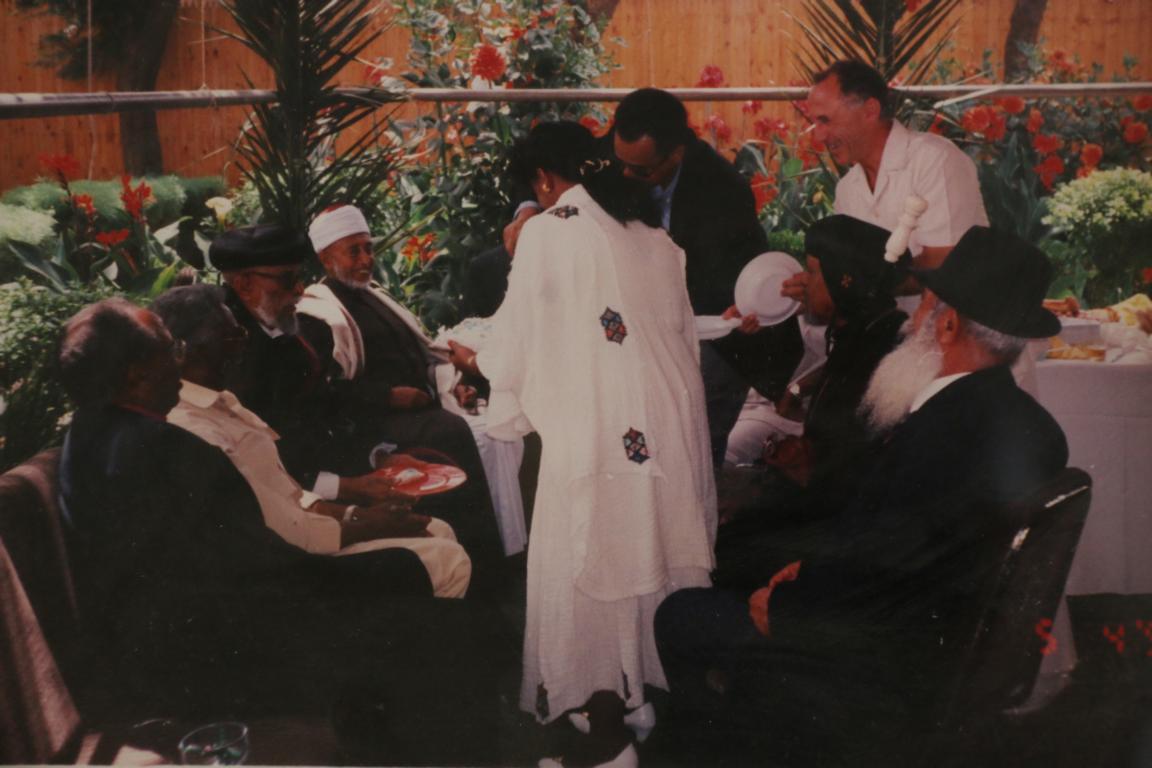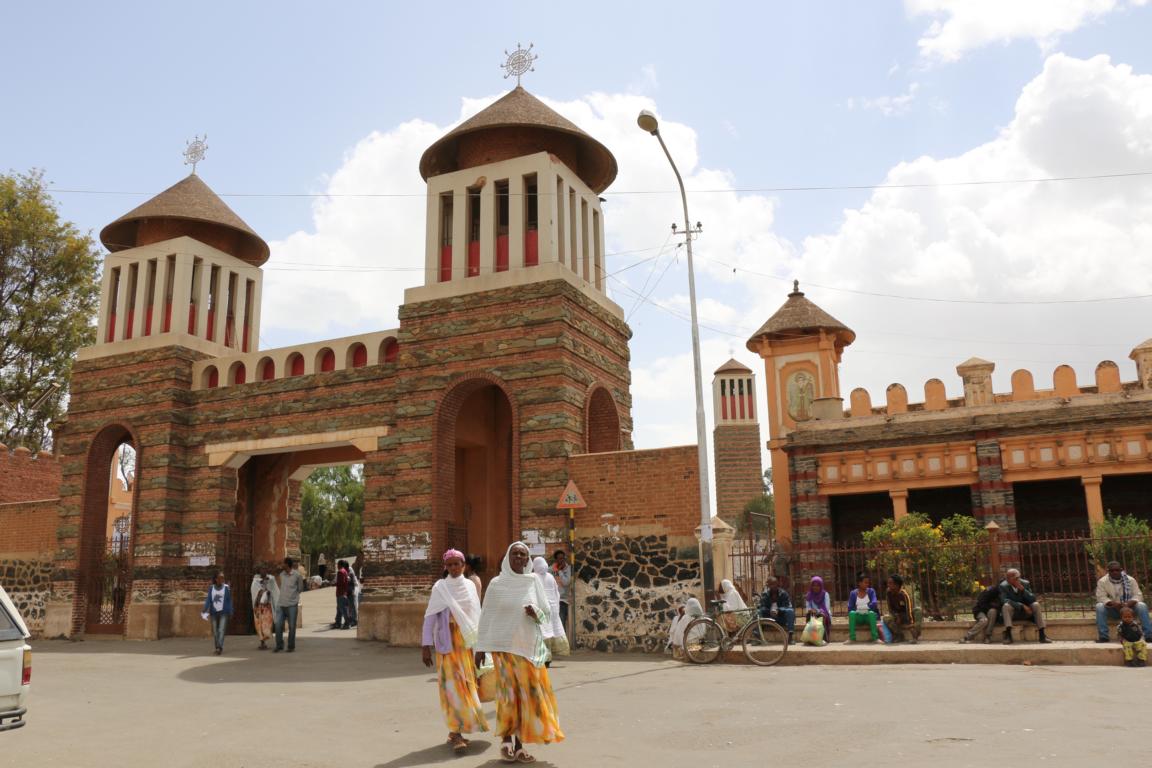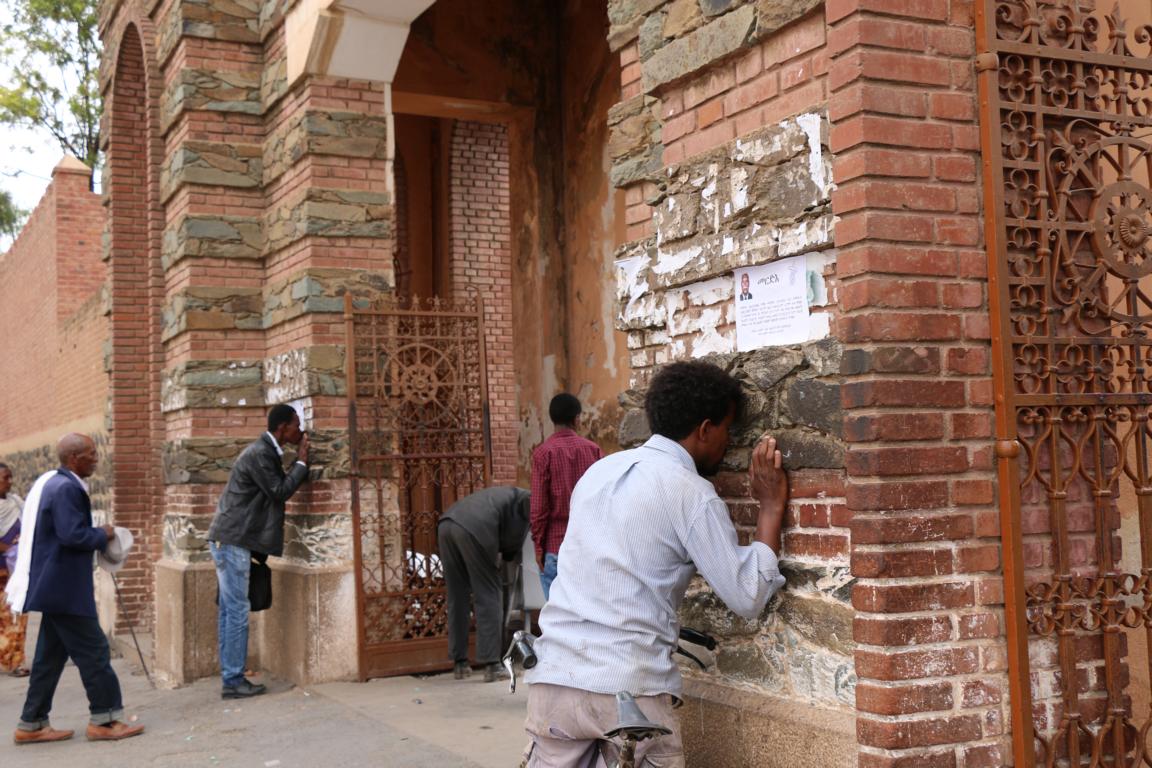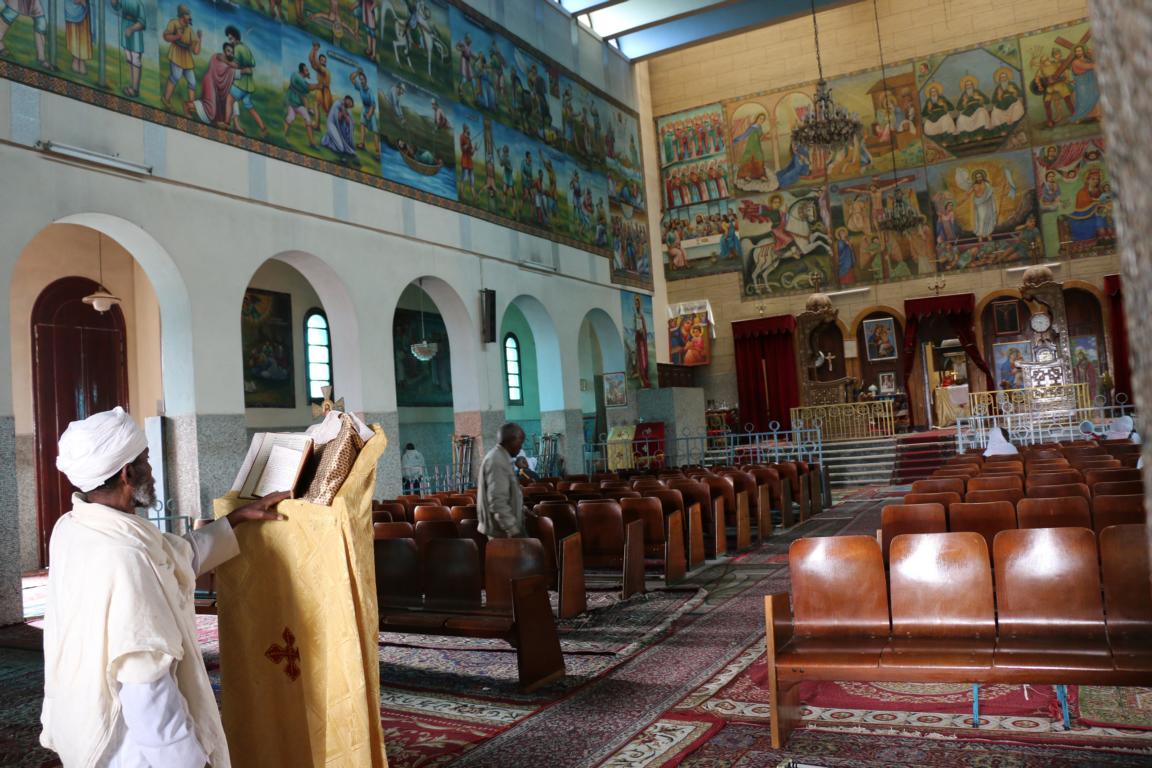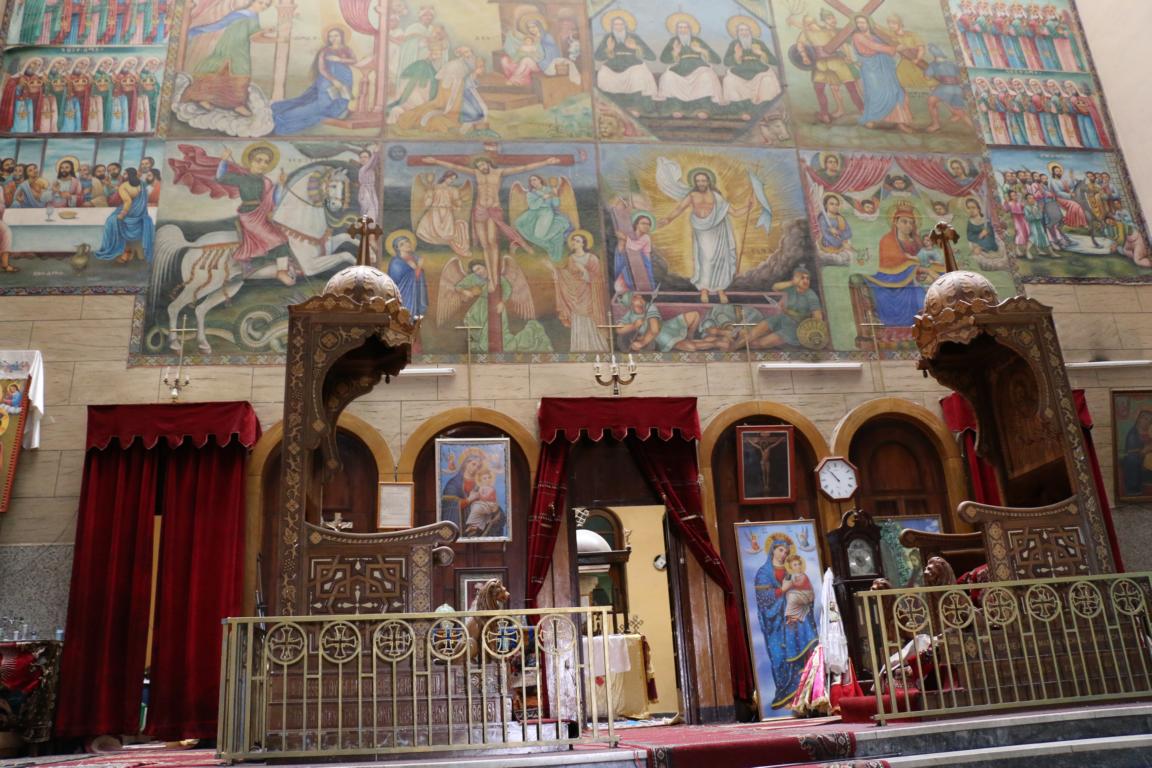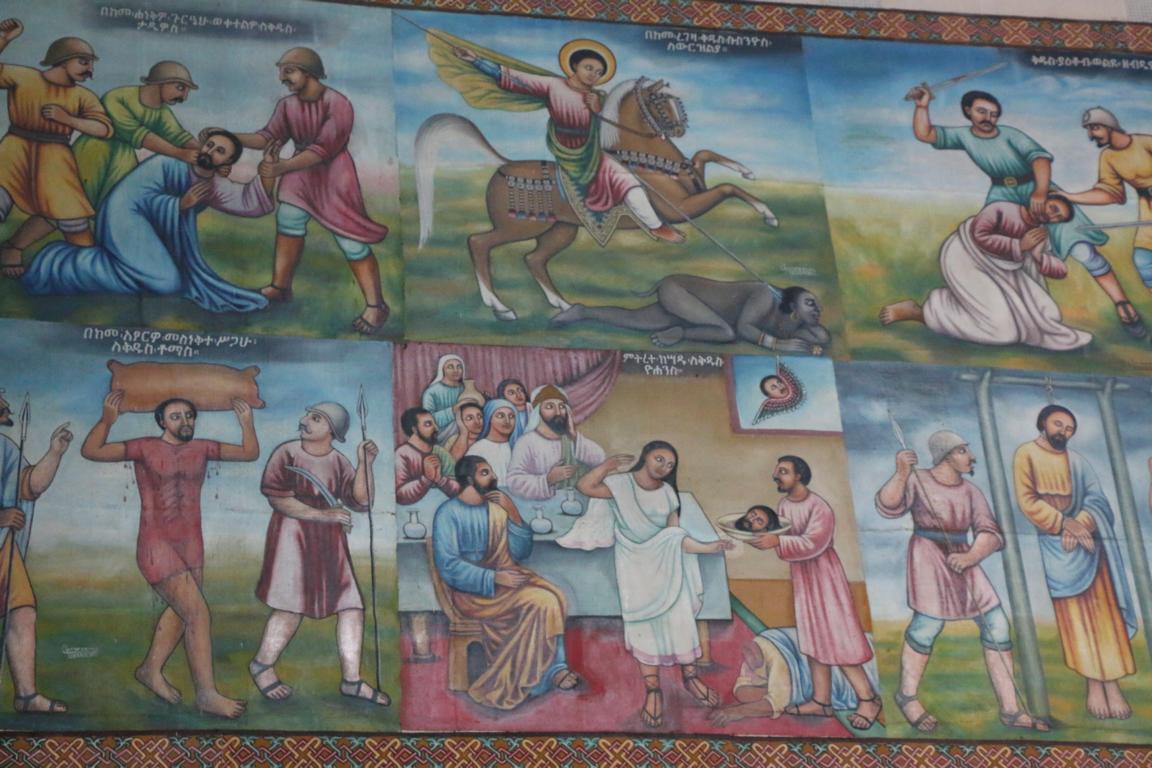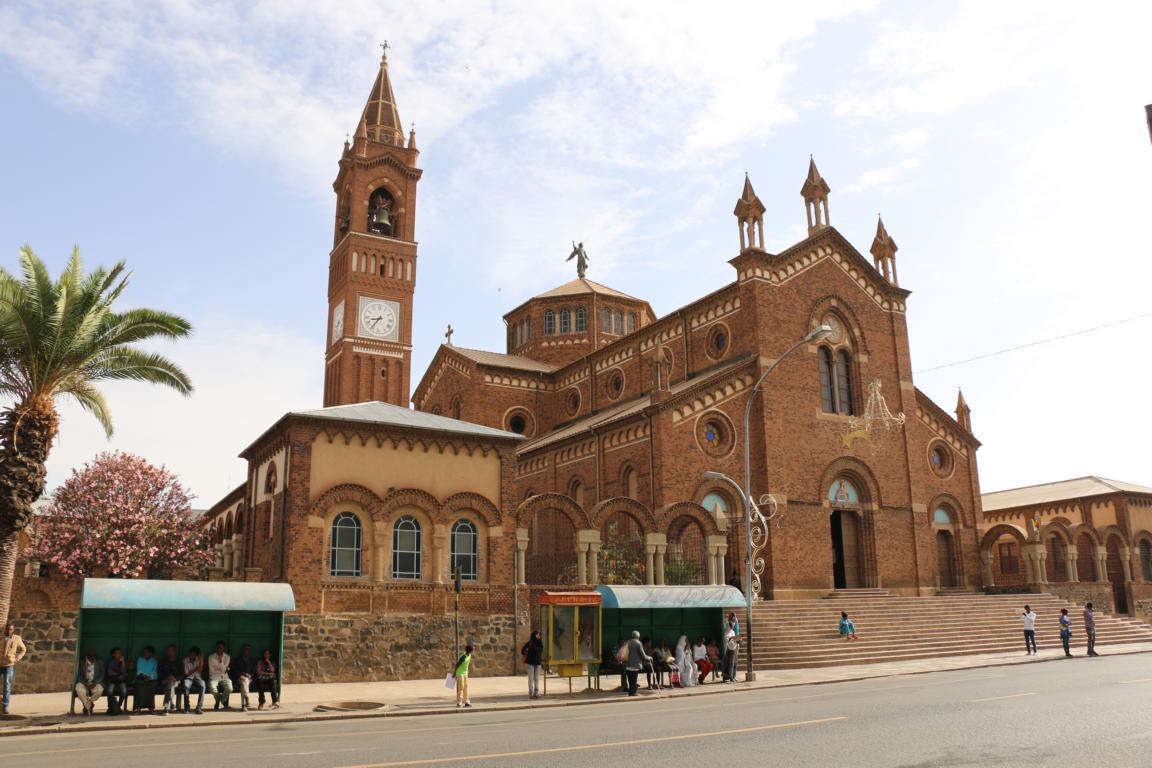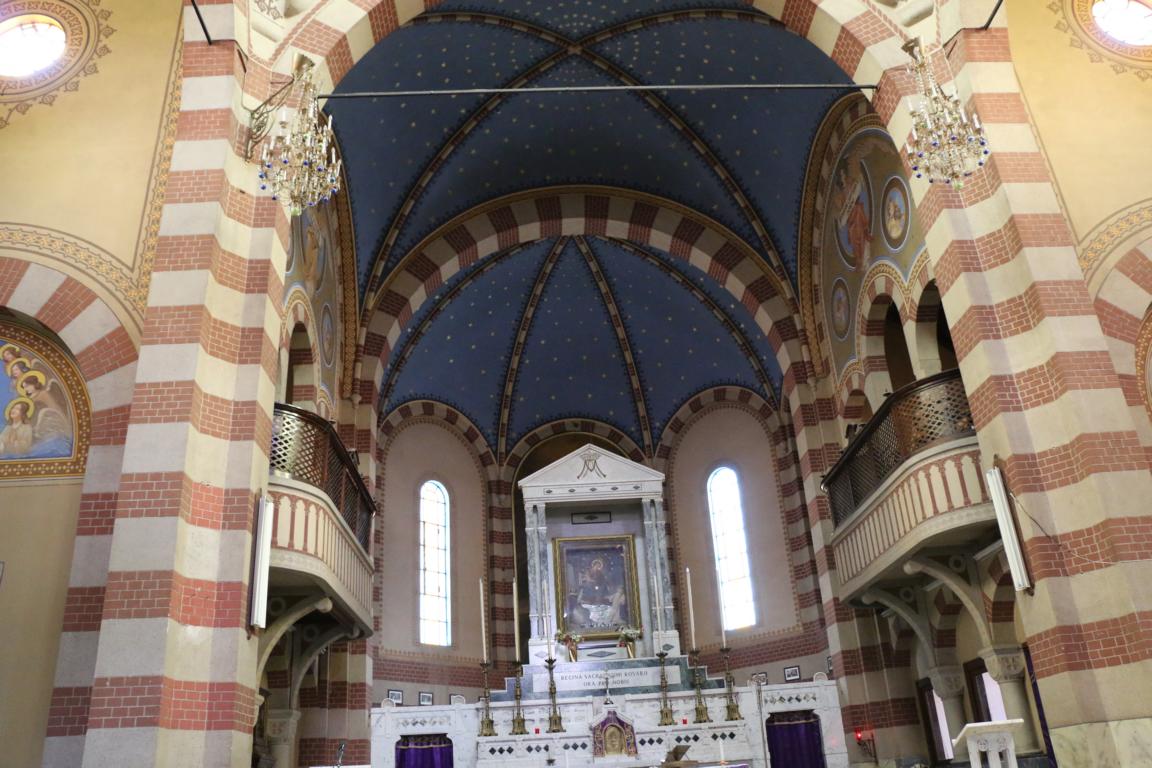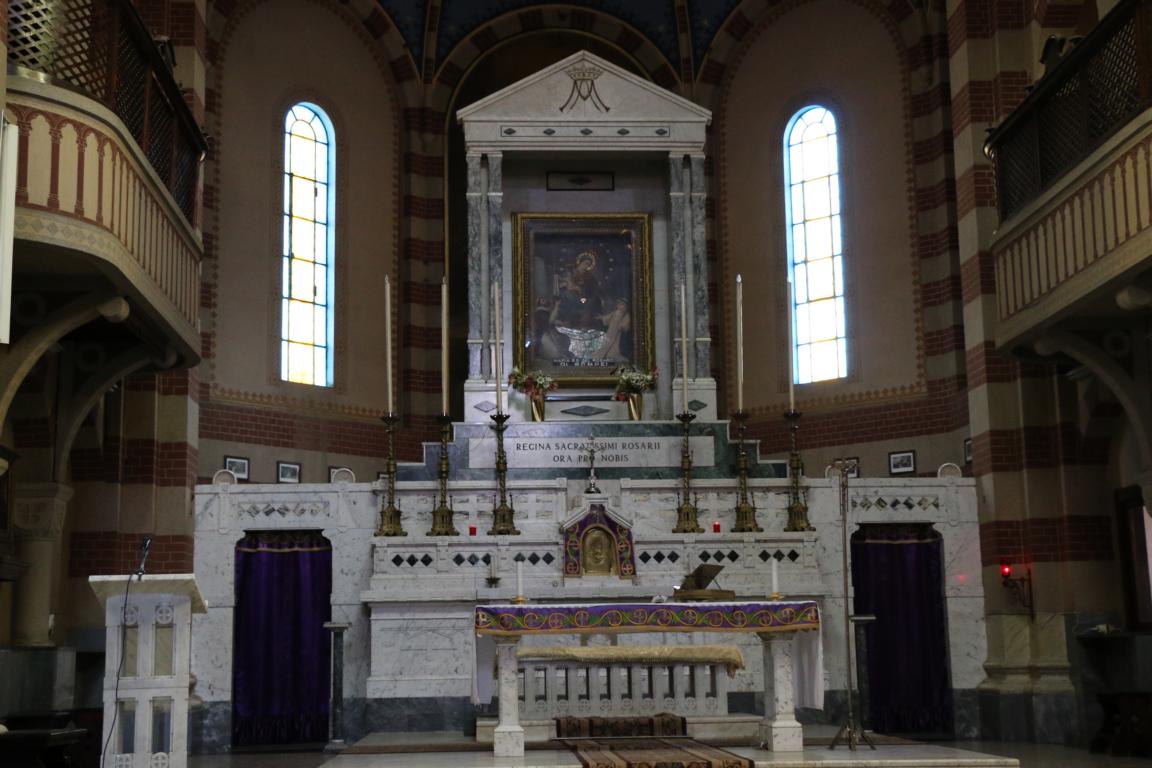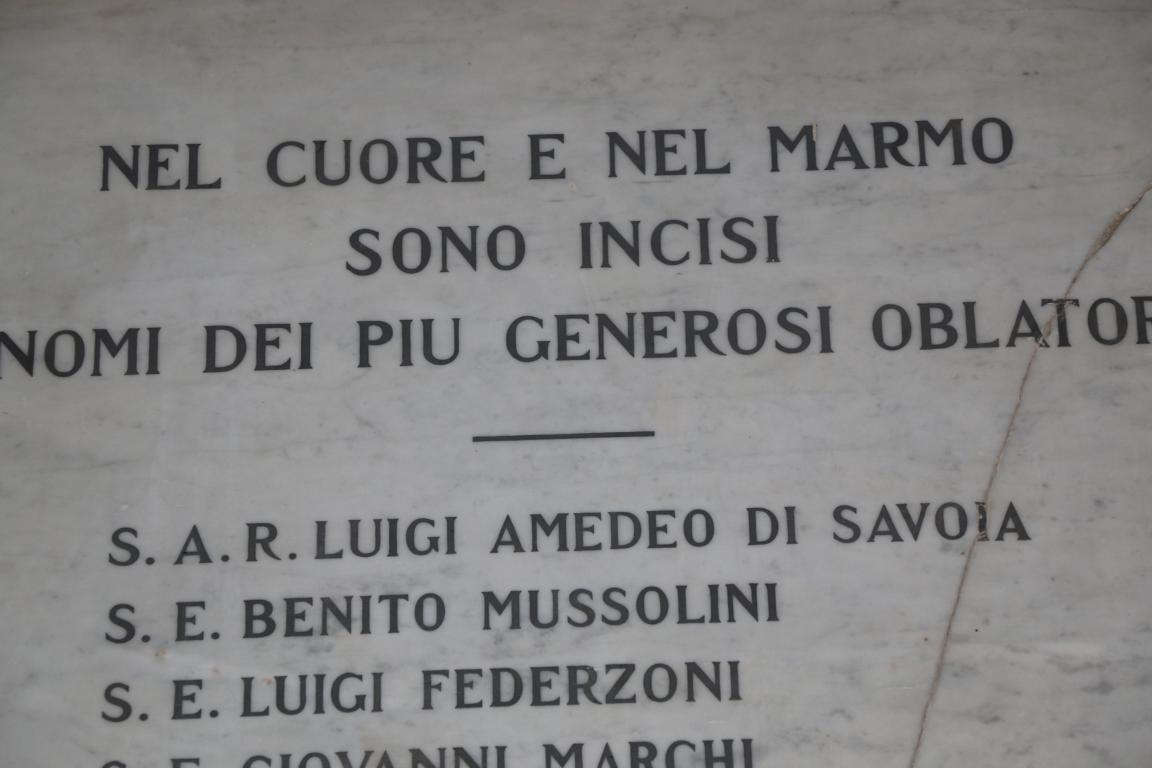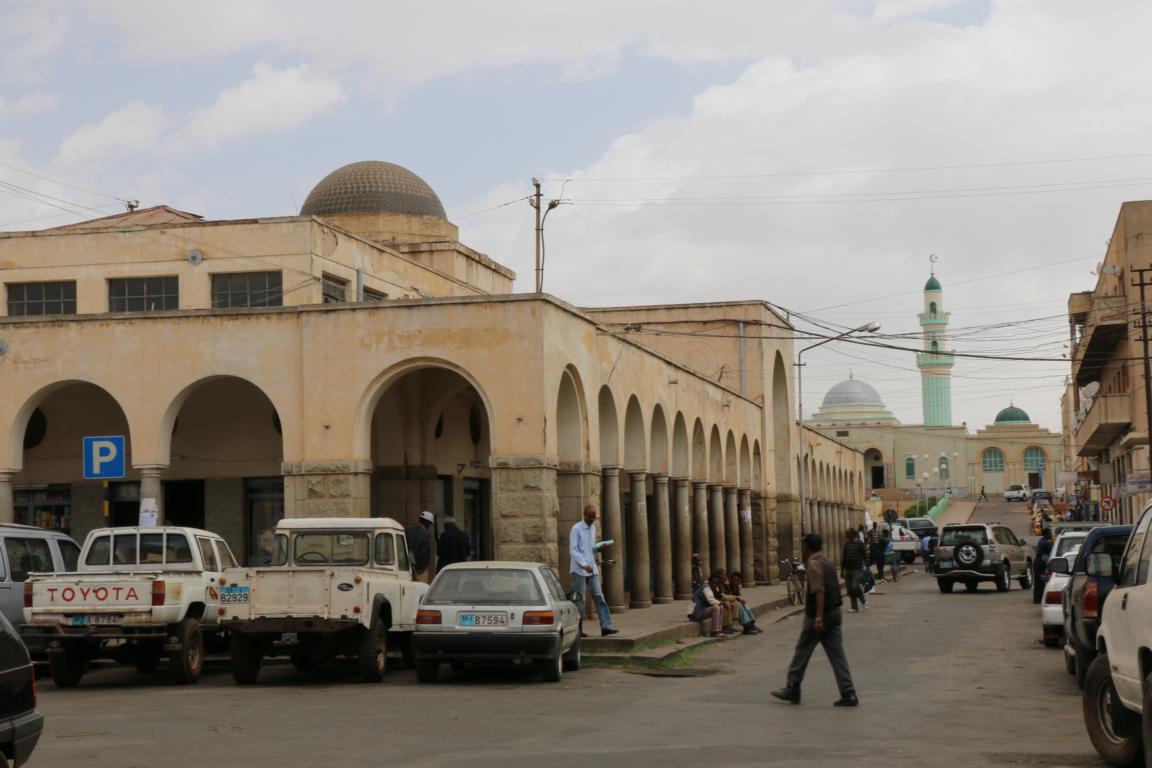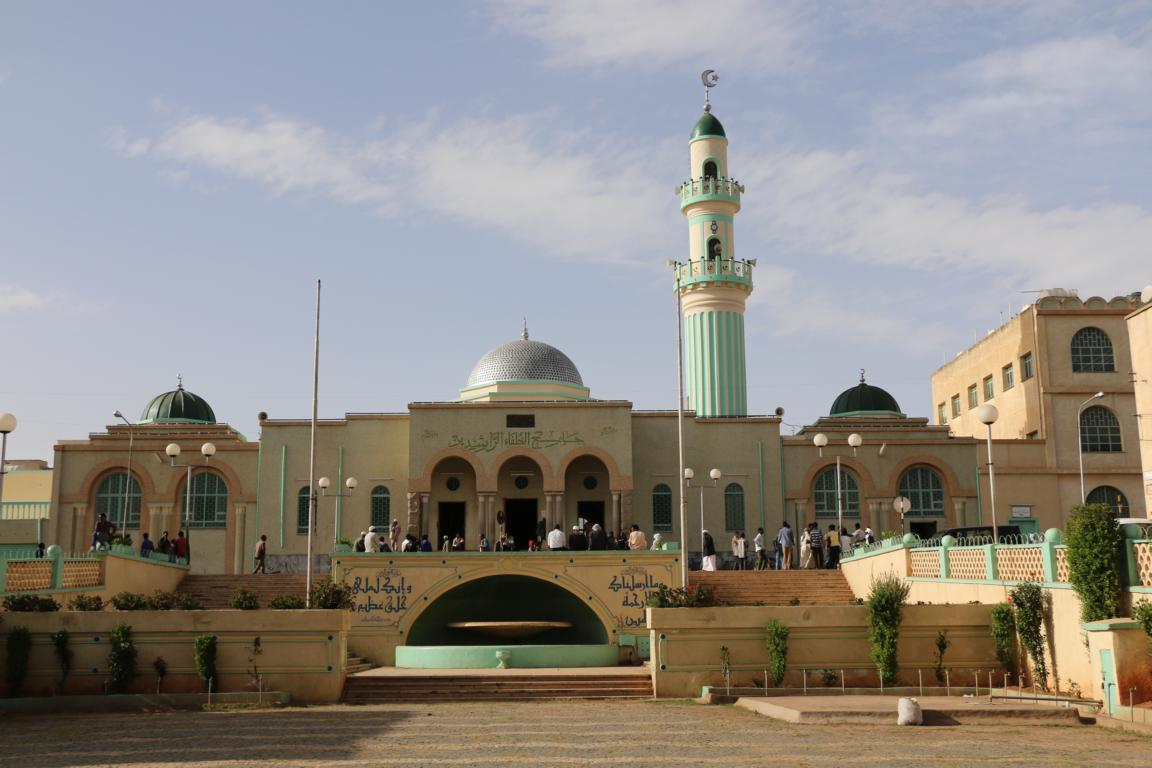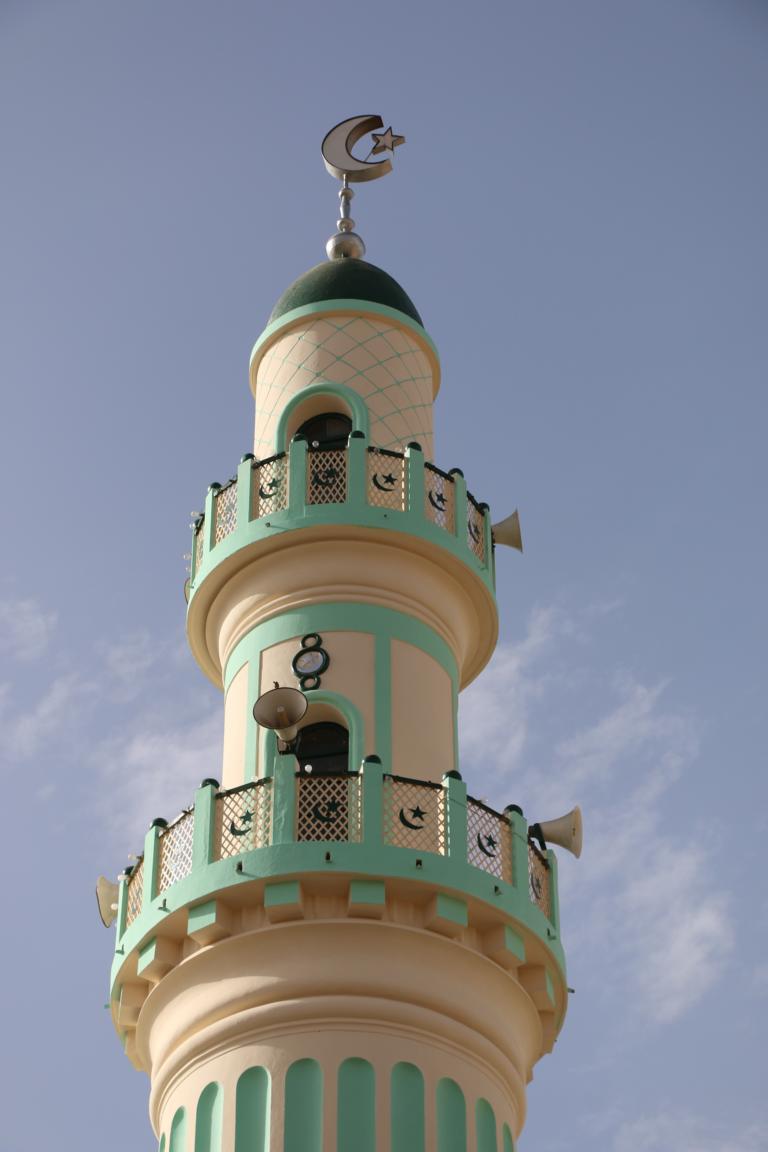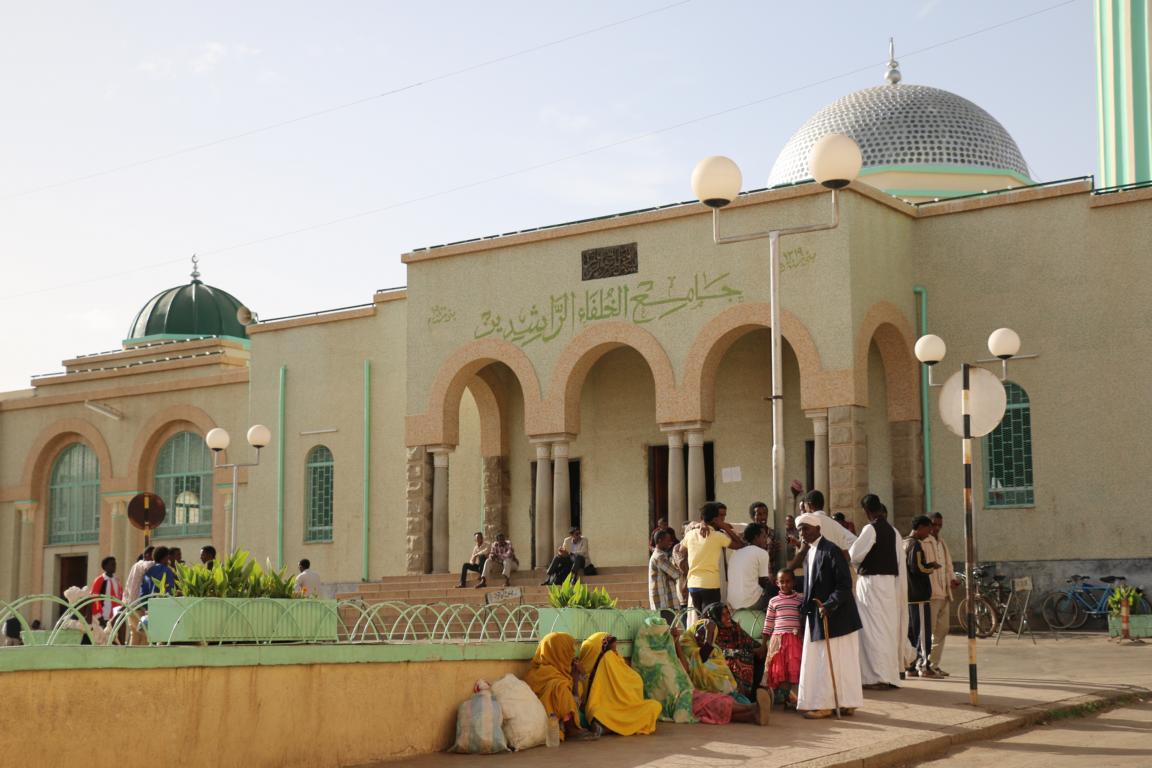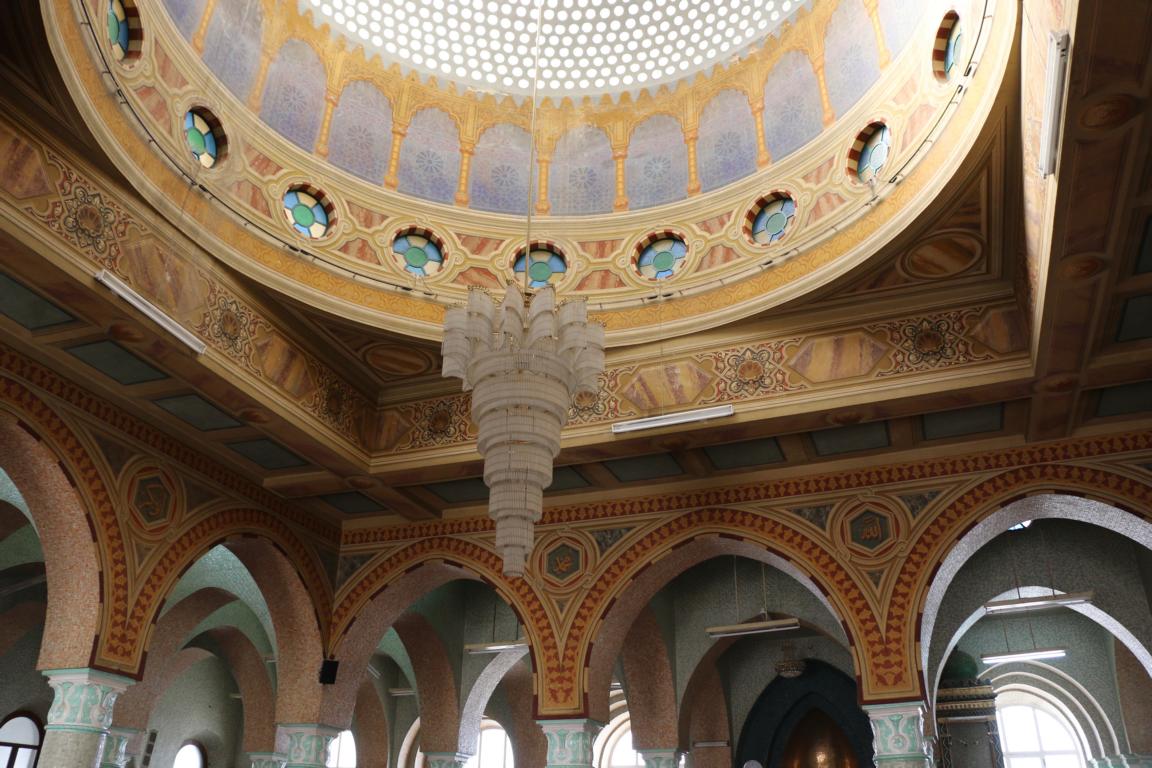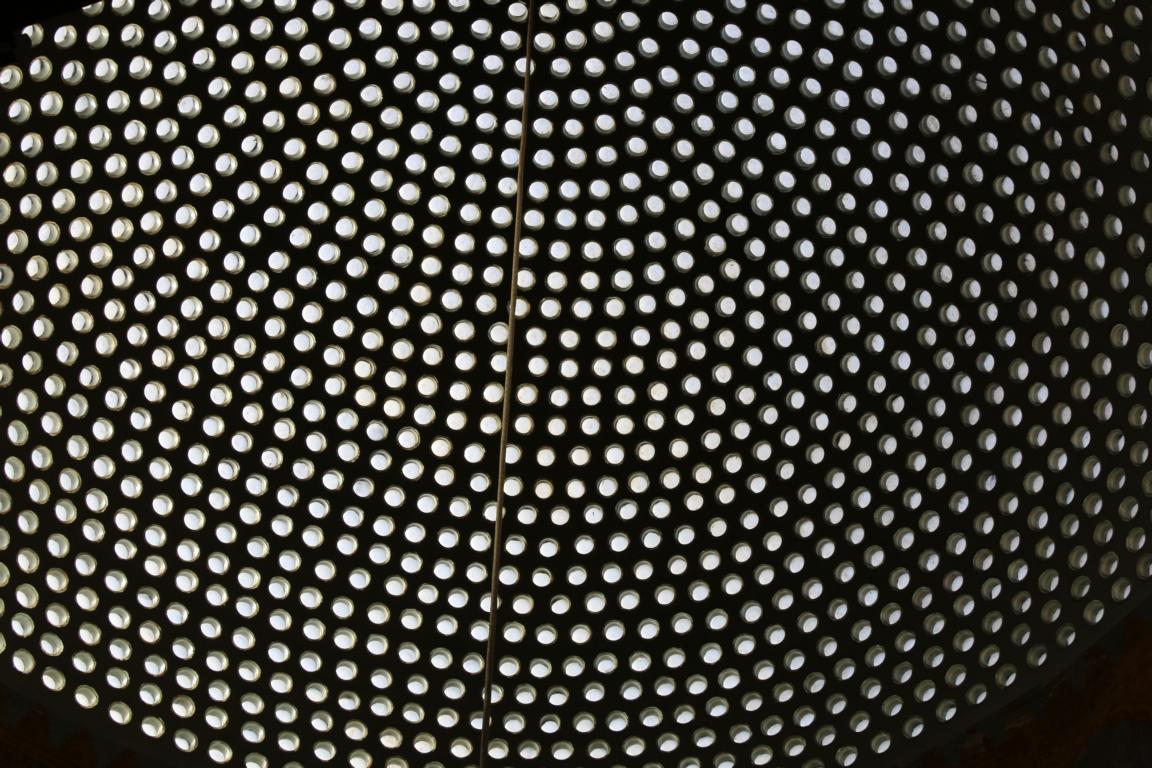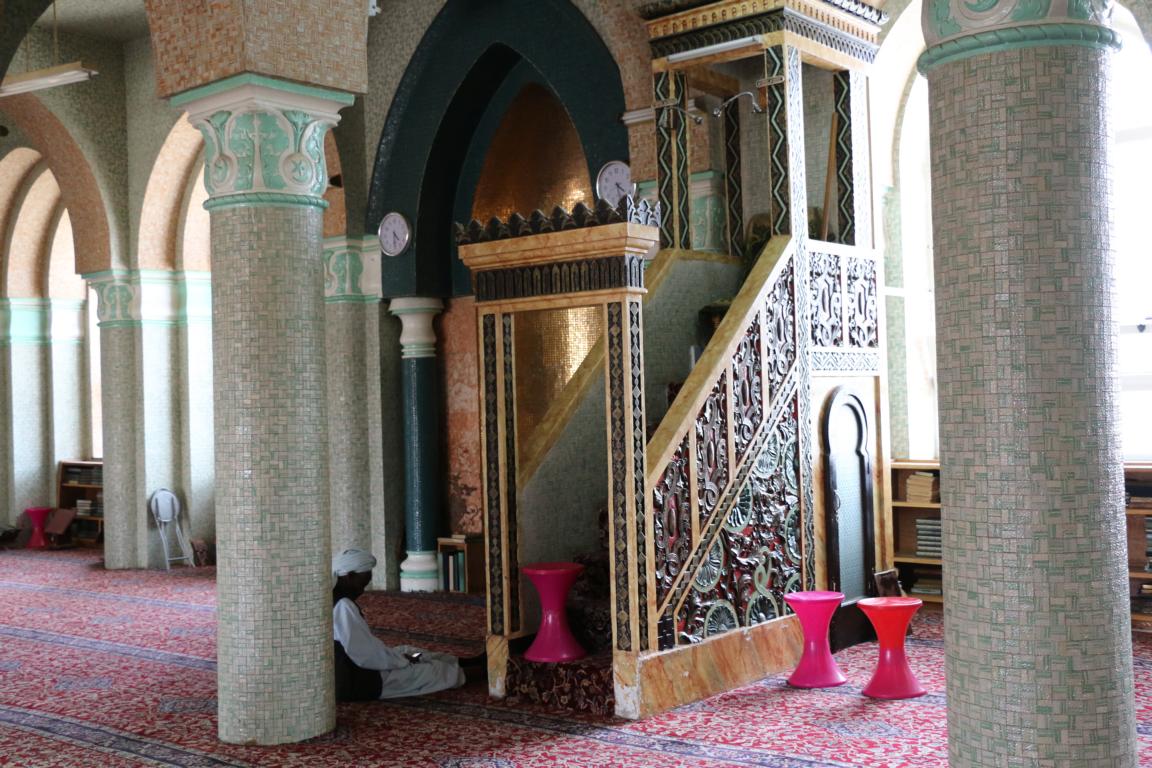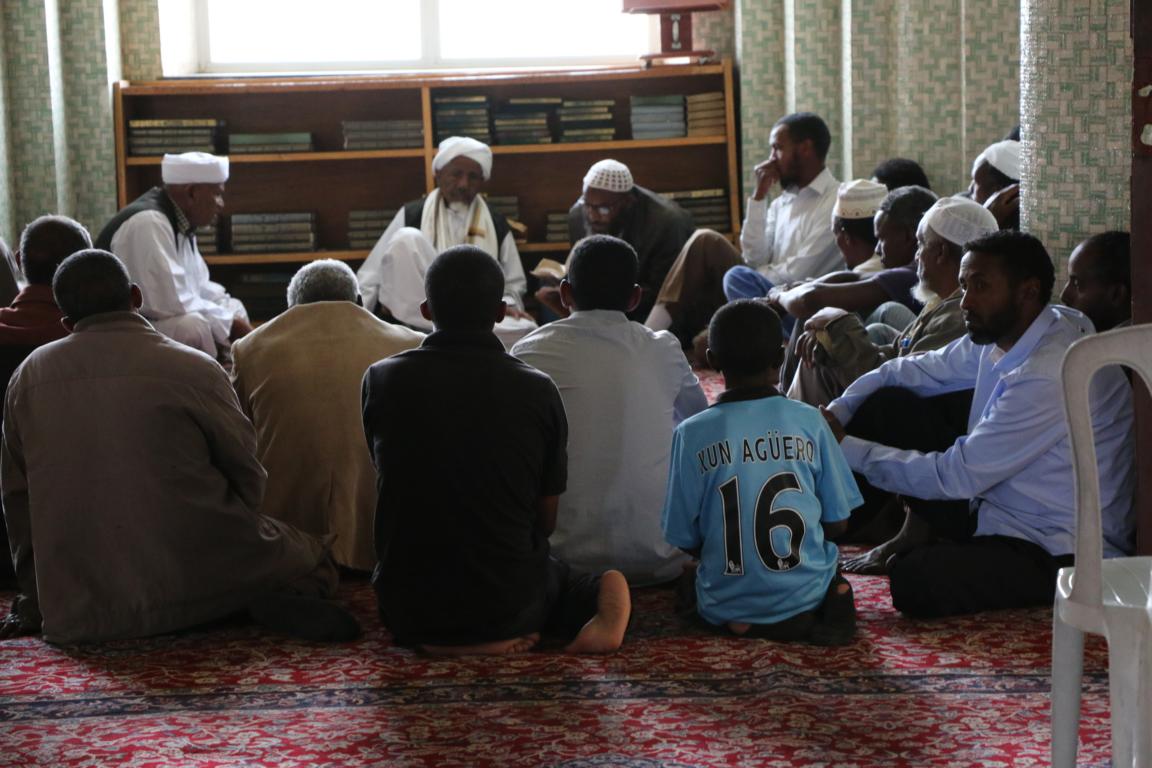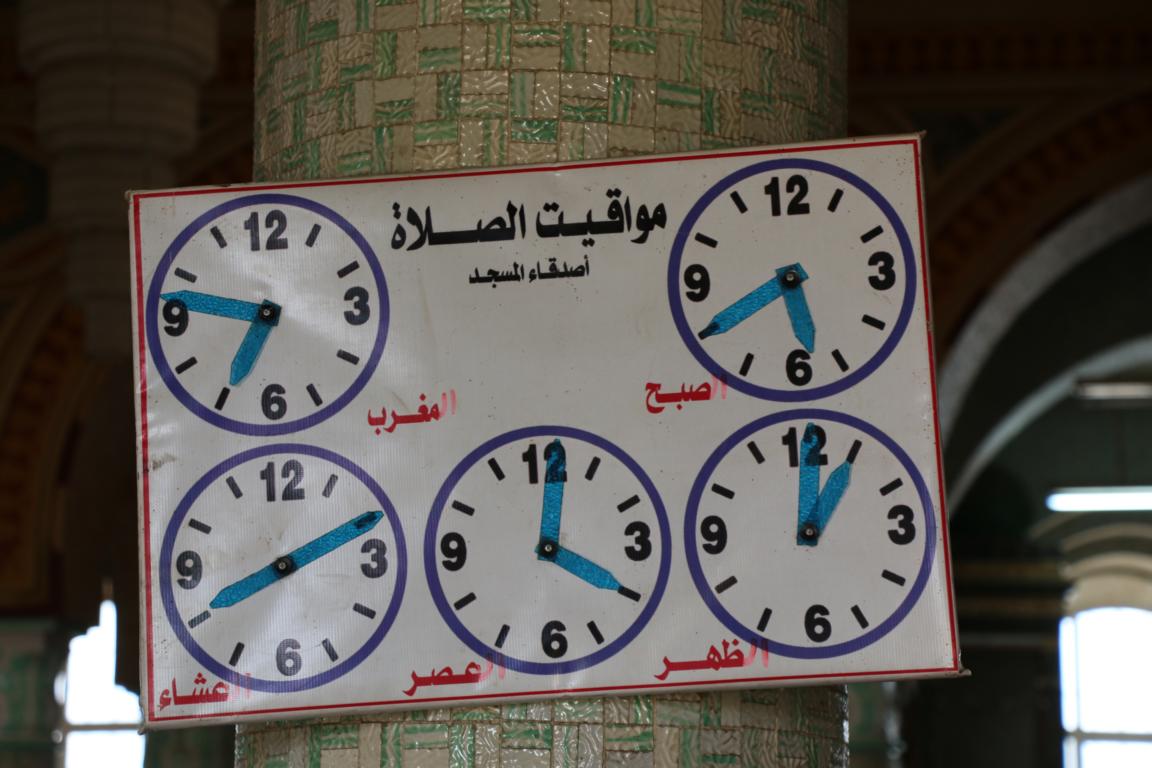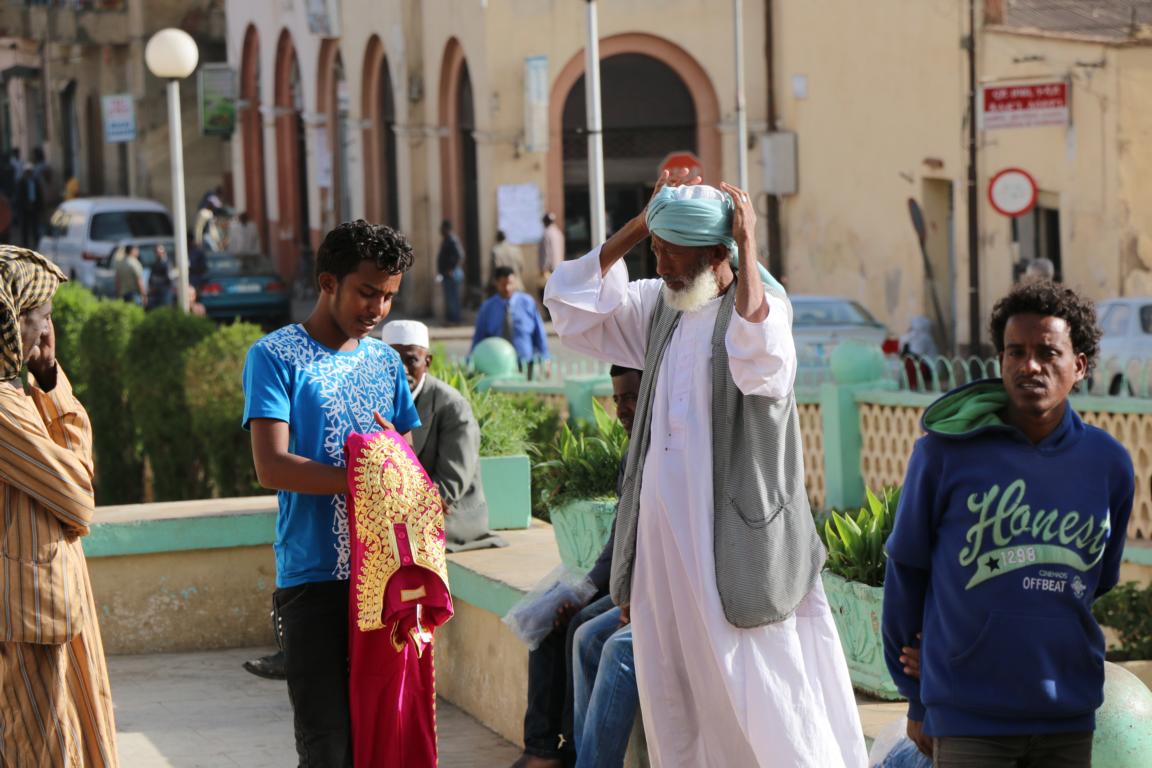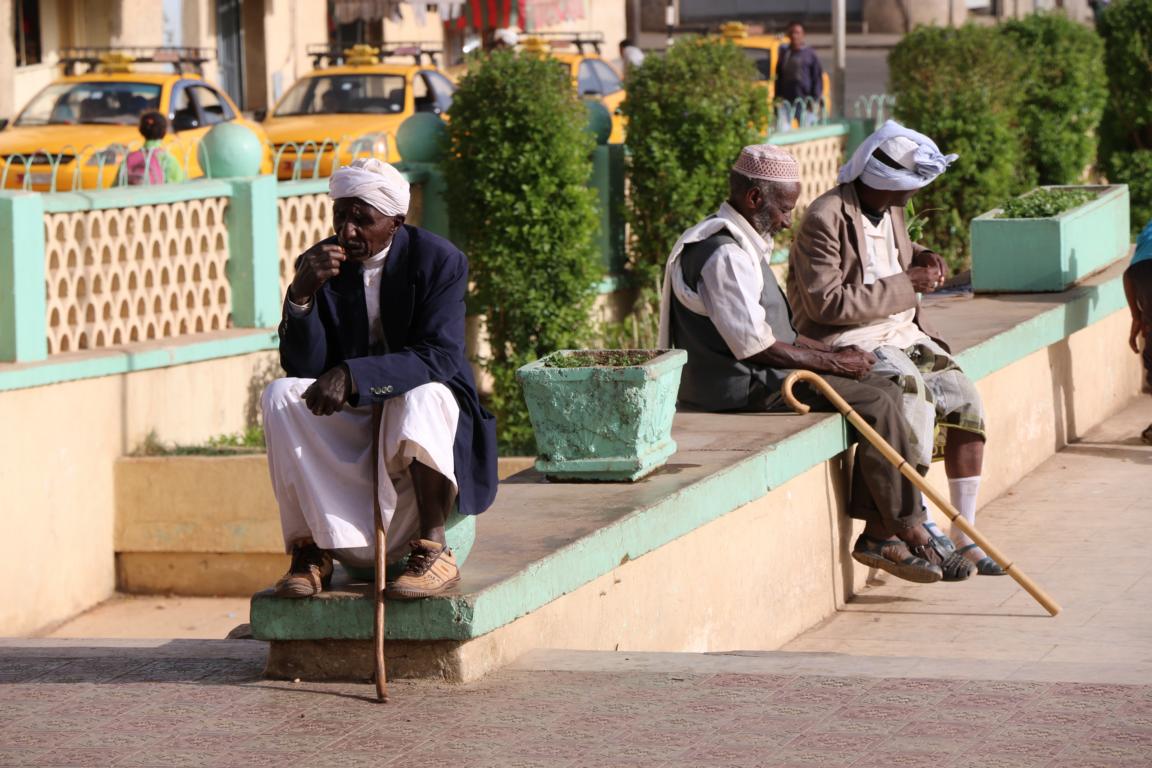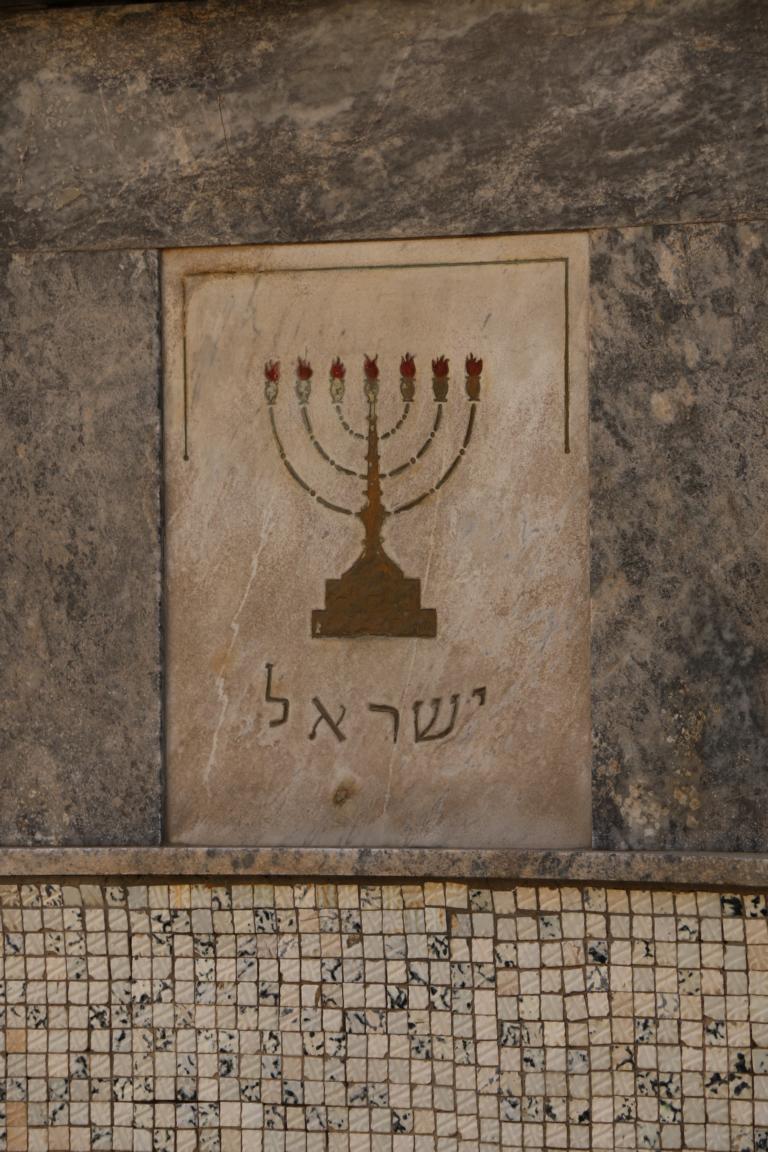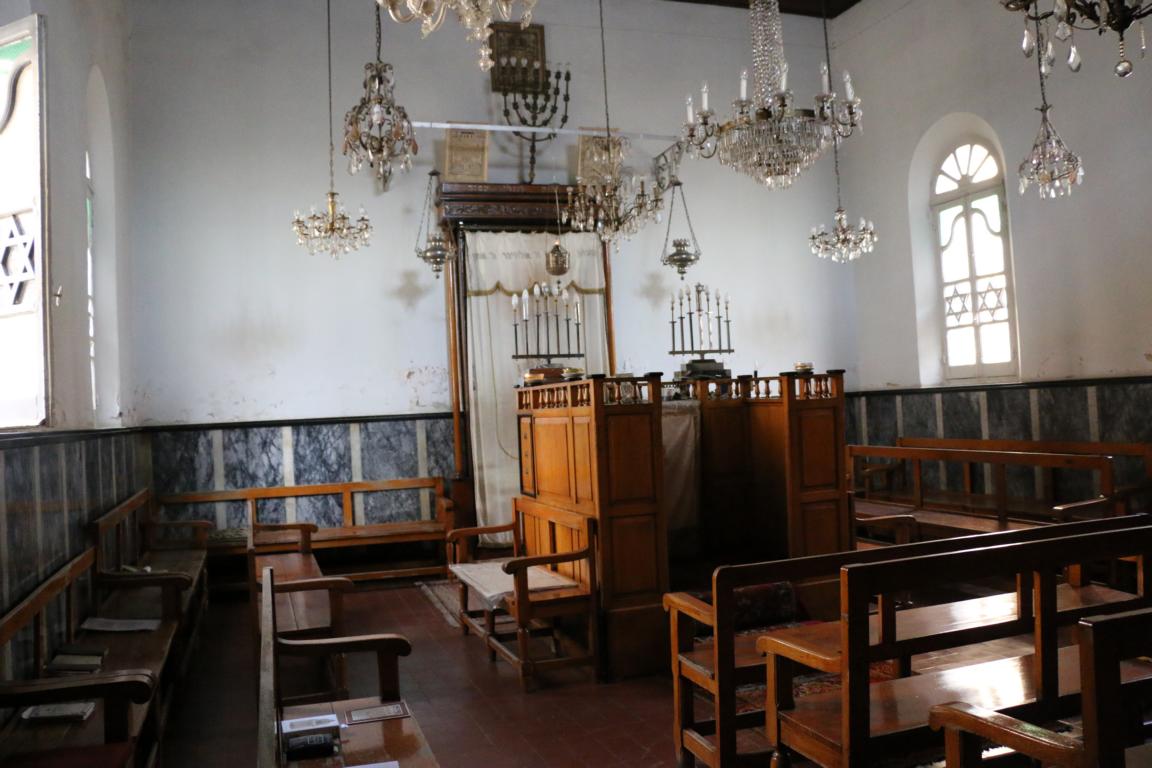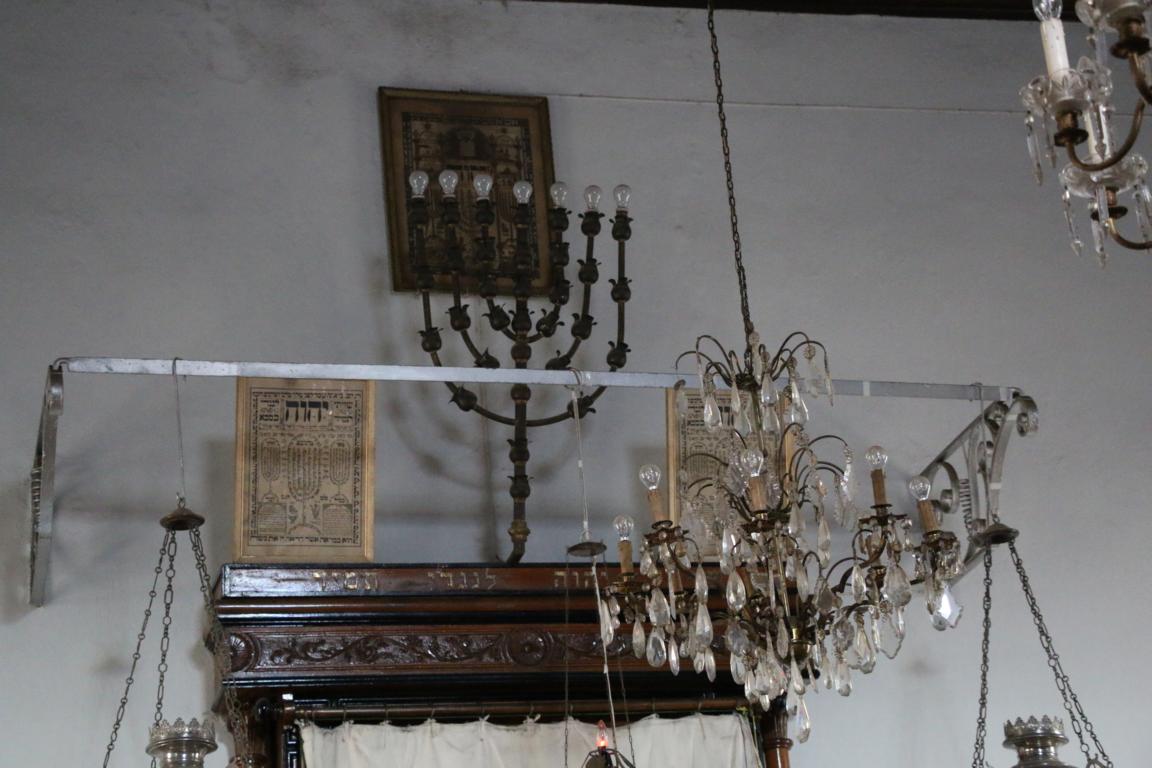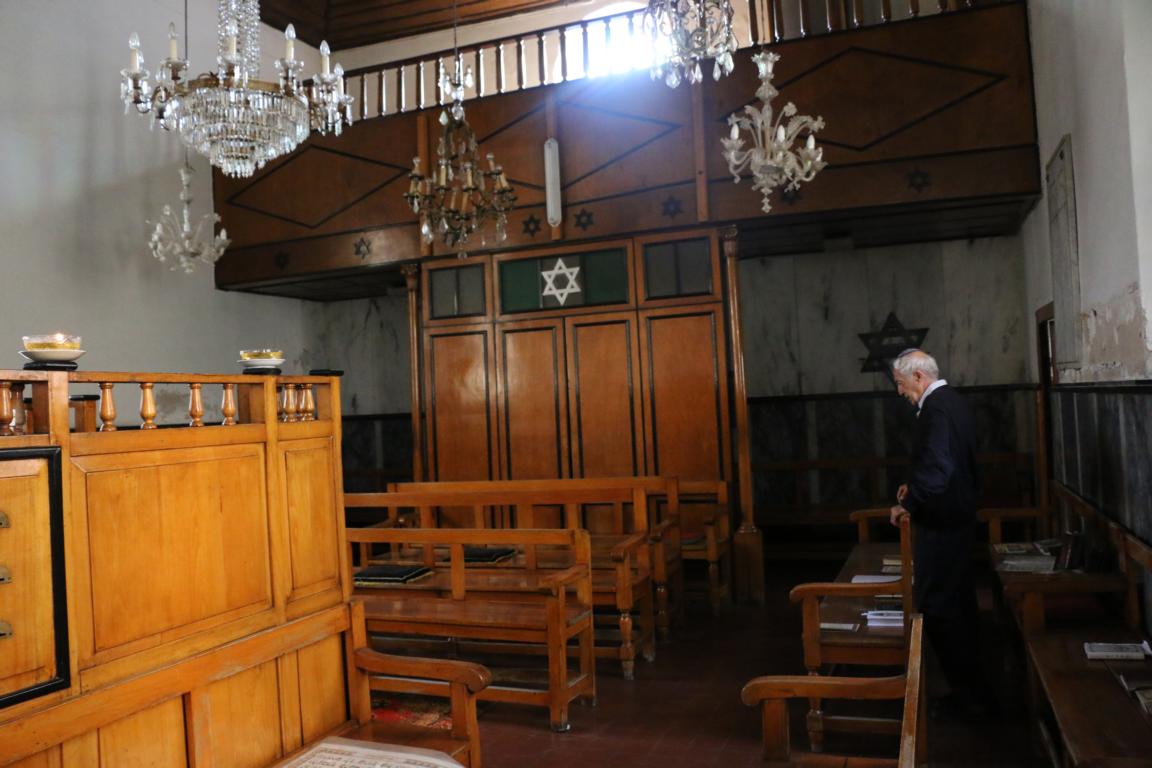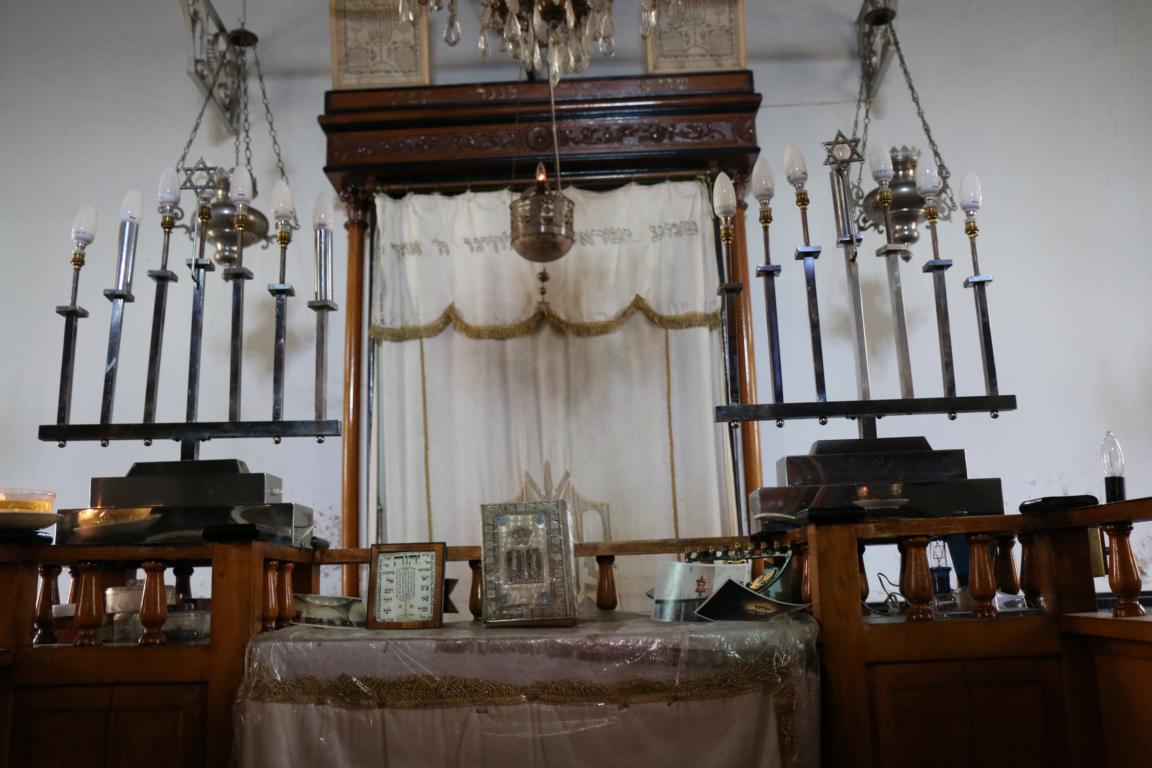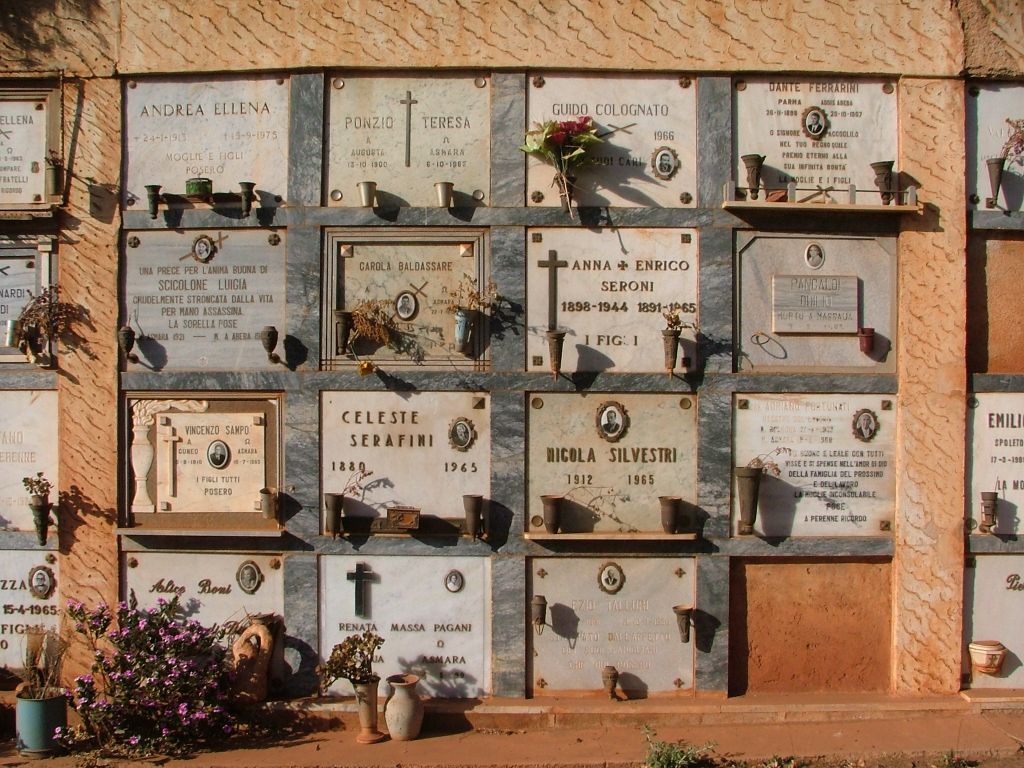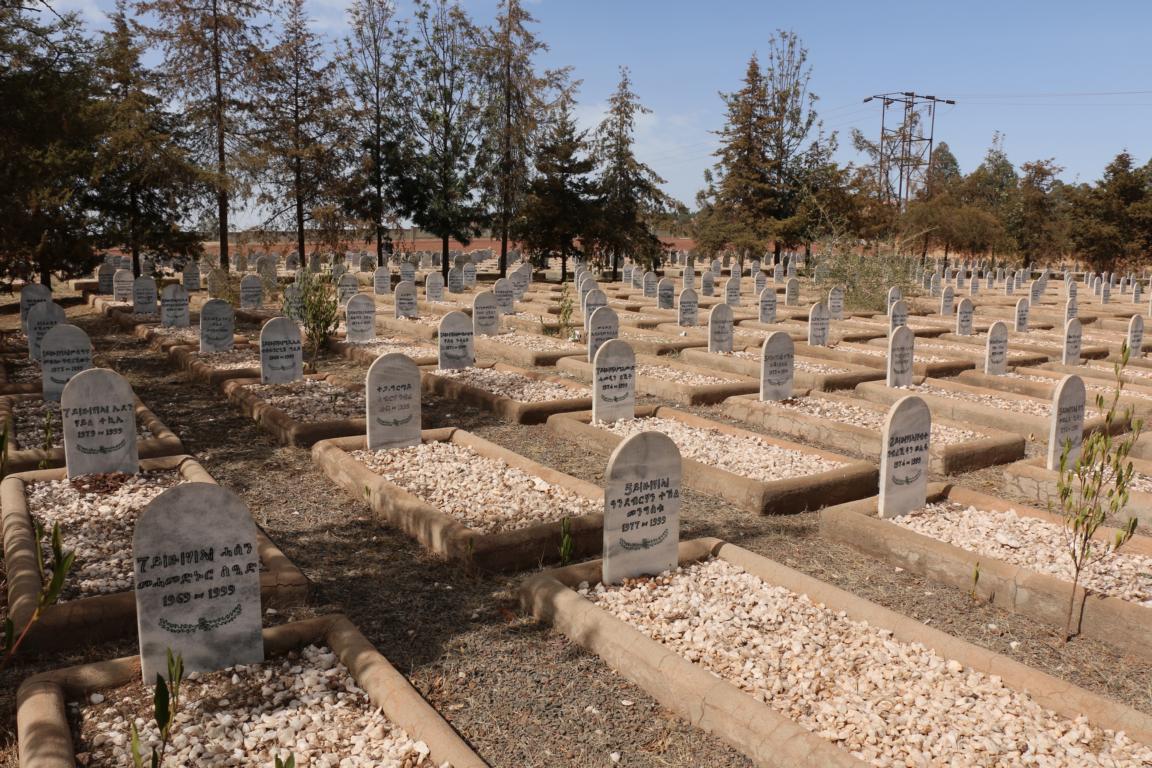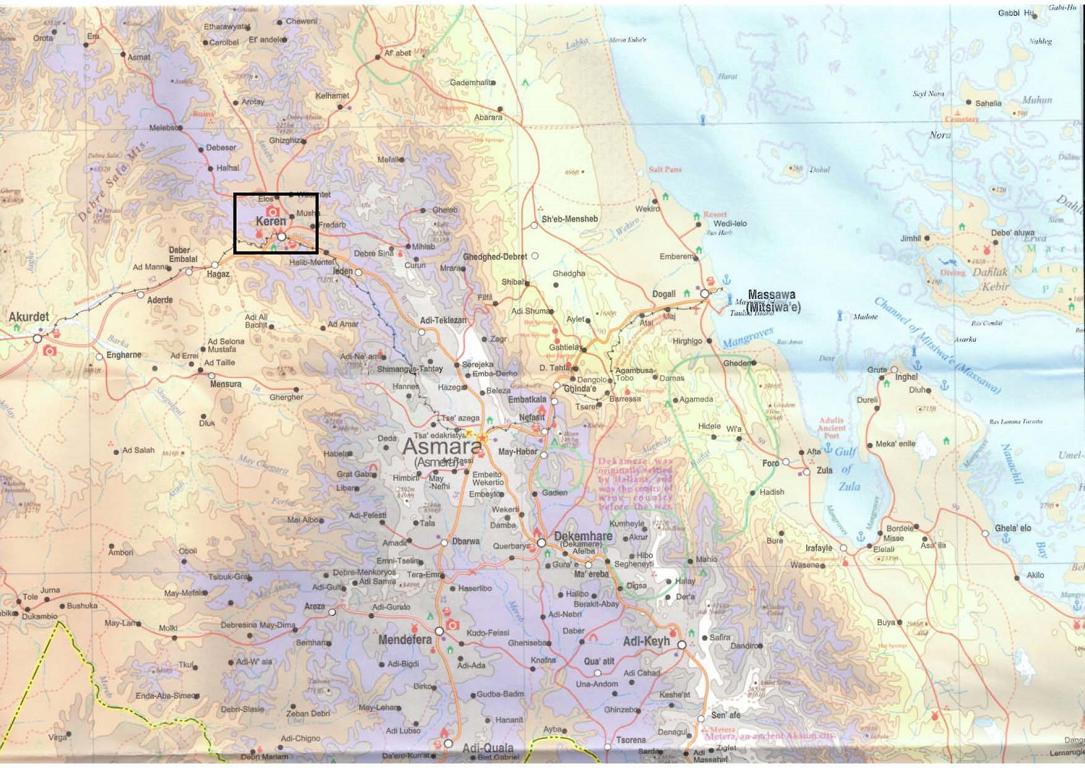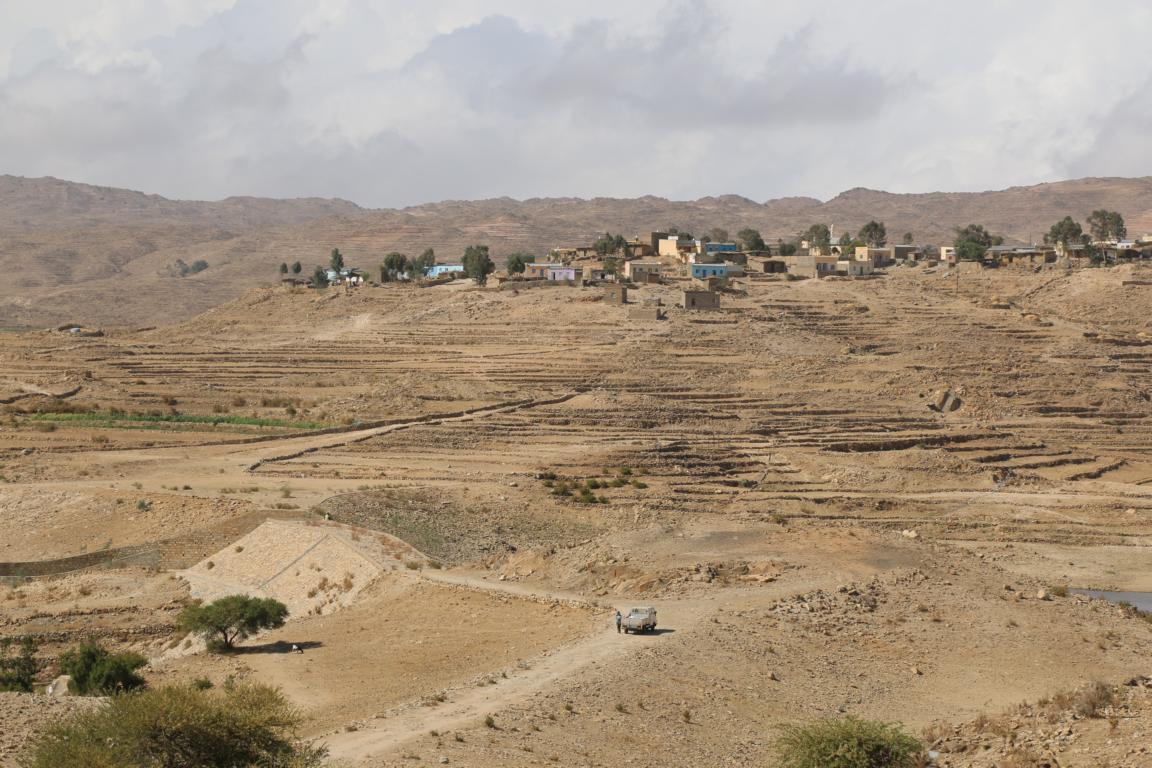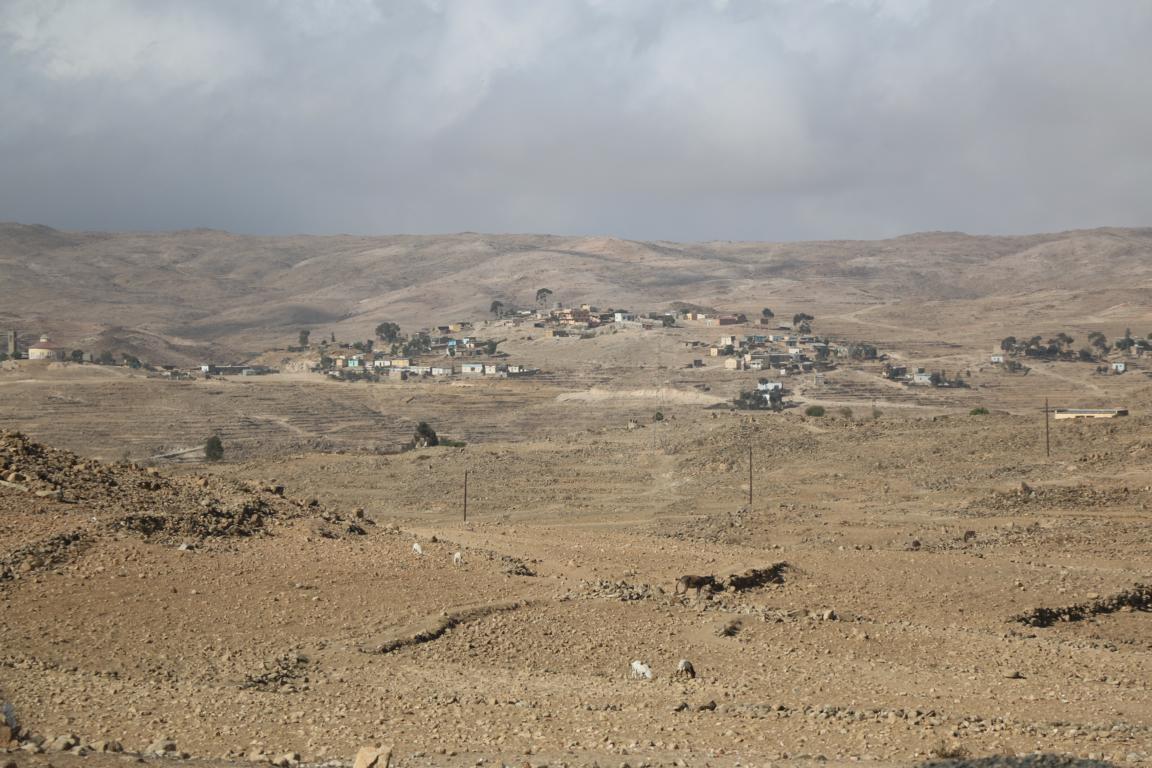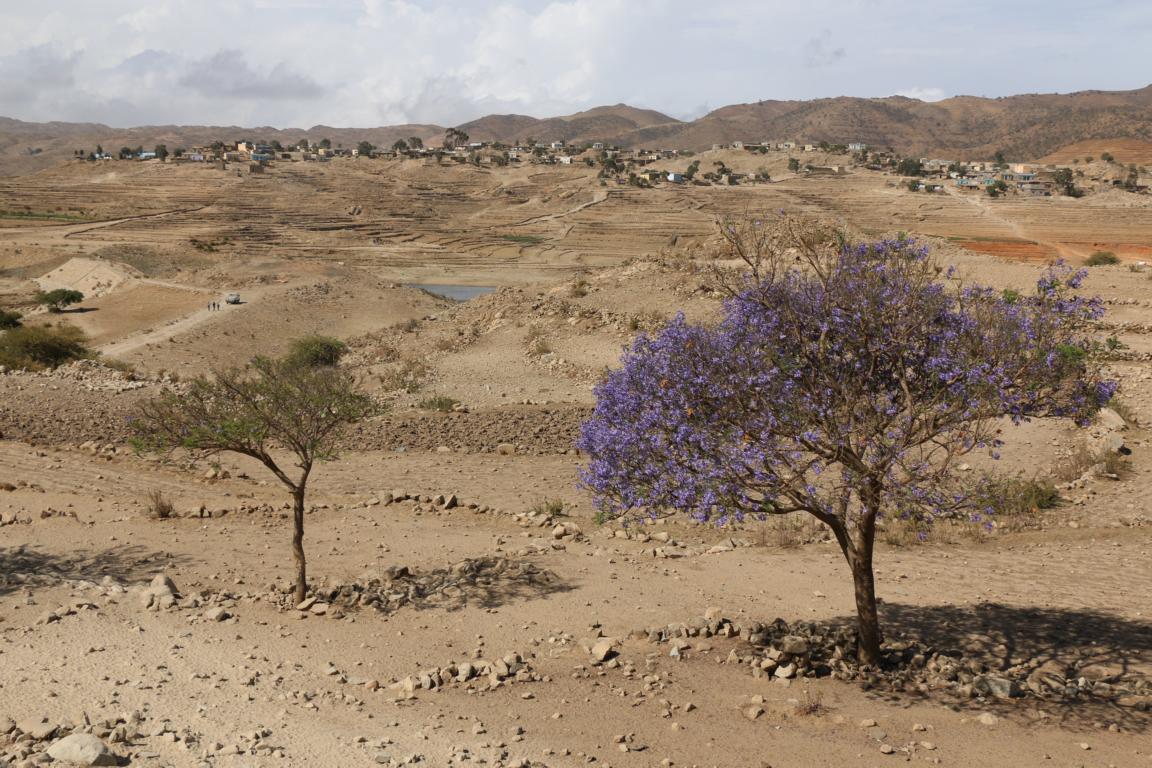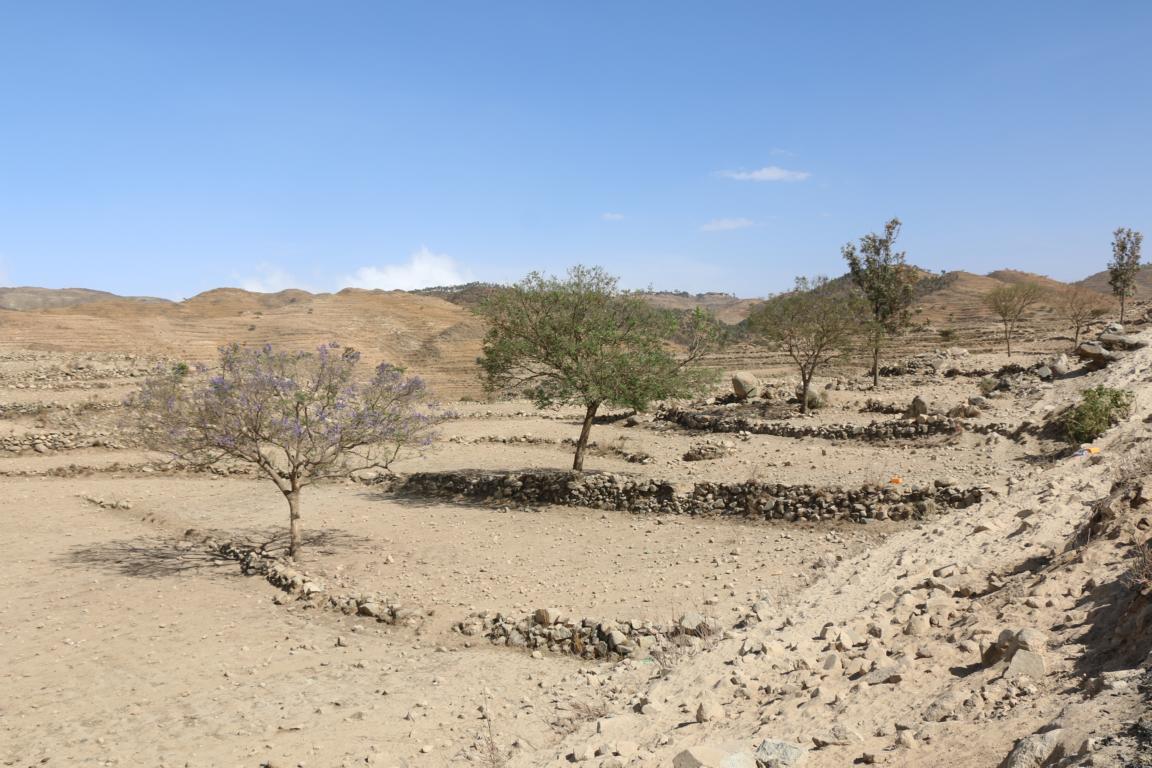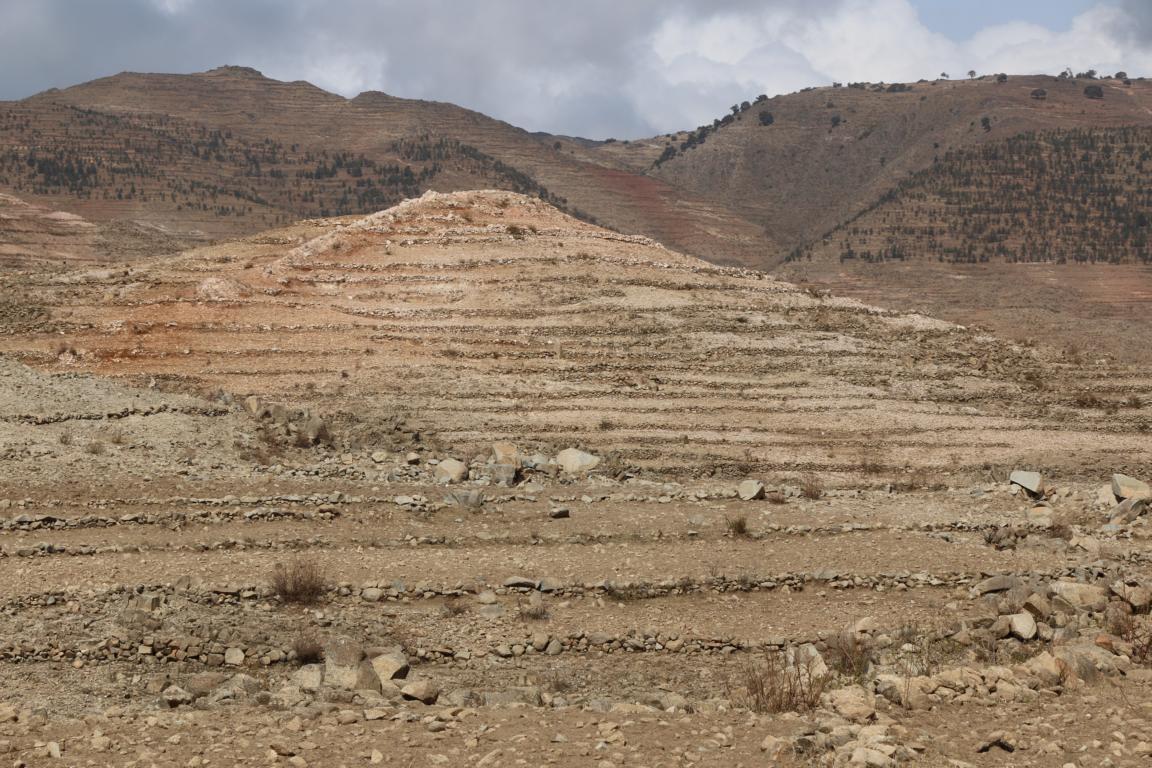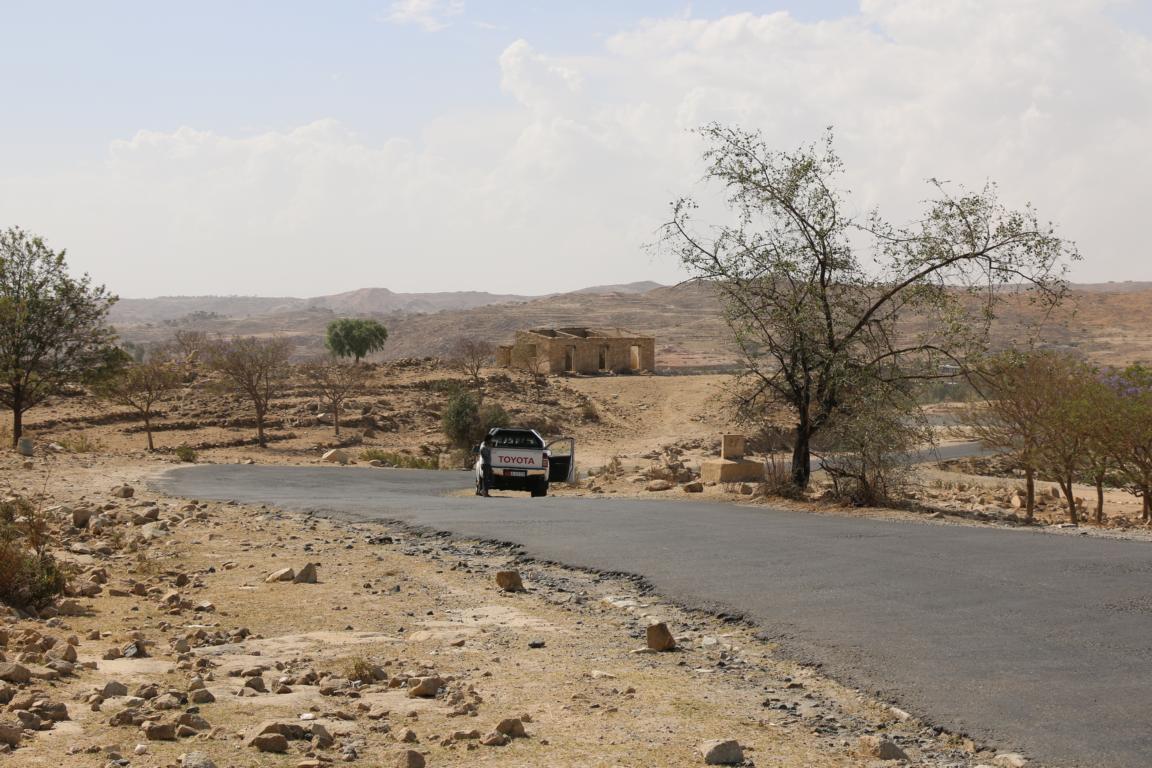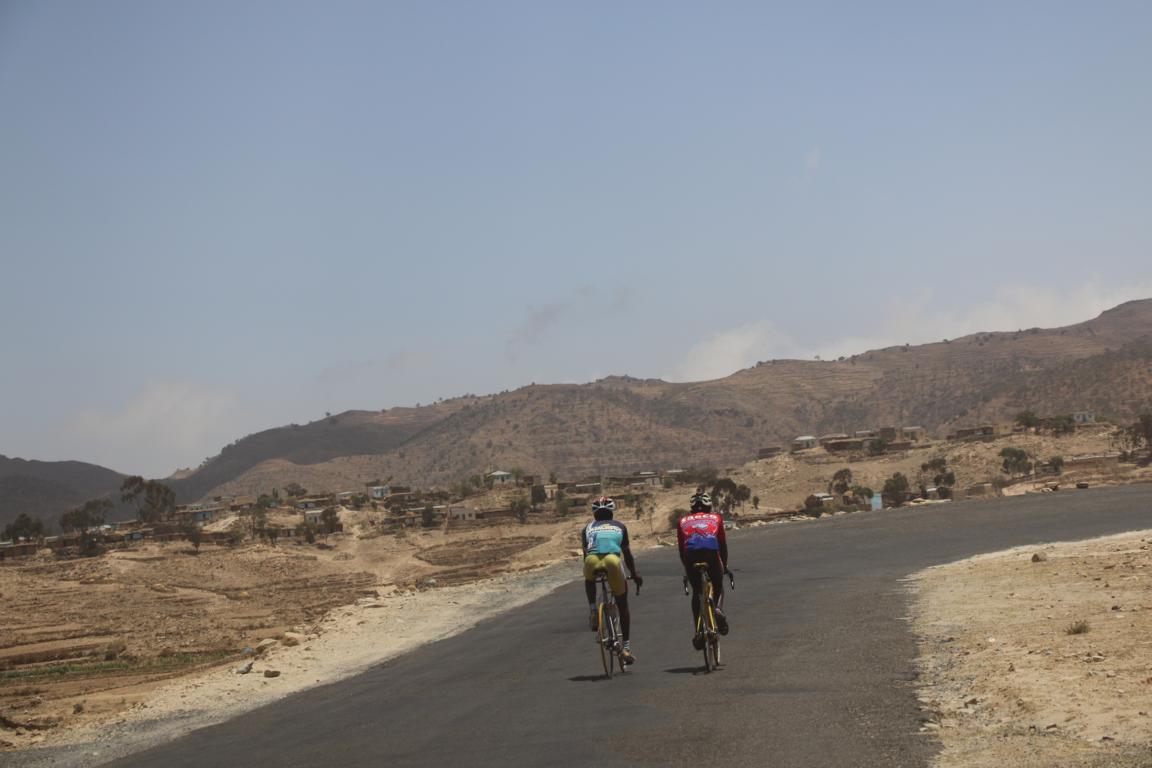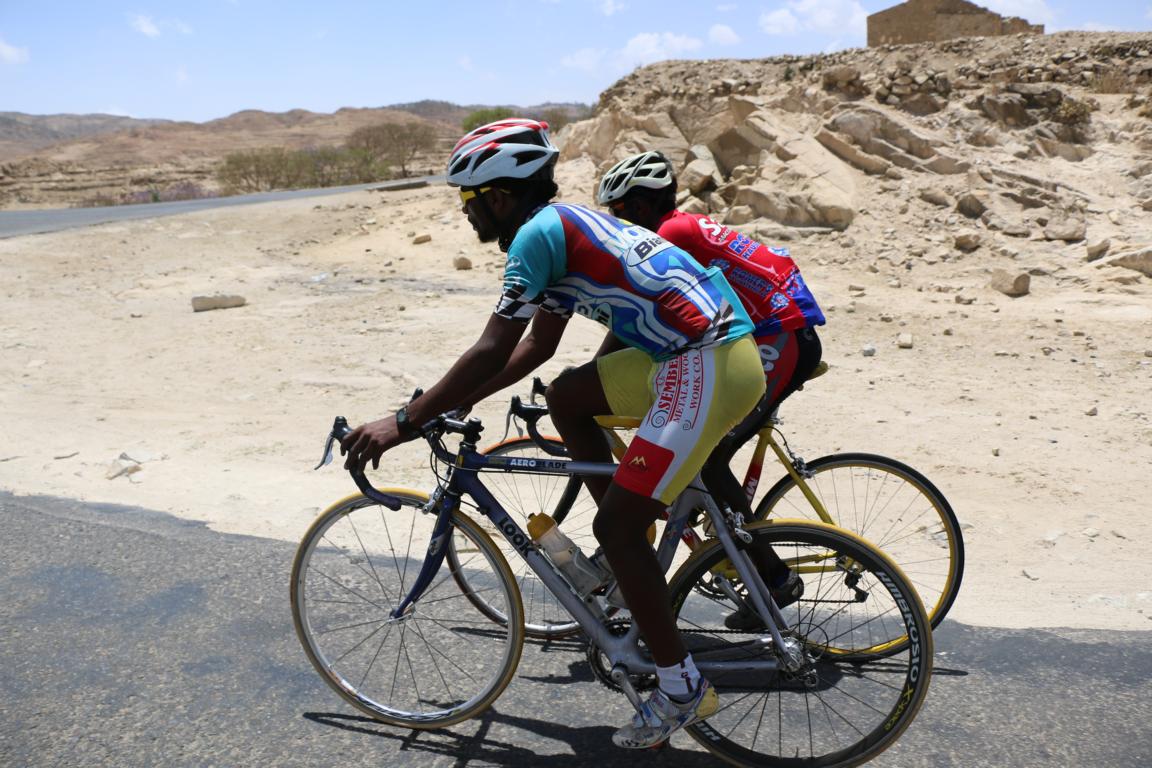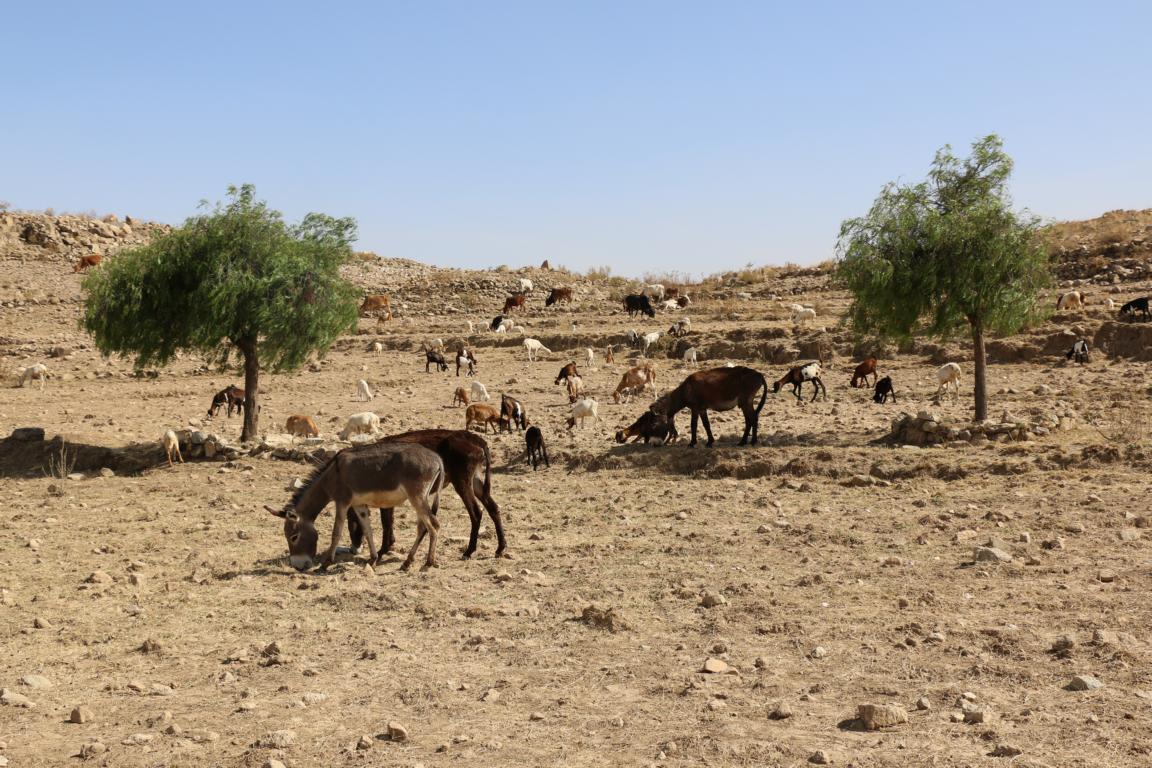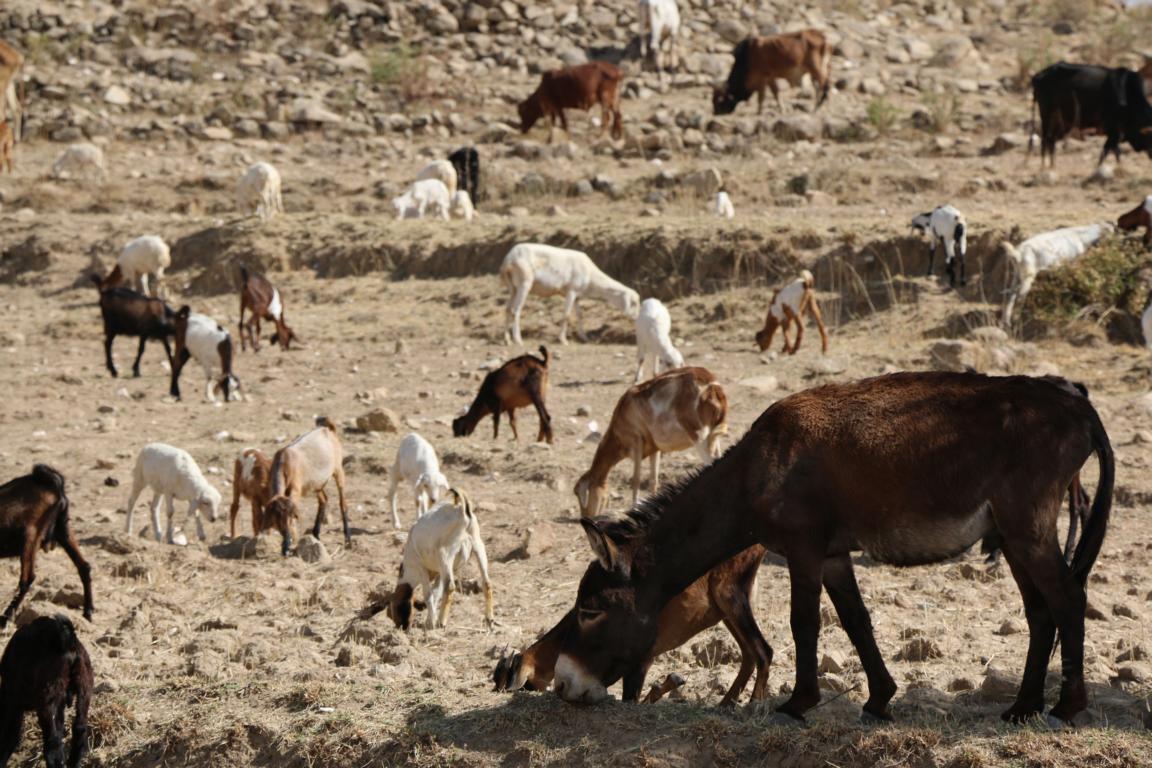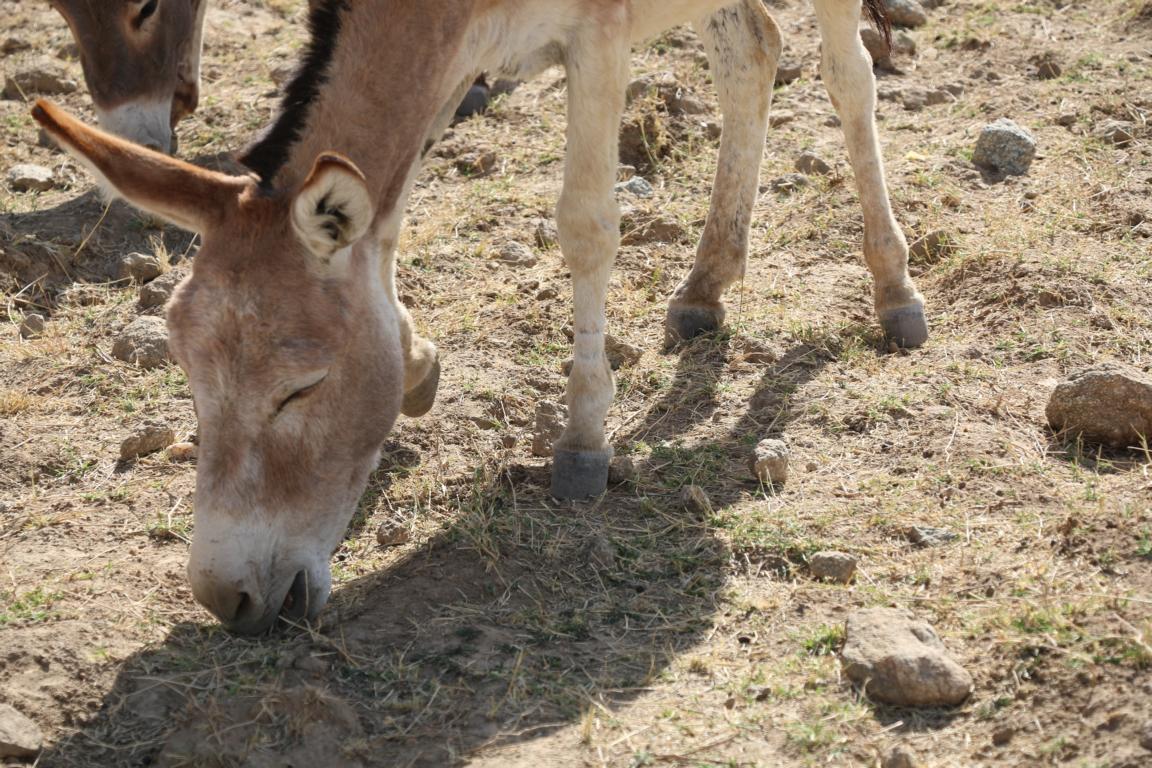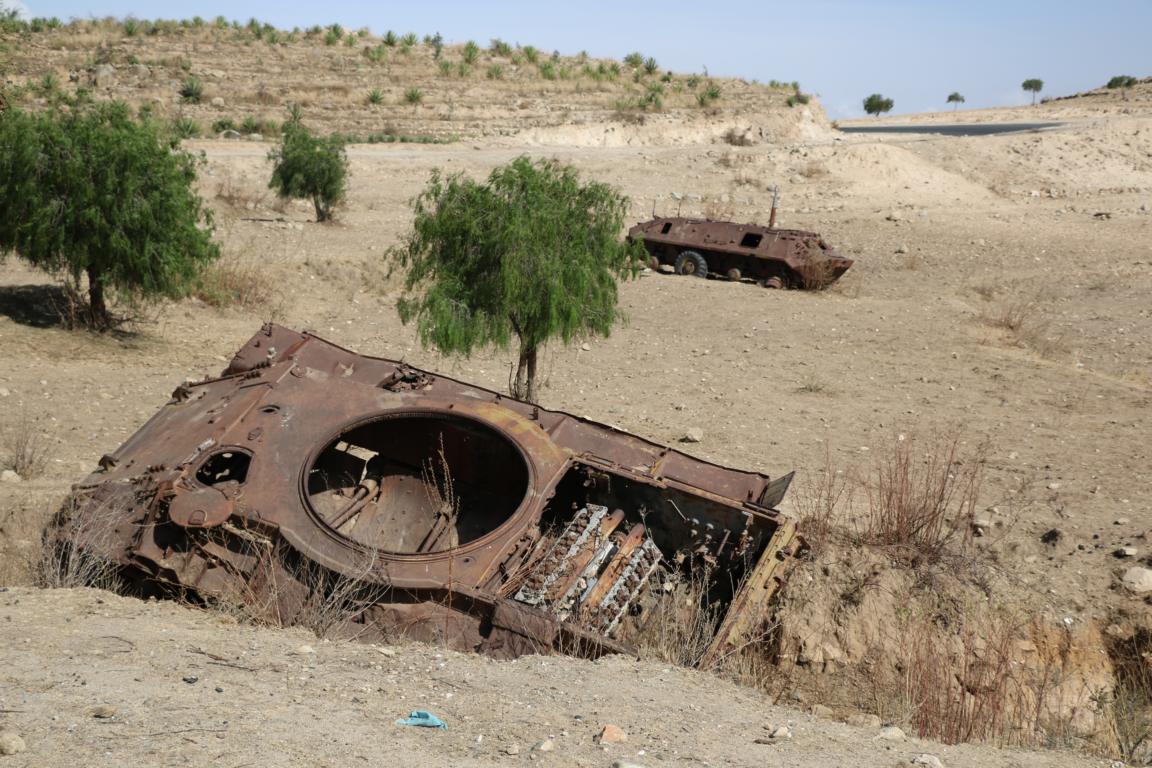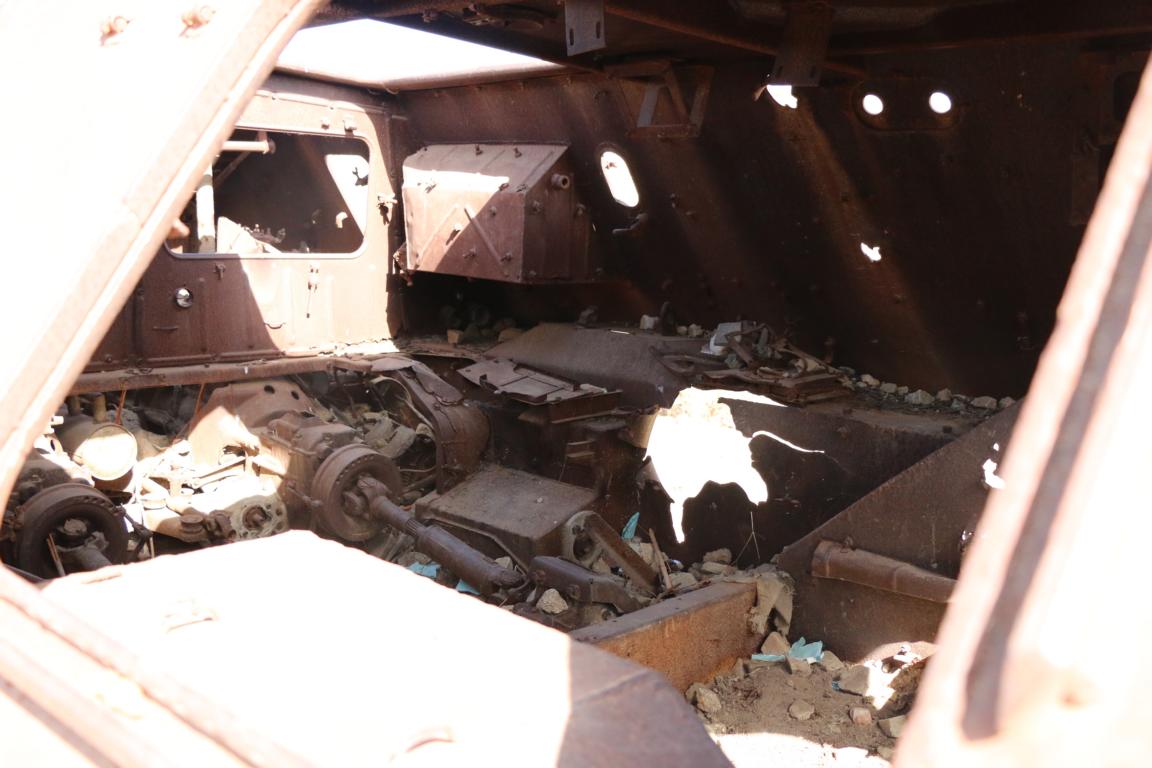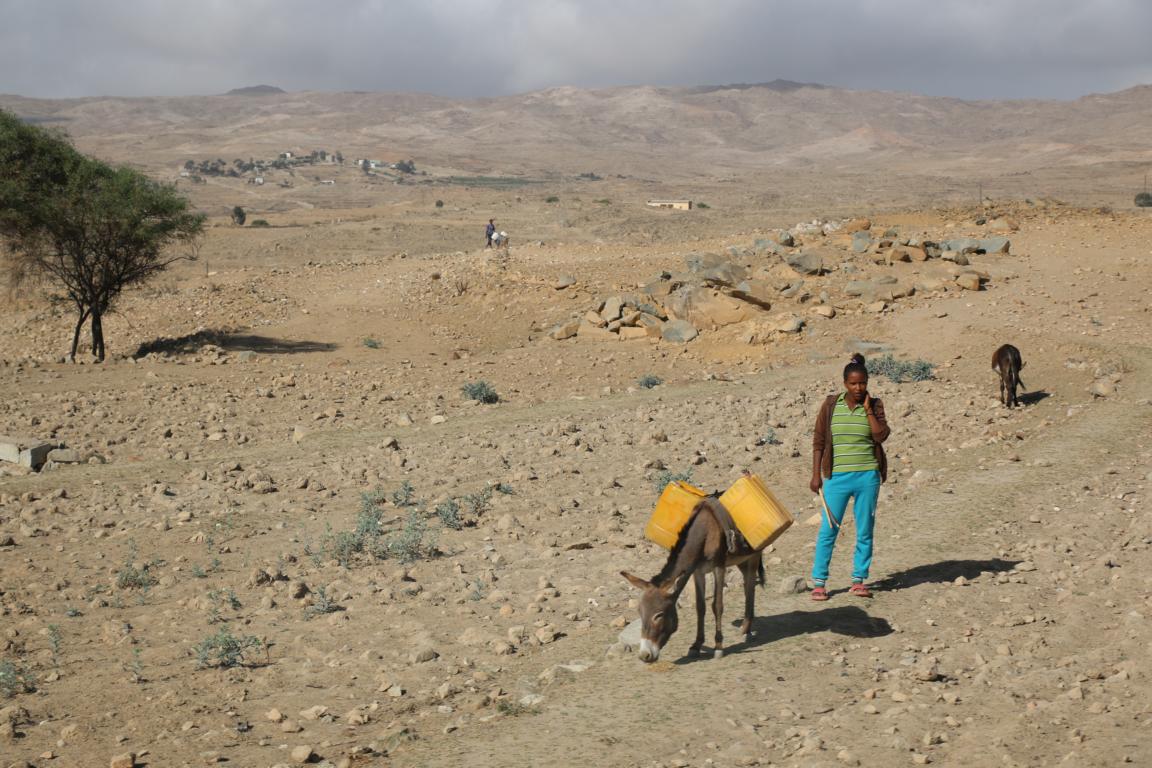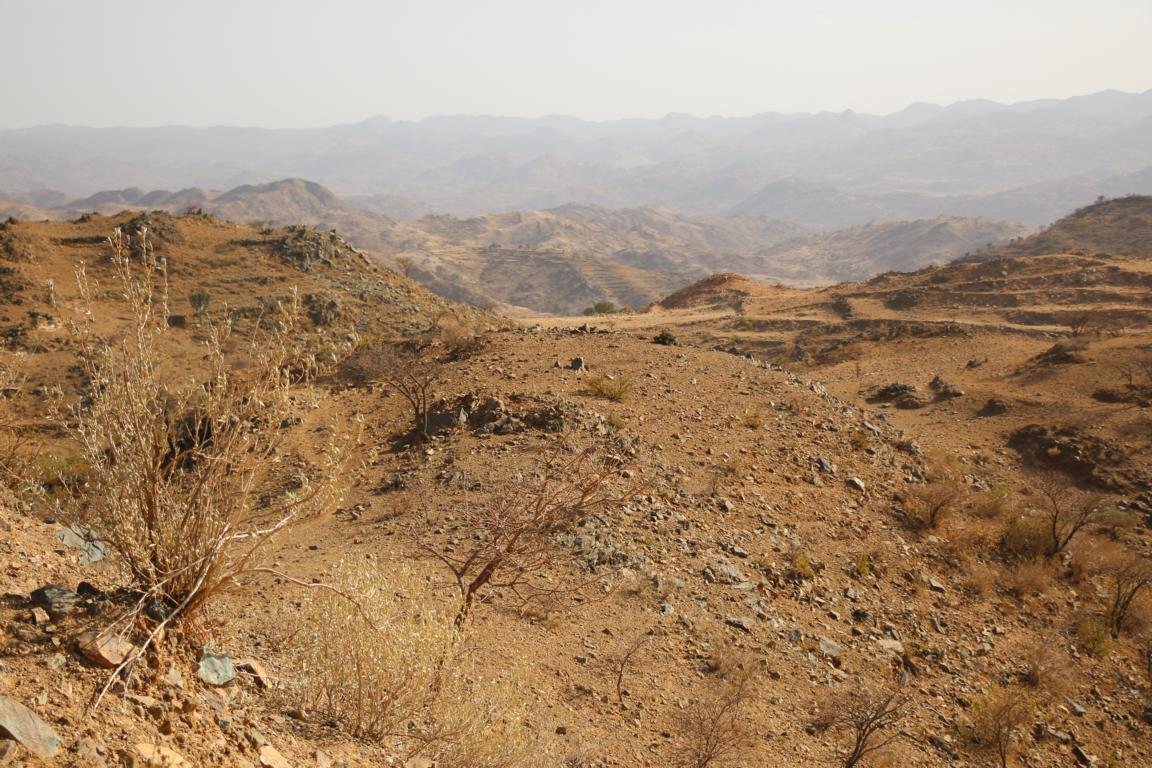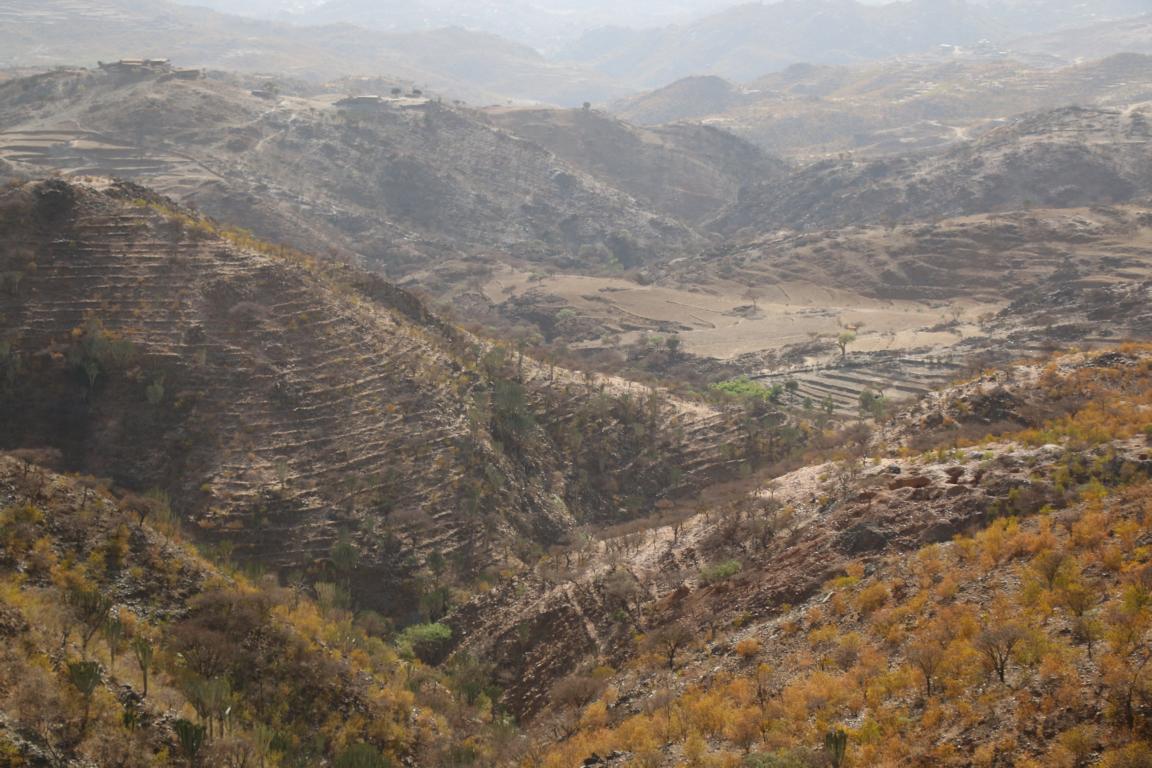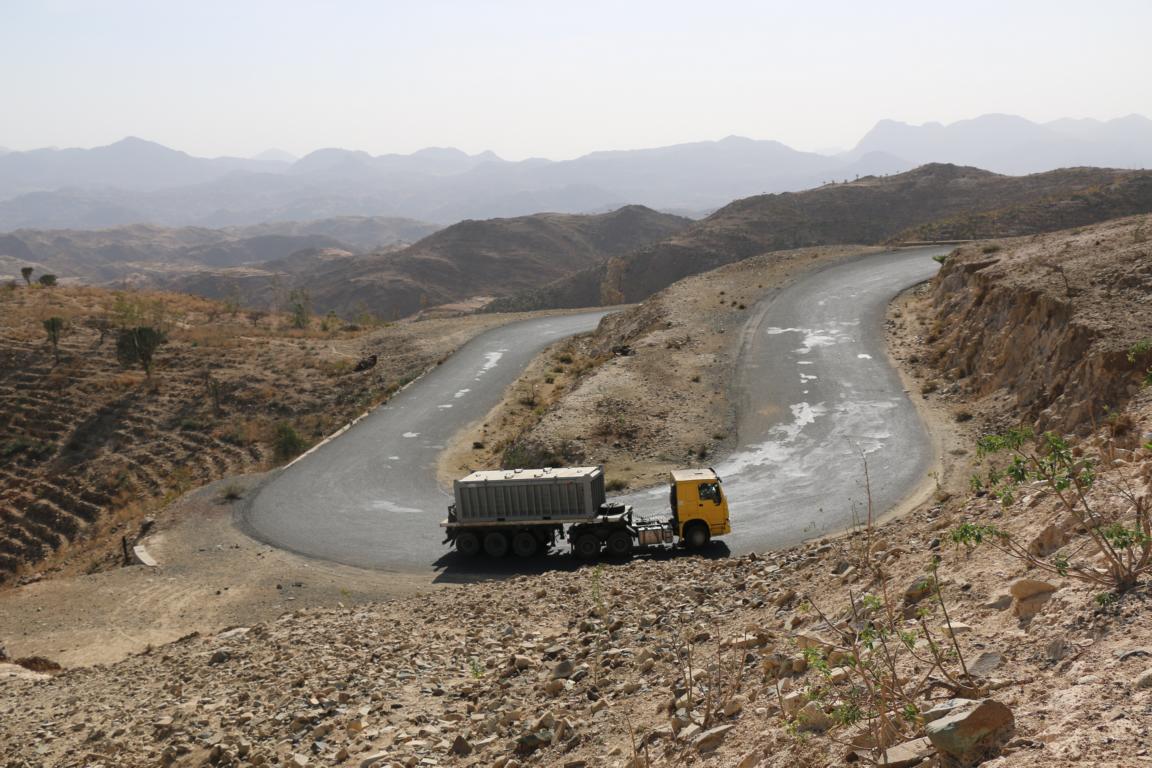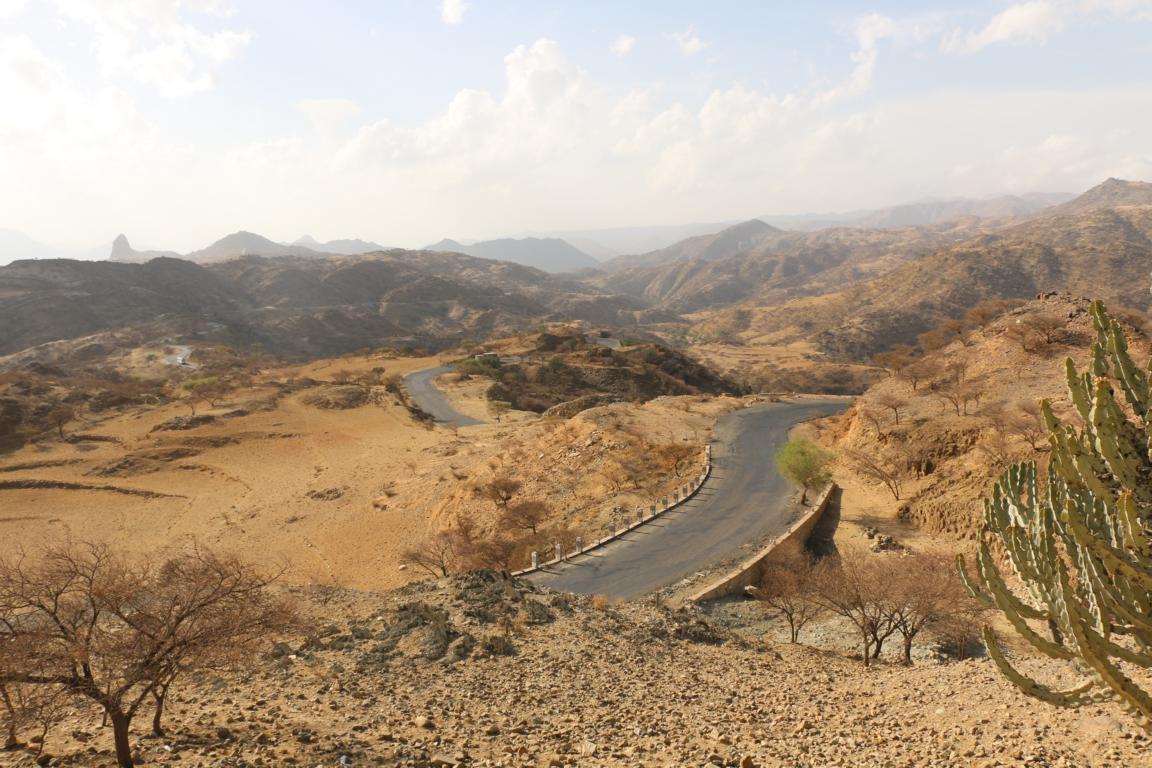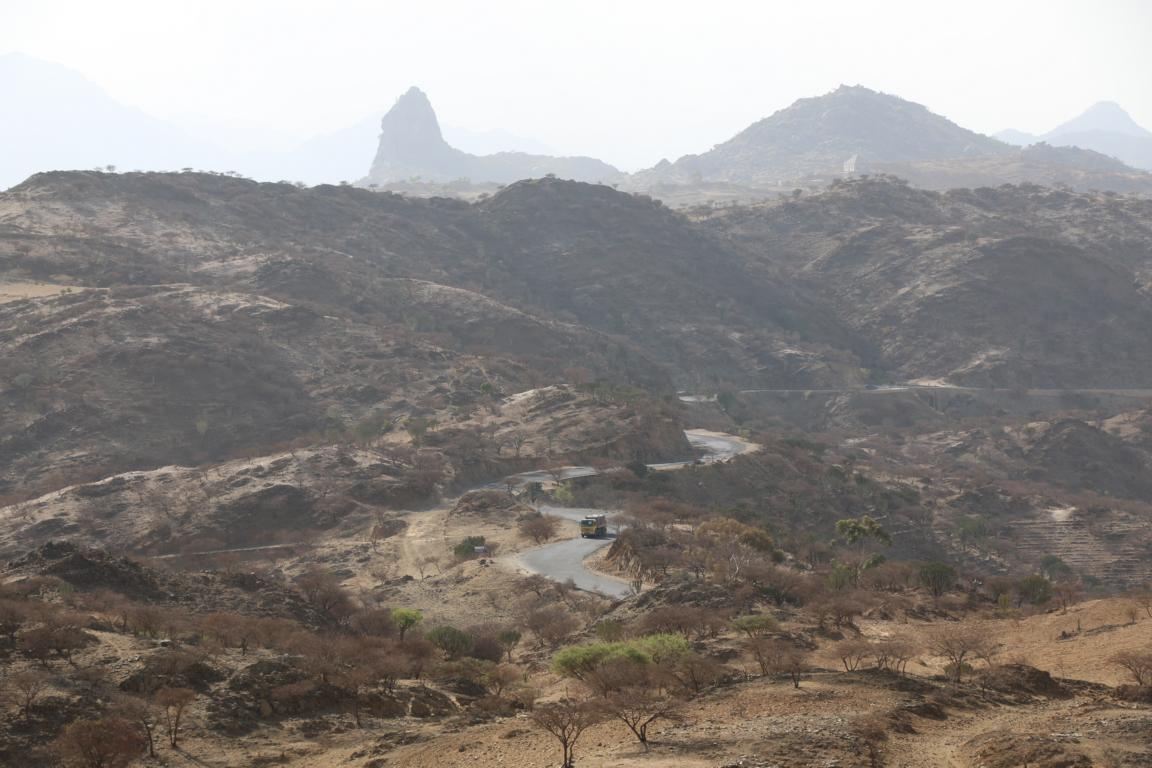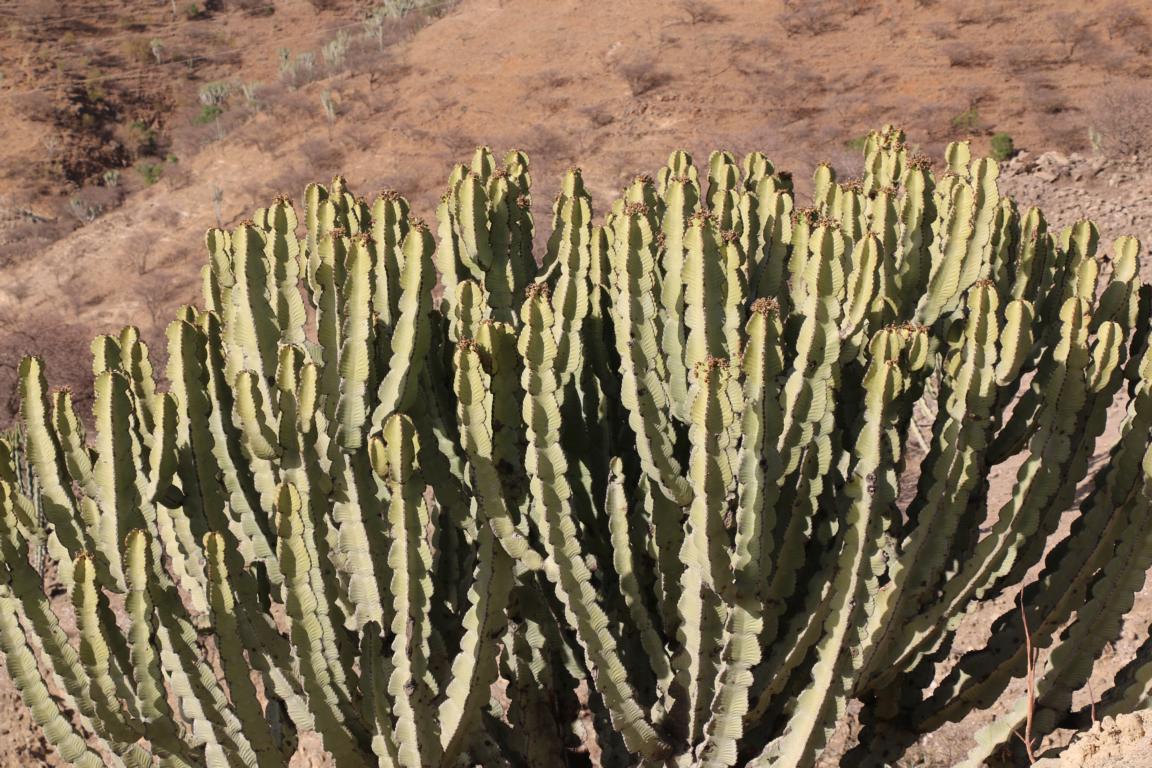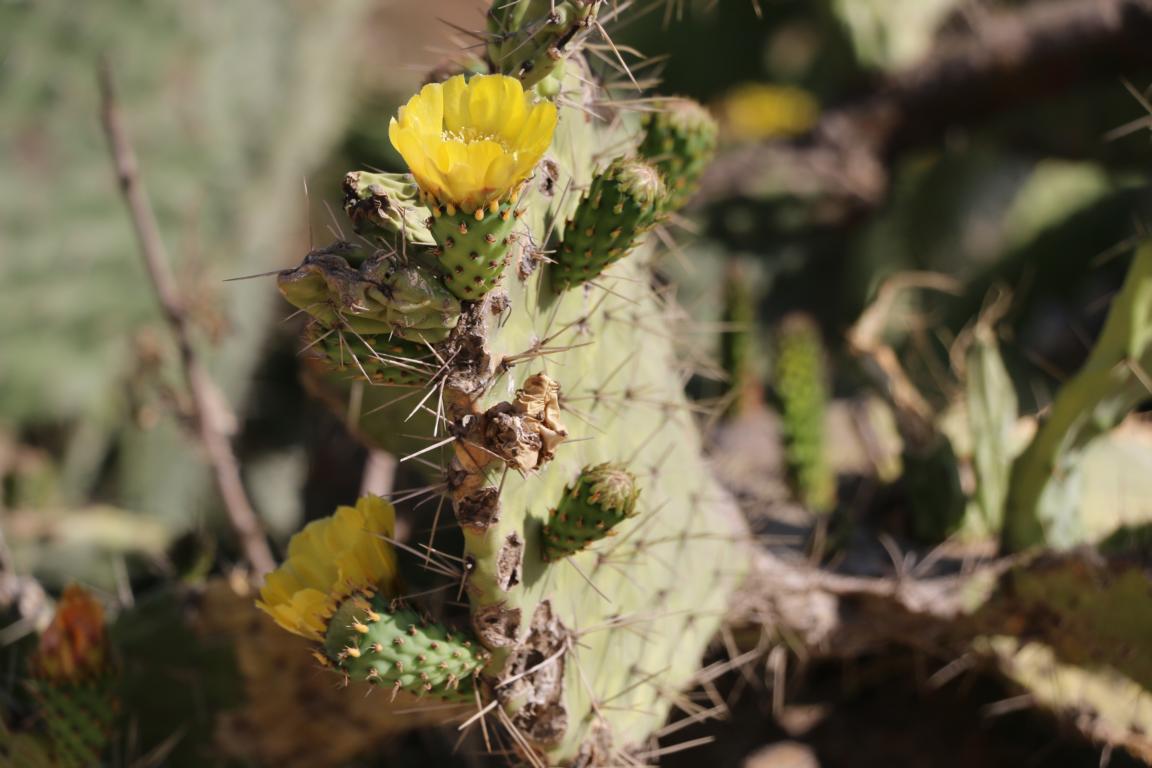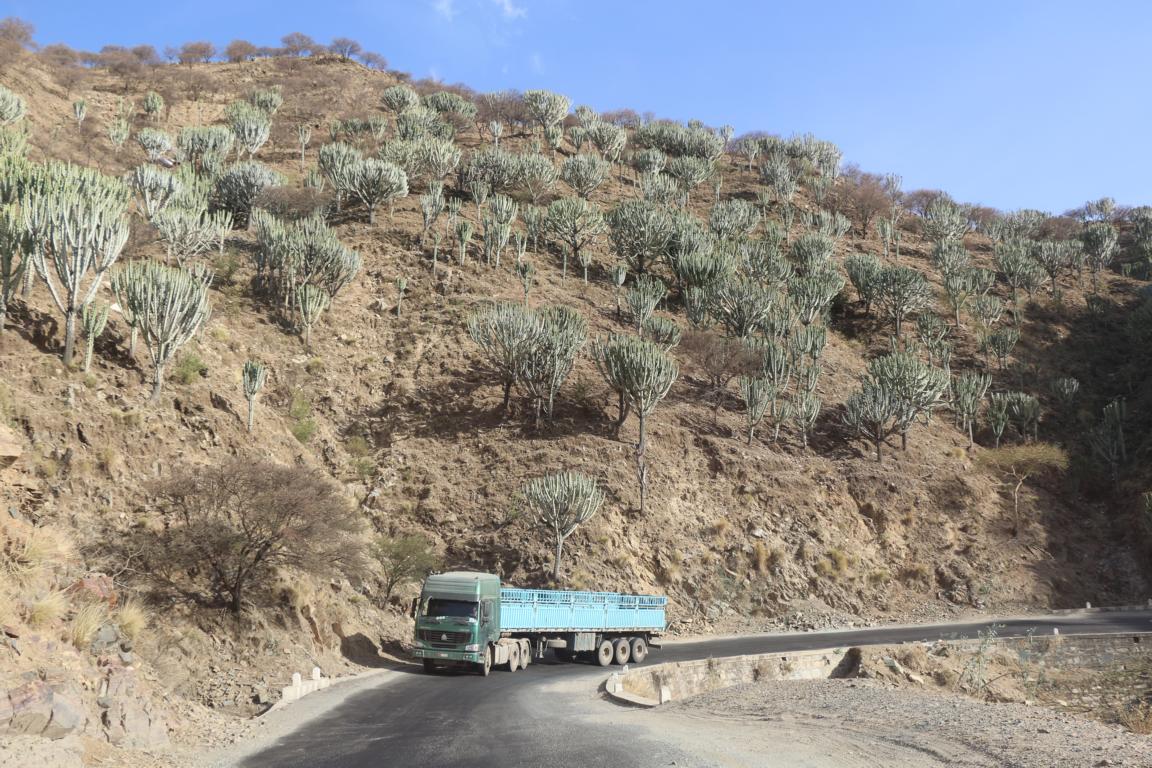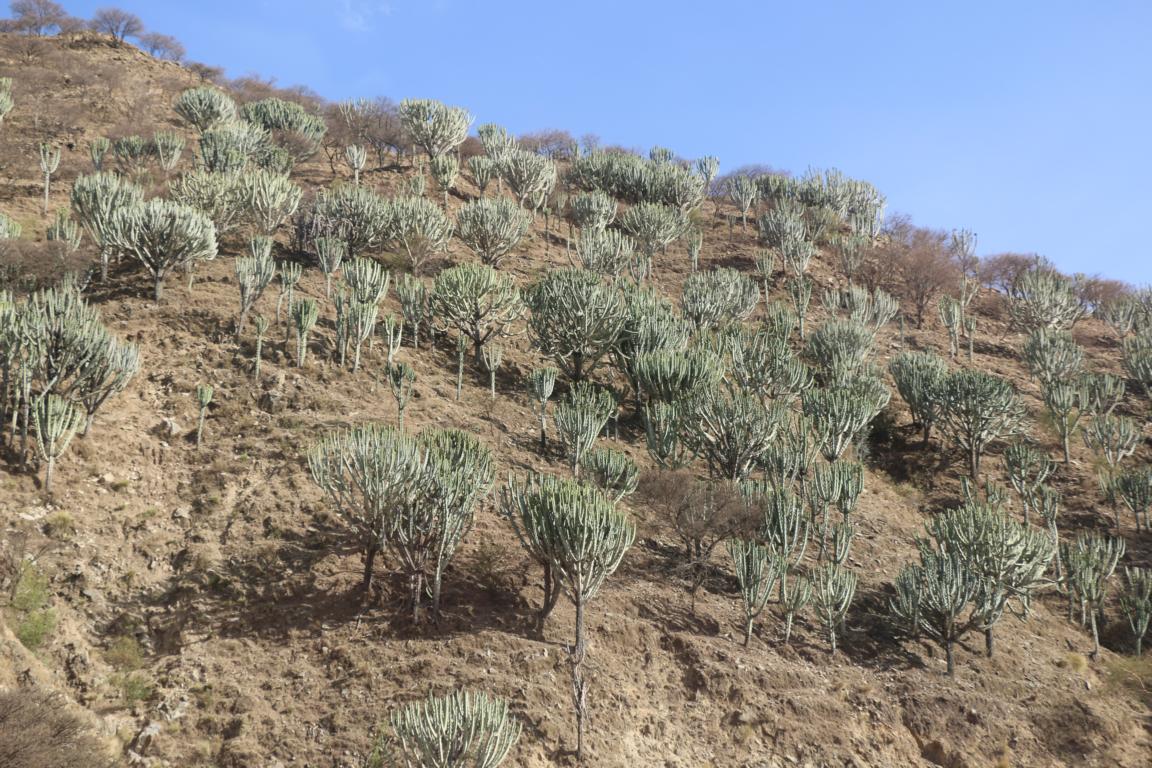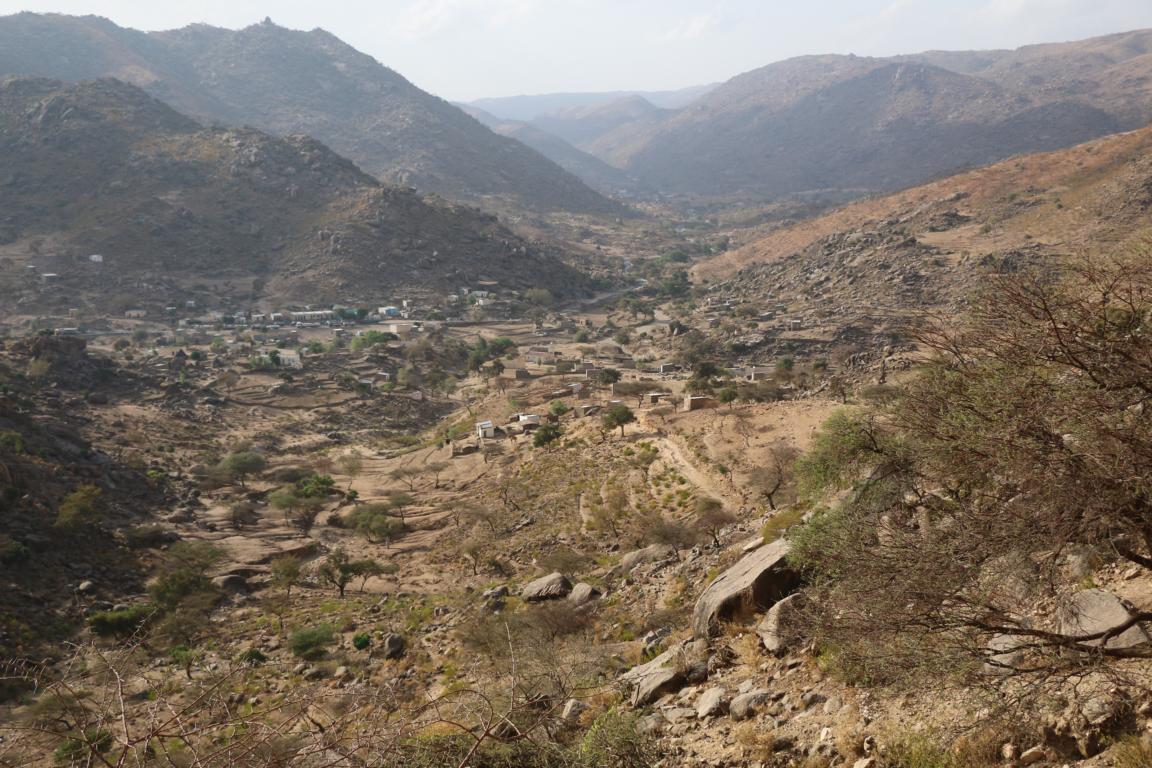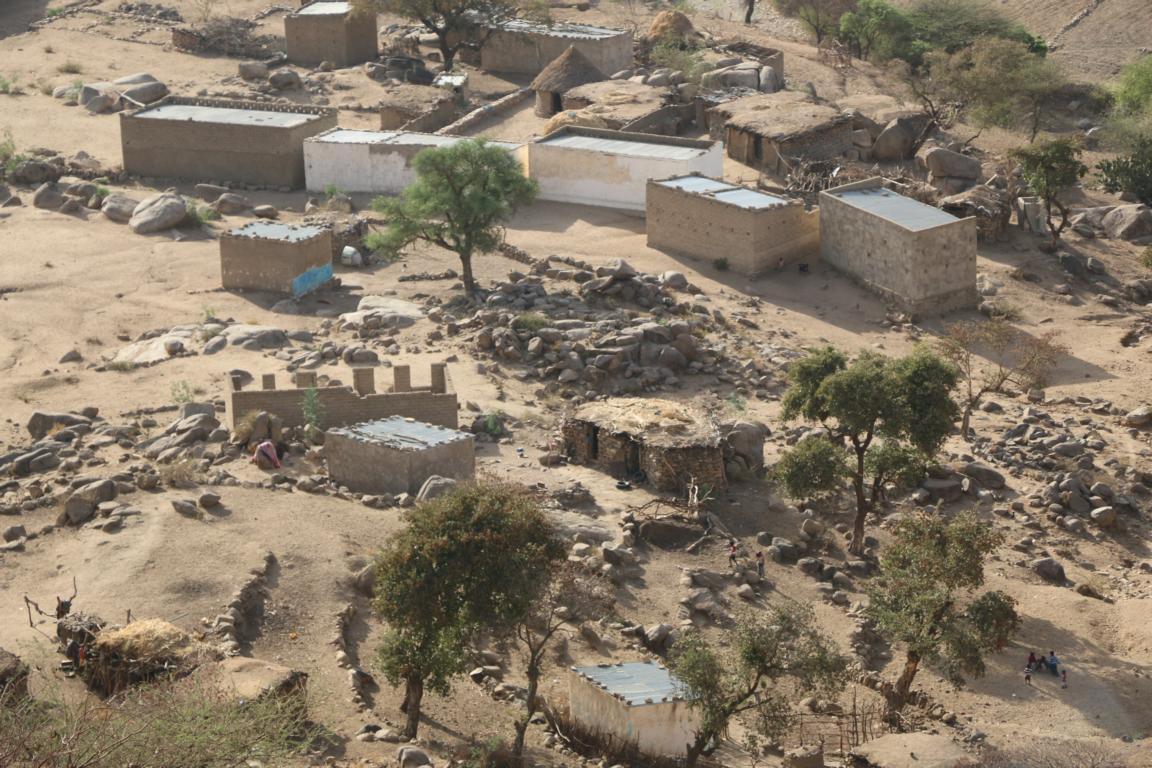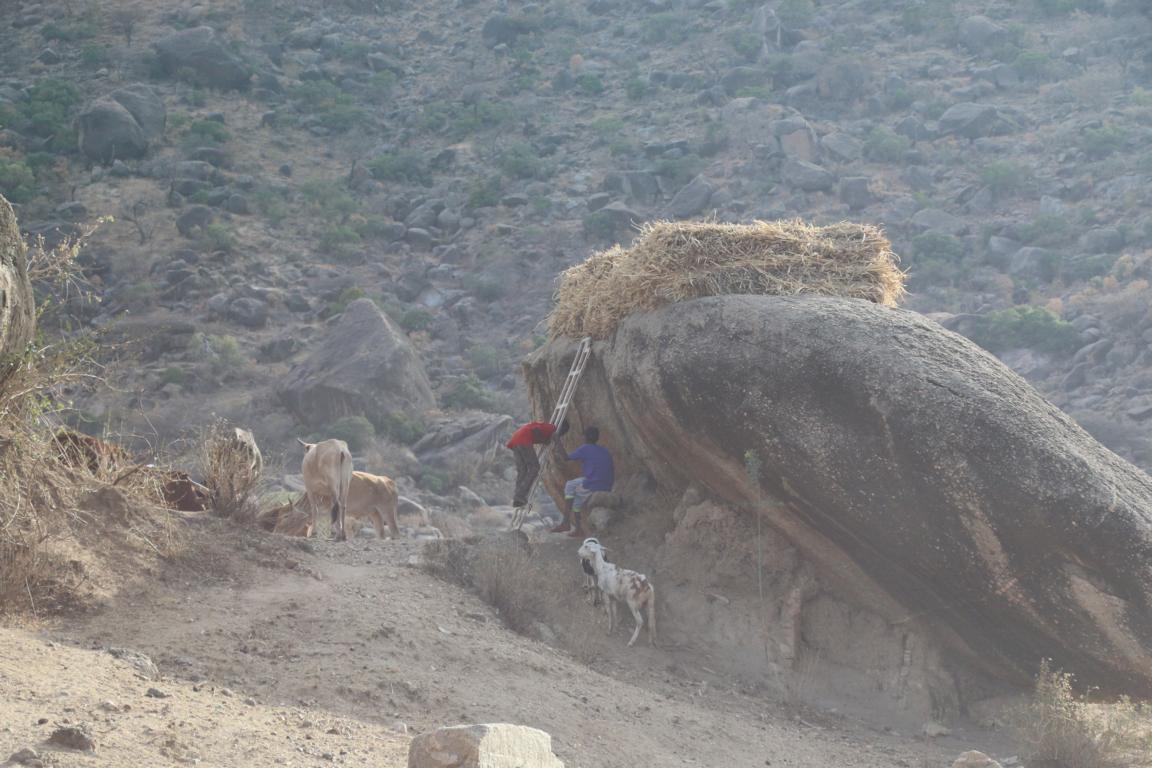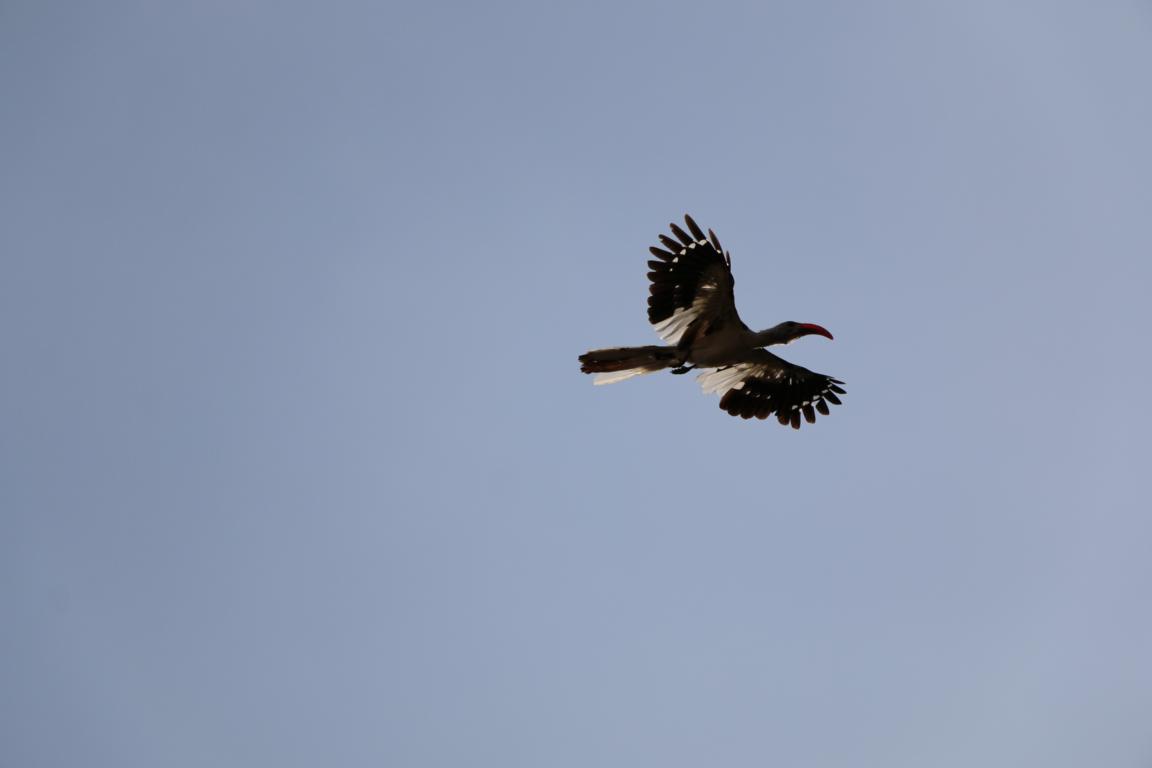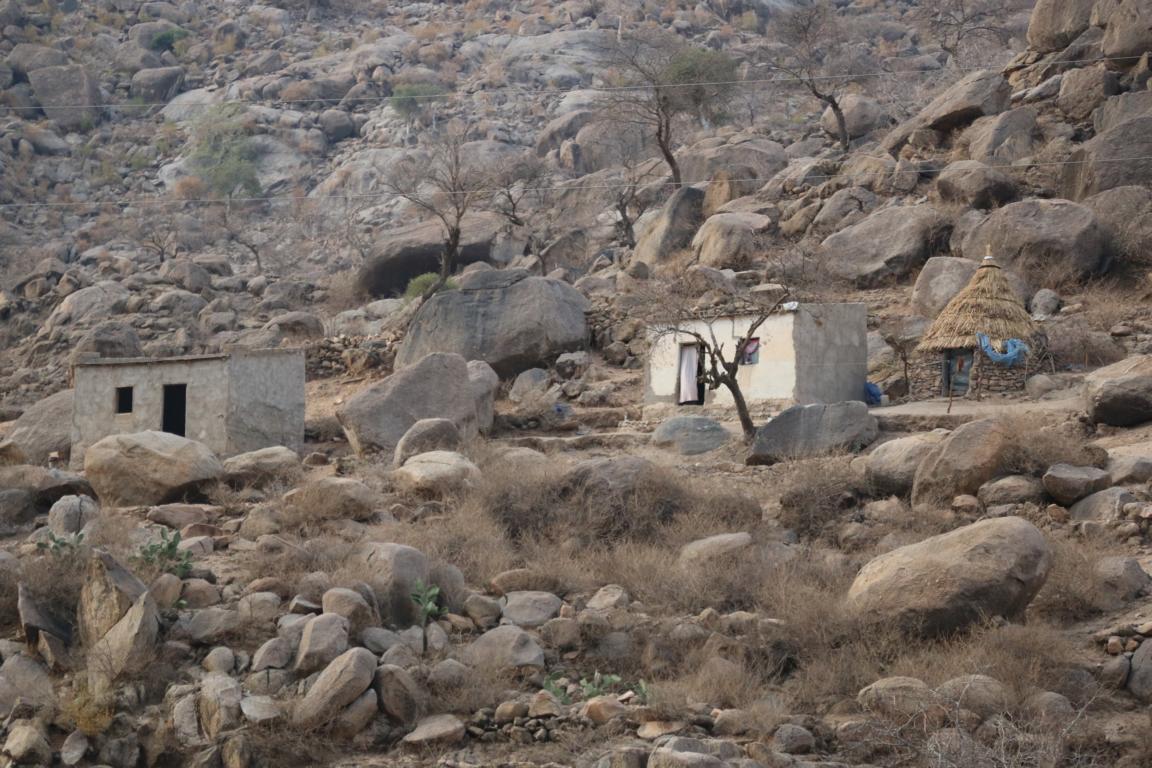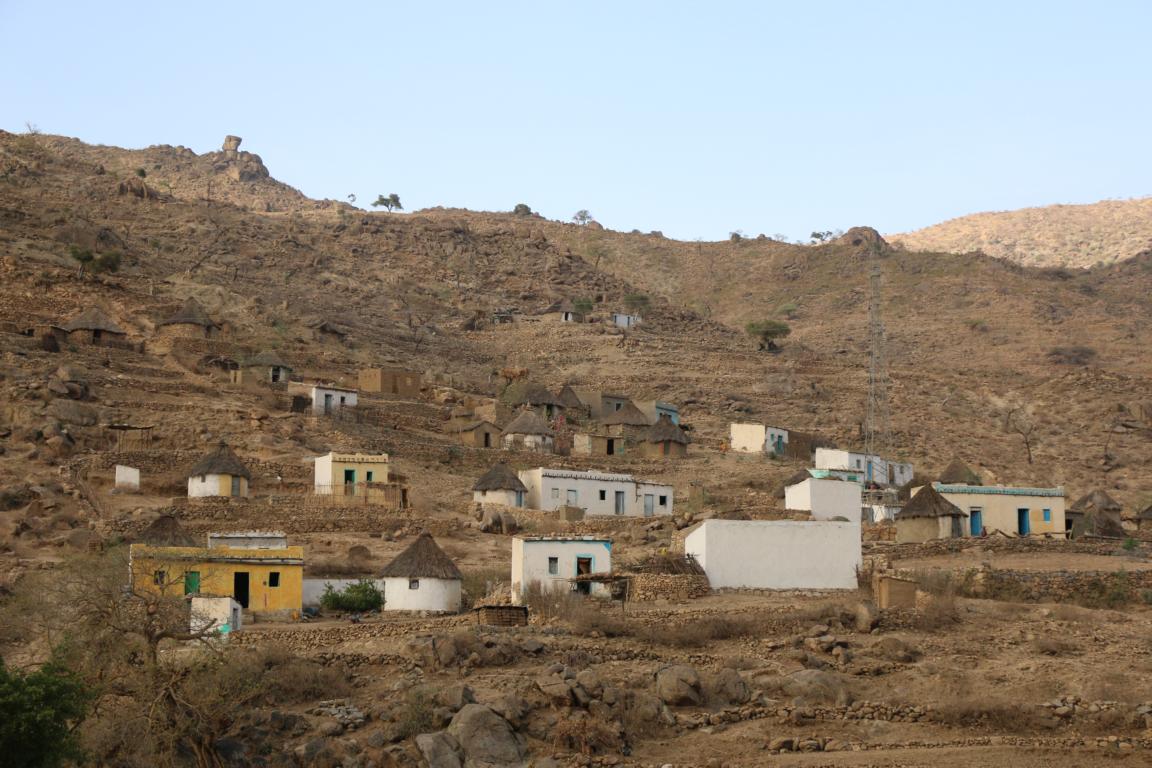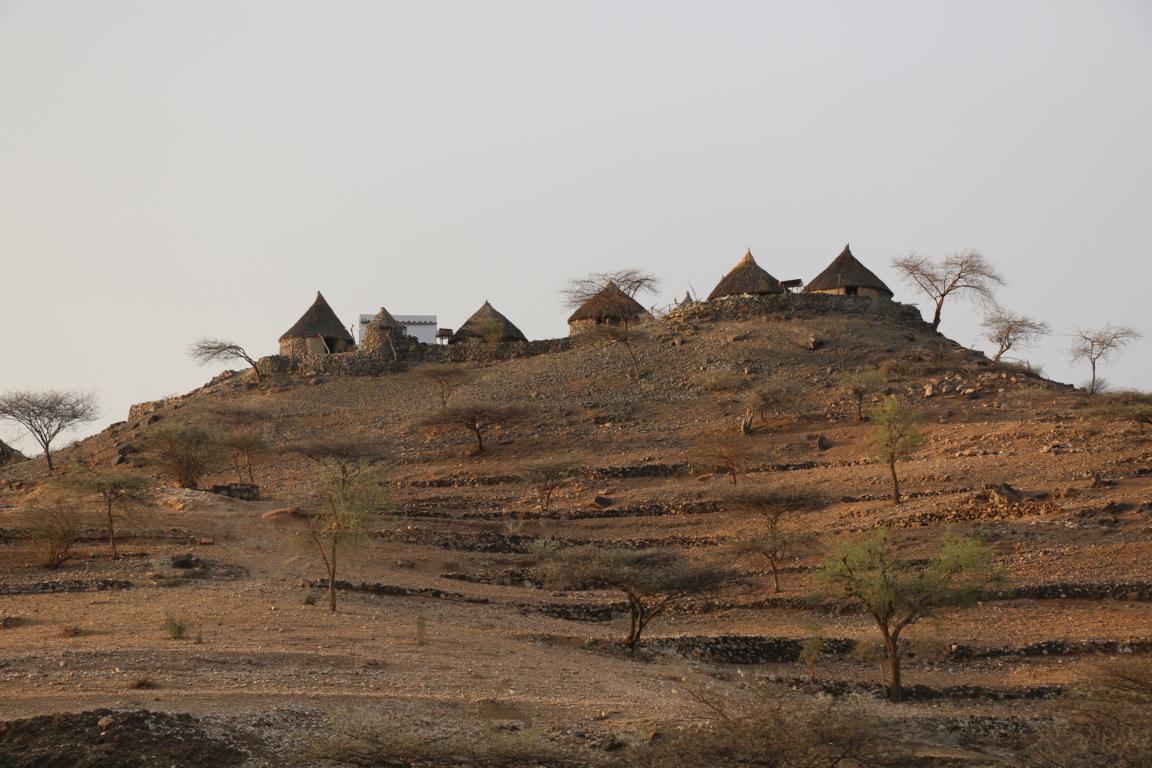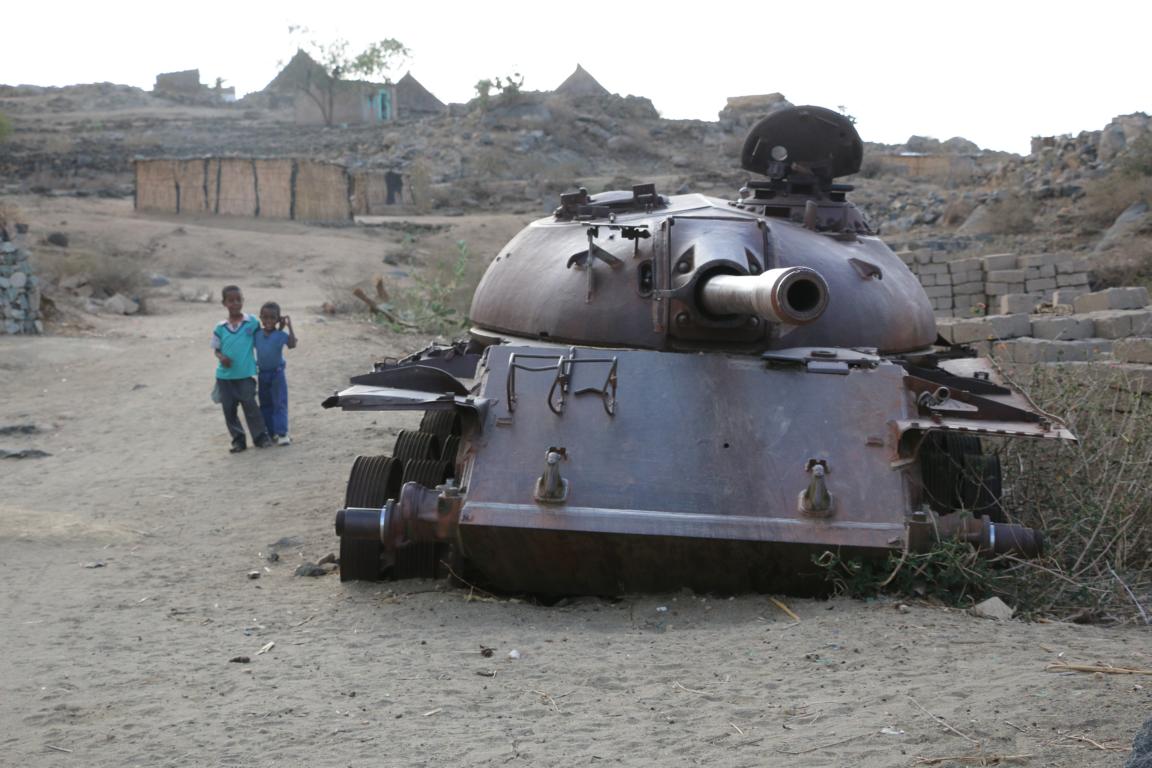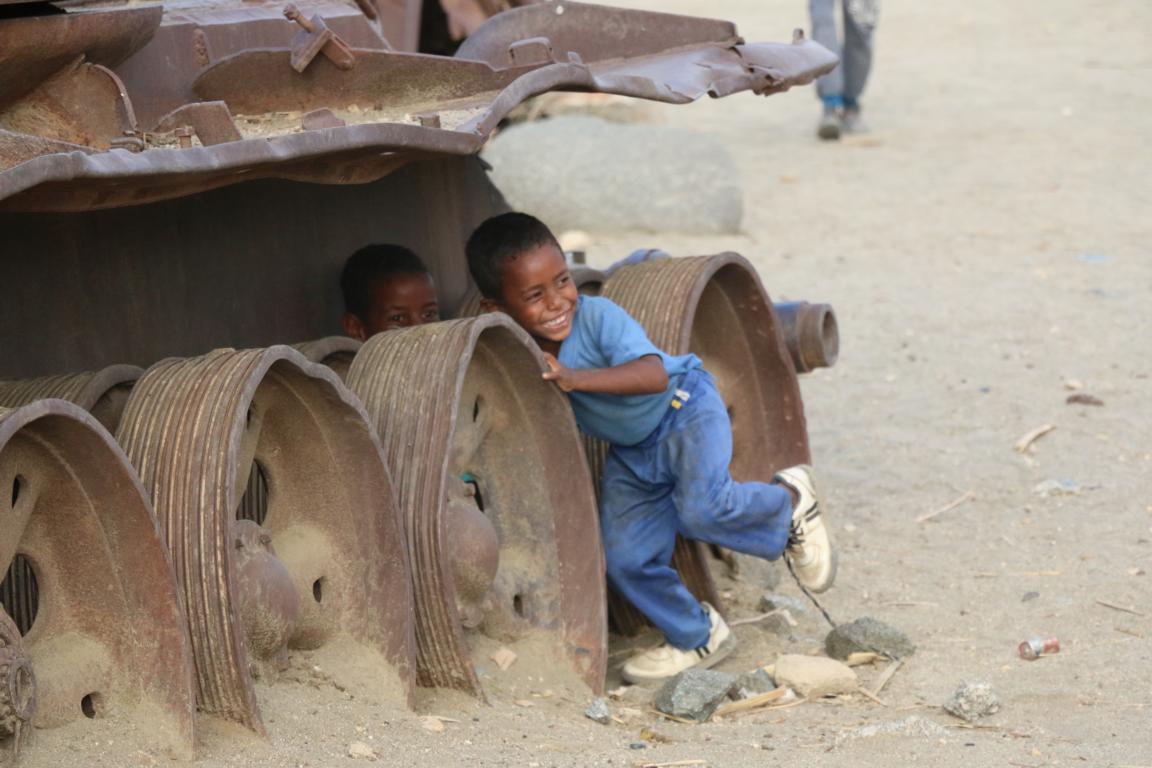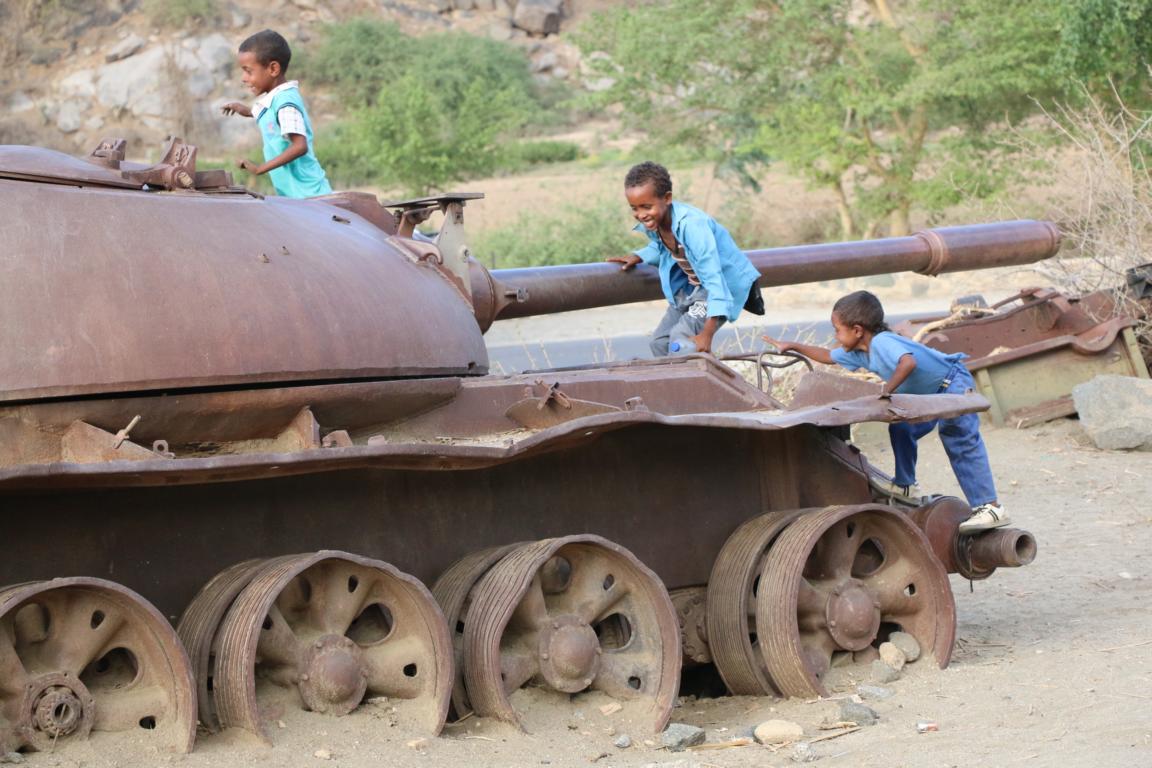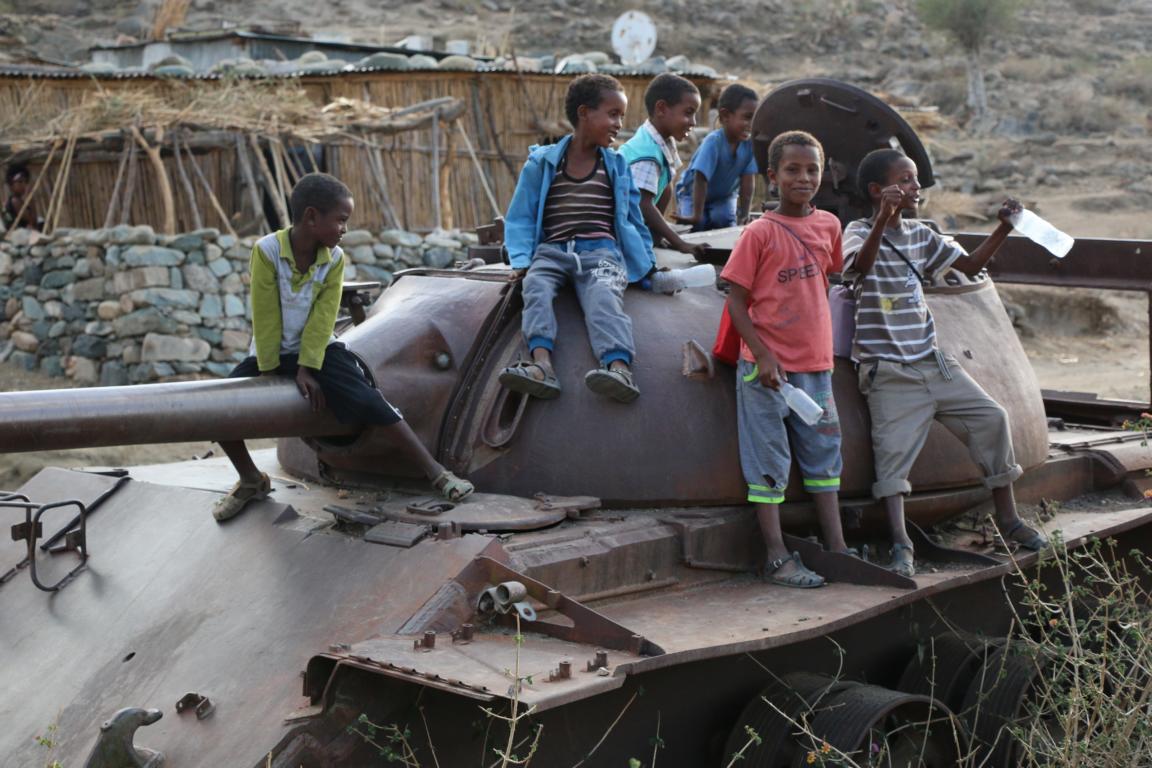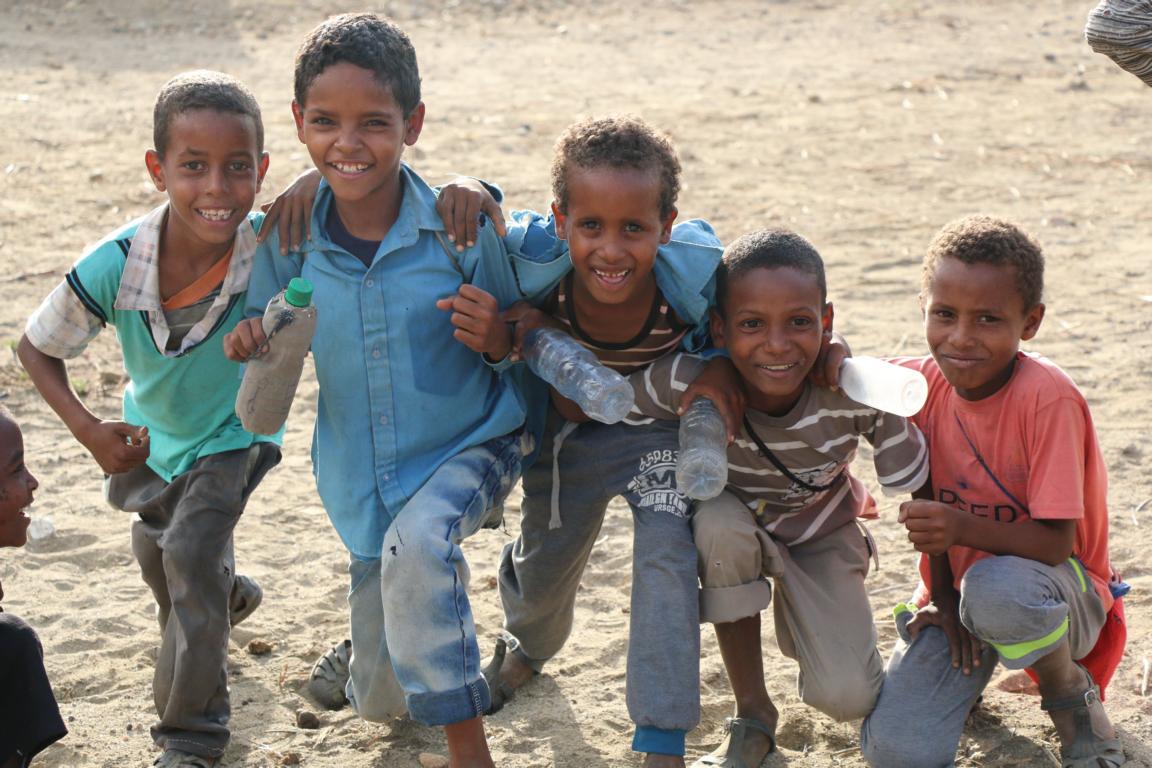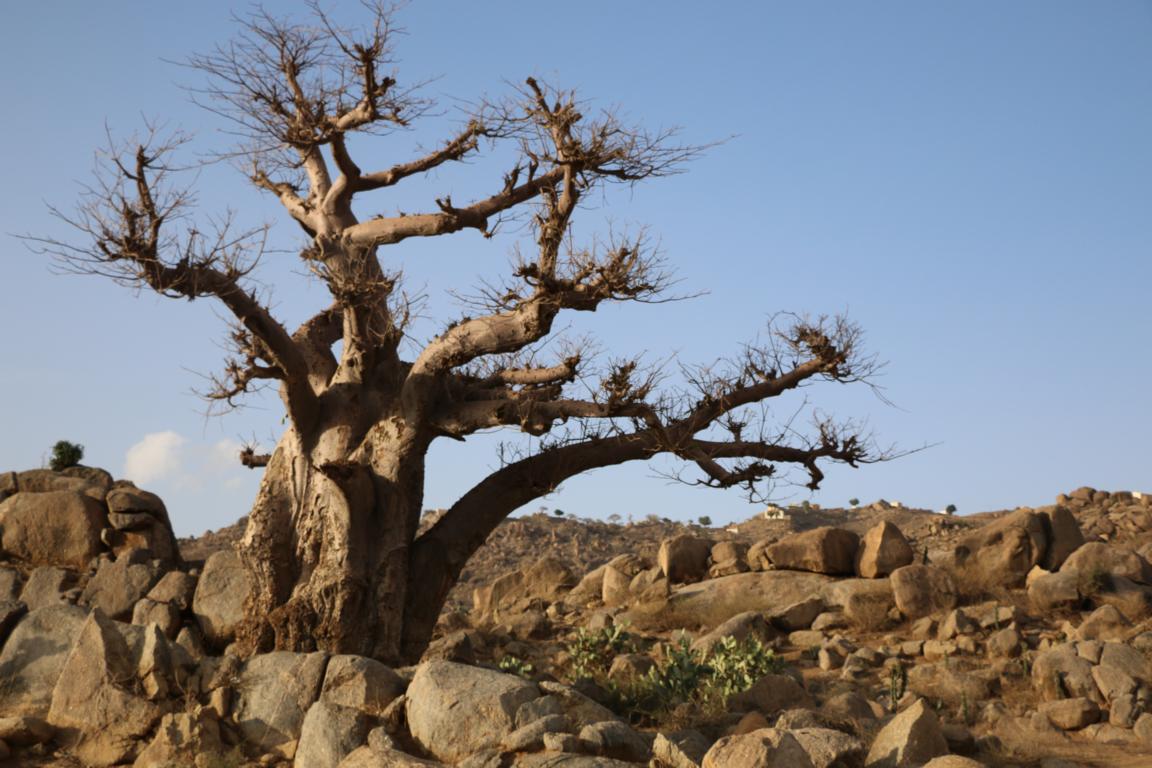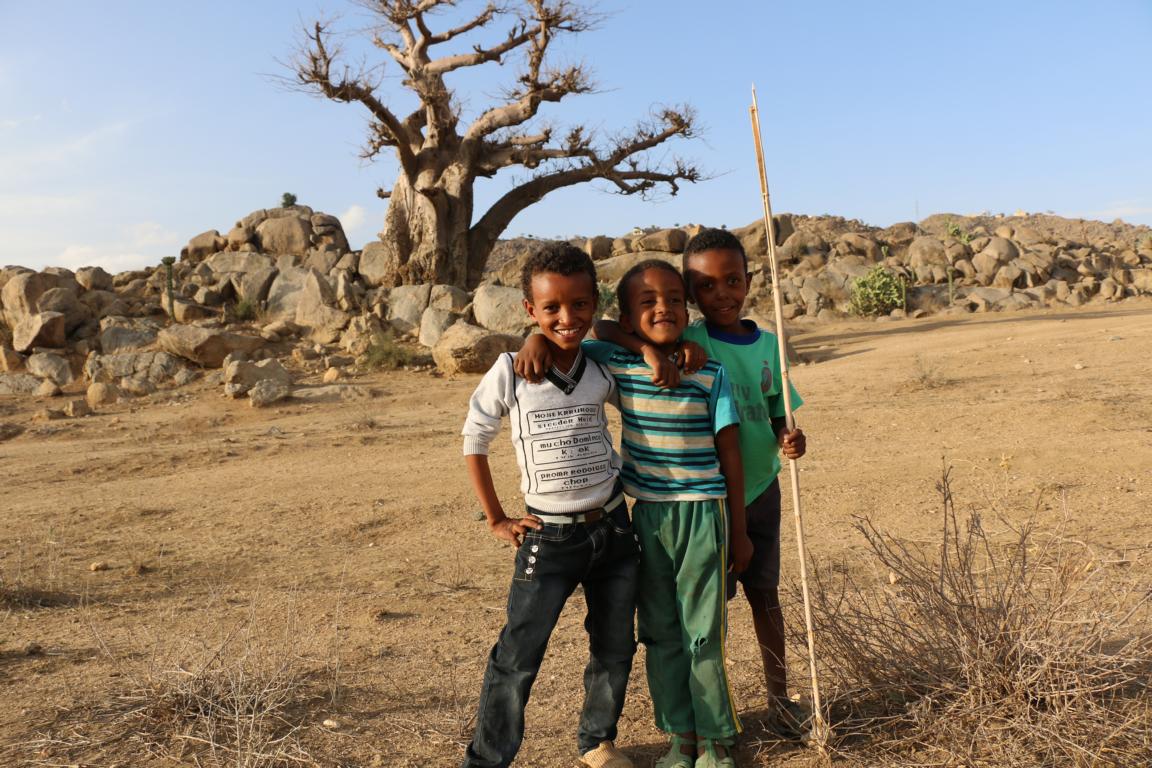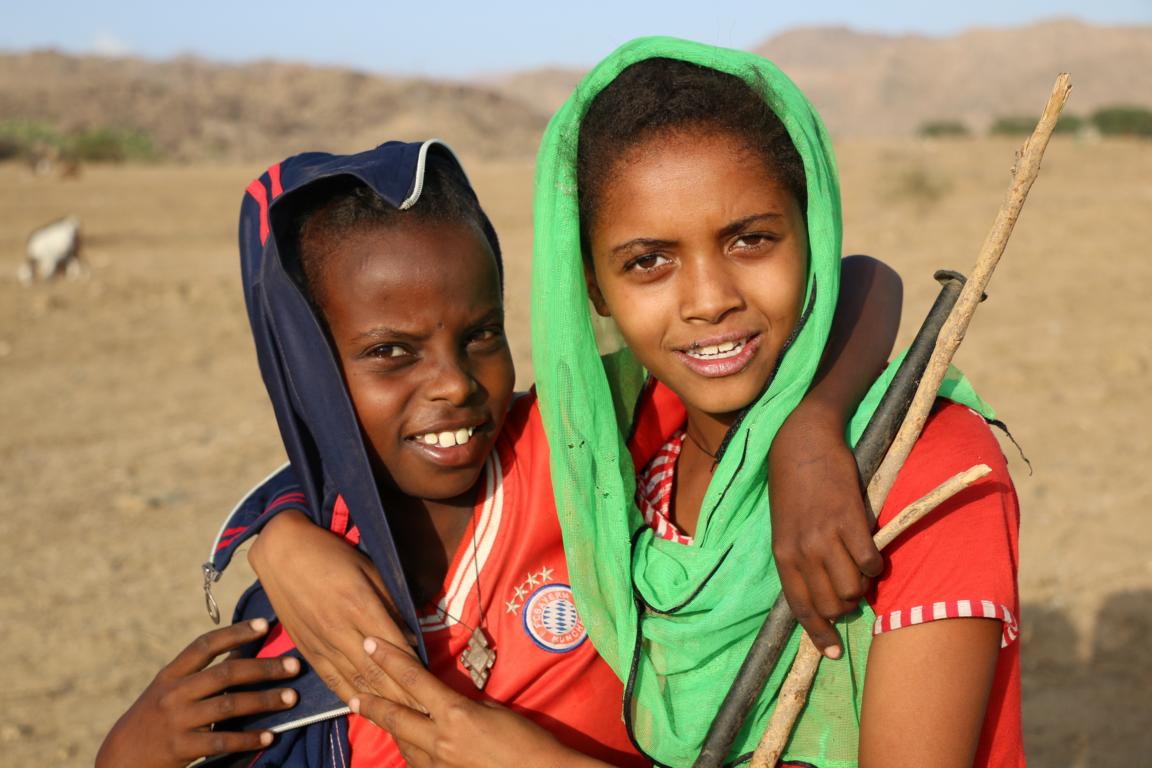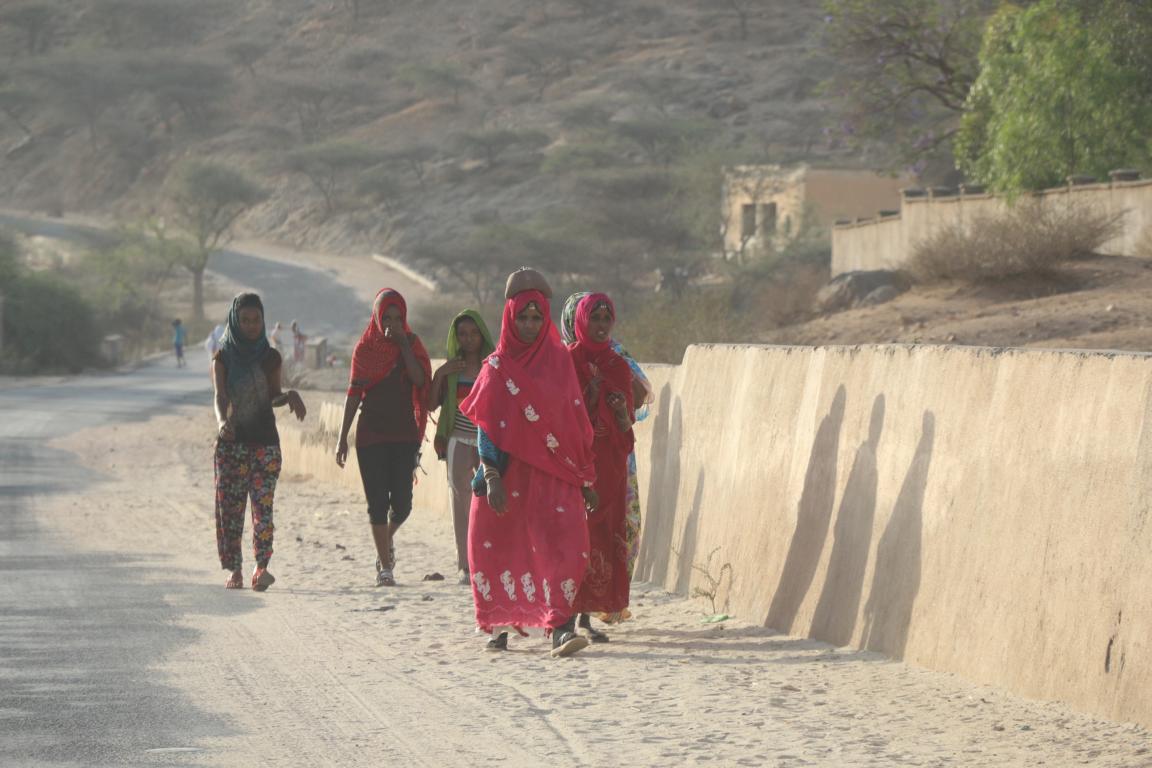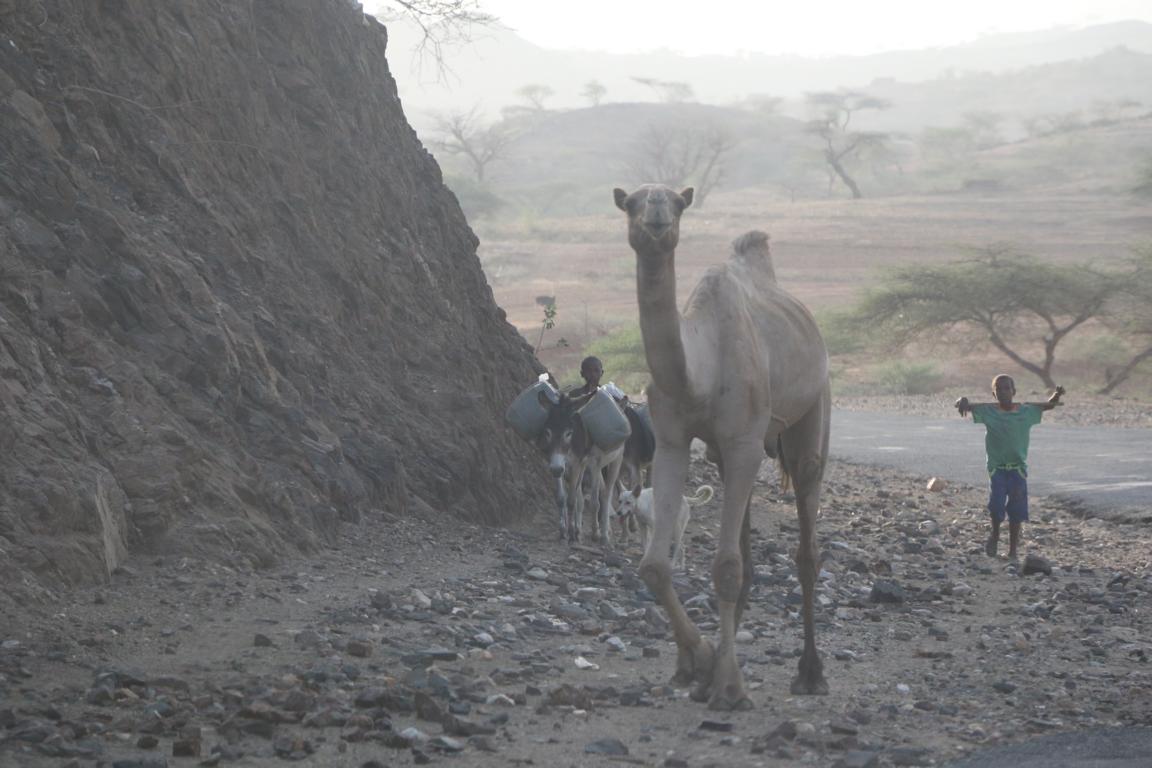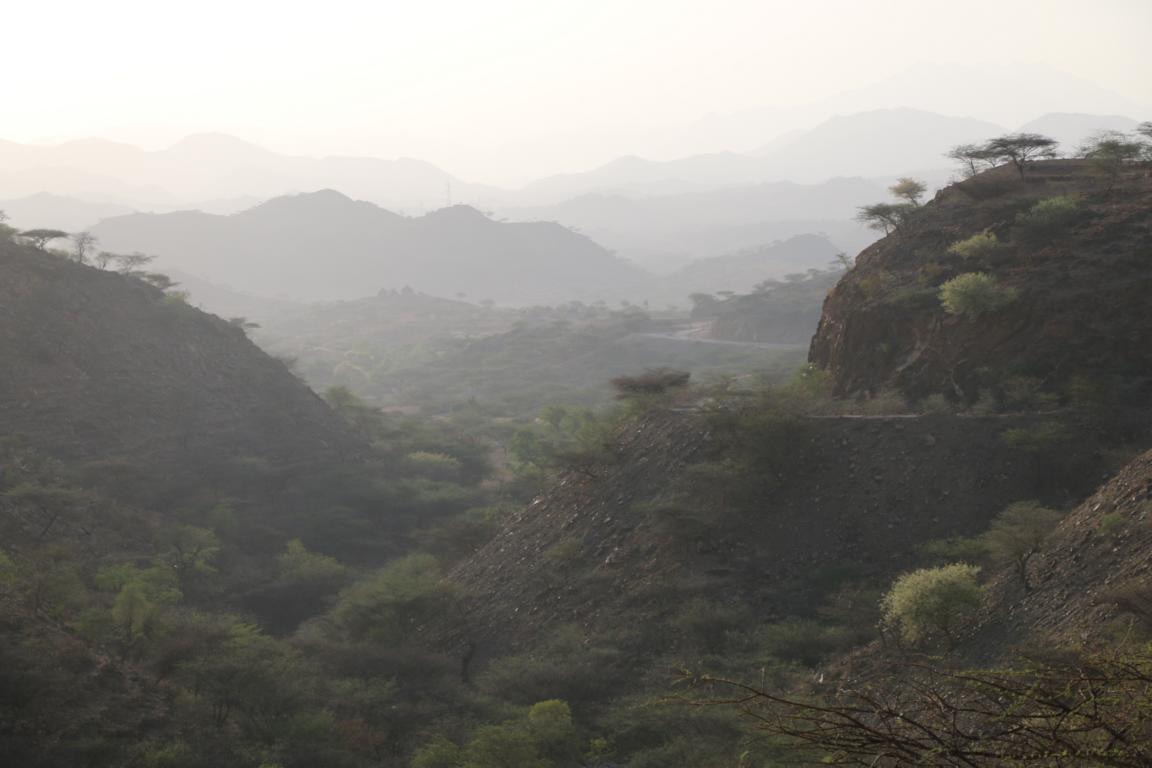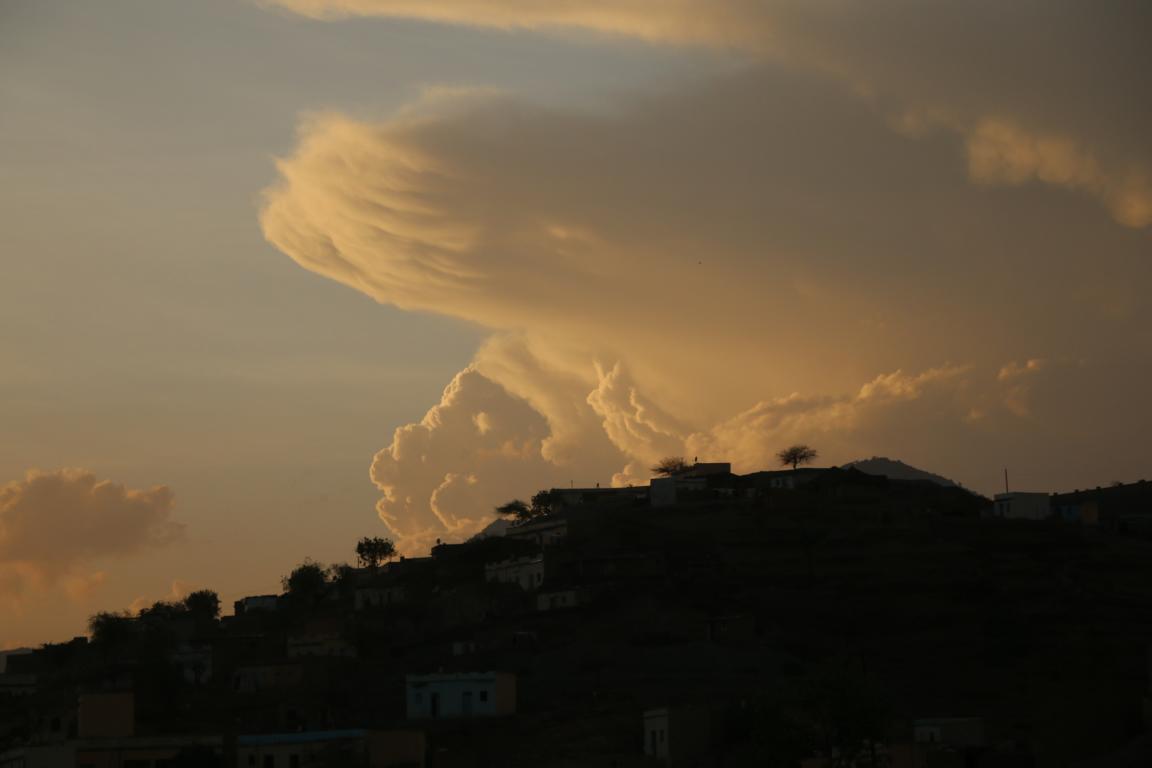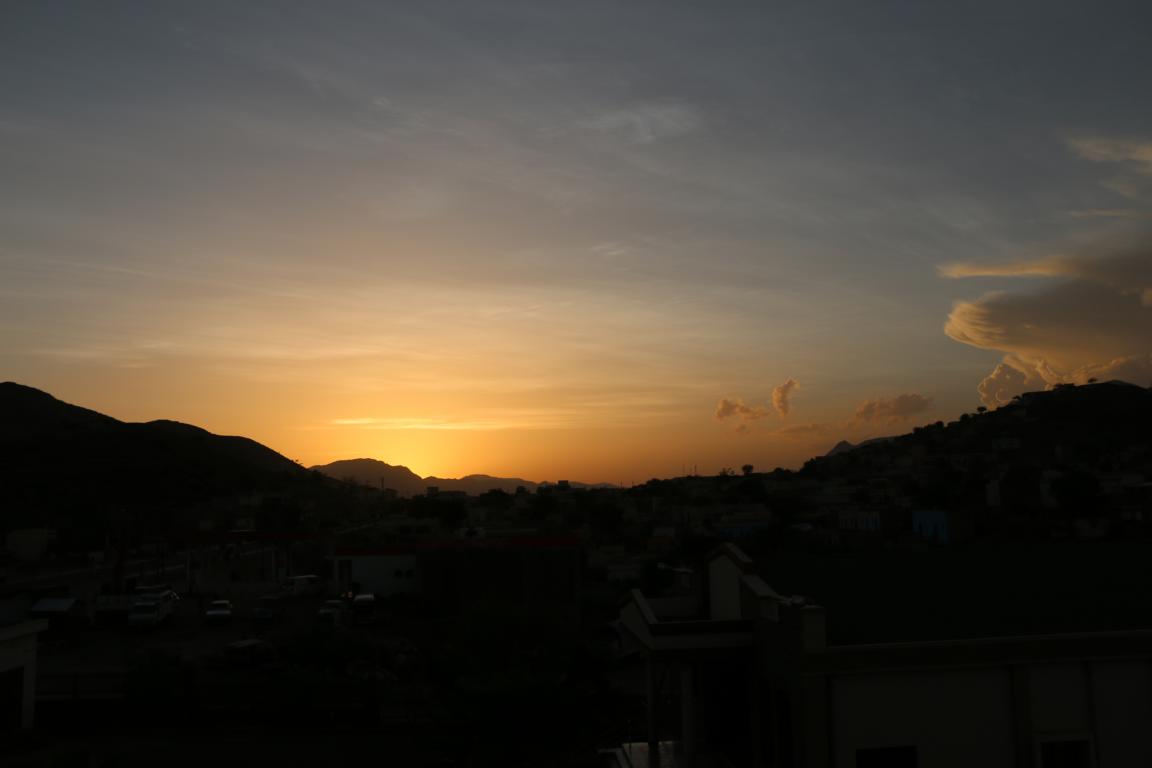Eritrea – Travelling Back in Time
Eritrea is a country literally untouched by modern tourism industry. Travelling through Eritrea in many ways is a travel back in time. While on the one hand you will not get the hotel service you might be used to you on the other hand have the opportunity to experience authentic life (instead of staged folklore). For photographers Eritrea is true paradise with eye-catching motives literally at every corner. See my pictures via the following link
https://plus.google.com/u/0/photos/103945442053805877863/album/6274798620752086401/6274801184594535106 or scroll through below pictures
Located at the southern banks of the Red Sea - bordering Sudan, Ethiopia and Djibouti - Eritrea has some 125,000 sq./km and 4.4 millioninhabitants. Ruled by the Ottoman Empire in the 16th-19th century it became an Italian colony in 1885. Intending to make it a home for Italian settlers and to establish an Apartheid-style society Italy invested massively in its colony making it the second-most industrialized country in sub-Saharan Africa in the 1930s. Following Italy’s defeat against the British army in 1941 Eritrea was administered by Great Britain. In 1950 the UN Security Council resolution decided to make Eritrea an autonomous unit federated with Ethiopia. After a 30 year lasting liberation war led by the Eritrea People’s Liberation Front (ELPF), a Maoist movement with close ties to China, Eritrea gained independence in 1991 (being the first country to achieve a change of Africa’s post-colonial boundaries).
Present-day Eritrea is a one party state ruled by the People’s Front for Democracy and Justice (PFDJ). The constitution is suspended and there are reports about significant human rights deficits. As a result of a massive deindustrialization during the British and Ethiopian era Eritrea’s economy now is mainly based on agriculture and the annual per capita GDP is among the lowest in Africa. The economic development of the country furthermore still suffers from the consequences of the 1998 war with Ethiopia and high military spending. On the positive side Eritrea, which consists of nine different ethnic groups, is the safest and cleanest country in Africa and wealth/poverty is more evenly distributed than in other countries. Most of all, Eritrea is an outstanding example how Muslims and Christians (who each form approx. half of the population) can live harmoniously together.
The photo series shows pictures of the capital Asmara as well as from several road missions to Keren (north), Massawa (east/coast) and Senafe (south).
Part 1
Asmara – Capital of Eritrea.
Located at 2,400 m Asmara has a mild climate throughout the whole year. While Italians are long gone Asmara still persevered its Italian charm in particular with regard to street life, architecture (including many Art Deco buildings) and gastronomy. Bars still use Italian coffee machines dating back several decades. The Medeber Market is a perfect example how any kind of scrap metal can be recycled. In another market tailors and shoe makers are concentrated.
Steam Railway
Built between 1887 and 1911 the Massawa-Asmara railway – an engineering masterpiece at its time - ascends 2,394 m of altitude over a distance of 306 km. Ceased to work in 1976 the railway has been rehabilitated 1994-2003 in an effort to preserve the national heritage. However, trains currently only run on demand. Former railway workers (as the mechanic in the pictures who started working for the railway in 1952) continue to preserve the old engines and to hand over their know-how to the next generation.
Churches, Mosques and one Synagogue
An Orthodox and a Catholic Church as well as a Mosque and a Synagogue located within a few hundred meters in the center of Asmara indicate the religious tolerance exercised all over Eritrea. The initial picture shows a joint meal of the heads of all religions practiced in Asmara. Deceased military service men of different religions are all jointly buried in the same cemetery.
Part 2
Travel from Asmara to Keren
Keren (at 1600 m of altitude) located some 90 km north of Asmara can be reached by an asphalt road which winds down through a cynic landscape. In some villages there are still destroyed tanks from the liberation war which turned into playgrounds for children. Keren streets are buzzling with trading and churches and madrassas are located within 50 meters of each other. In 1941 Keren was the location where British troops after a fierce battle broke through the Italian defense lines. Soldiers of both countries are buried in two separate war cemeteries.
Travel from Asmara to Massawa
East of Asmara (located at 2,400m) starts a steep drop off to the coast to the historic seaport Massawa. The old center of Massawa which once was the most important harbor in the Red Sea is located on a small island. Unfortunately the buildings originating from the Ottoman, Egyptian and Italian era are in an advanced stage of decay. Preparing coffee the Eritrean way requires several steps including roasting and pounding before brewing the coffee. Due to the hot and humid climate street-life in Massawa usually starts only in late afternoon.
Scuba diving
There exists one dive operator in Massawa which organizes diving tours and rents out equipment. While diving is also possible near Massawa (water temperature is around 30 degrees) the better dive sites reportedly are located around the approx. 350 island which – however – require a multi-hour boat ride and which is only economic if you are travelling as a group.
Travel to Qohaito and Senafe
The area south of Asmara is farmland which during and after the rainy season (June-August) will look much greener than on the pictures (dating from April). Fields are still ploughed in the traditional way using oxen to pull the plough. Some 100 km south of Asmara lays the archeological site Qohaito (at 2,700 m altitude) which some 2,000 years ago was a major transit hub for caravans ascending from the cost to the plateau and further to the capital of the ancient kingdom of Axum. Currently only a small fraction of the ancient buildings has been excavated. Caves in a steep canyon close to Qohaito are covered with rock paintings dating back several thousand years.
Posters
Public posters encourage the population to use condoms and mosquito nets.
Travel information
Foreigners need a visa to enter the country and in addition for any travel outside Asmara a special permit is required which can be obtained from the Ministry of Tourism within a day. However, a significant part of the country (more than 2/3) still is off limits and no permits are issued for those areas. In addition Eritrea currently is quite an expensive country to travel. Travel can be organized as individual tourists (which needs some preparation and foot work) or through tour operators.
Enjoy the Pictures!
